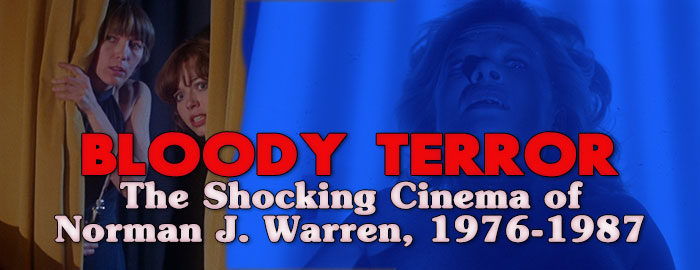
SATAN'S SLAVE
Color, 1976, 90 mins. 3 secs. / 88 mins. 10 secs.
Directed by Norman J. Warren
Starring Michael Gough, Martin Potter, Candace Glendenning, Barbara Kellerman, Michael Craze
Indicator (Blu-ray) (UK R0 HD), Vinegar Syndrome (Blu-ray & DVD) (US R0 HD/NTSC), Scorpion Releasing, BCI (US R0 NTSC), Mill Creek (US R0 NTSC), Anchor Bay (UK R0 PAL) / WS (2.35:1) (16:9), Rhino (US R1 NTSC)
PREY
Color, 1977, 85 mins. 13 secs. / 77 mins. 44 secs.
Directed by Norman J. Warren
Starring Barry Stokes, Sally Faulkner, Glory Annen, Eddie Stacey, Jerry Crampton
Indicator (Blu-ray) (UK R0 HD), Vinegar Syndrome (Blu-ray & DVD) (US R0 HD/NTSC) / WS (1.66:1) (16:9), Anchor Bay (DVD) (UK R0 PAL), Image, Redemption (DVD) (US R1 NTSC)
TERROR
Color, 1978, 84 mins. 32 secs.
Directed by Norman J. Warren
Starring John Nolan, Carolyn Courage, James Aubrey, Sarah Keller, Mary Maude, Elaine Ives-Cameron, Tricia Walsh
Indicator (Blu-ray) (UK R0 HD), Vinegar Syndrome (Blu-ray & DVD) (US R0 HD/NTSC), Scorpion (US R0 NTSC),
BCI (US R1 NTSC), Anchor Bay (UK R0 PAL) / WS (1.78:1) (16:9), Rhino (US R1 NTSC)
INSEMINOID
Color, 1981, 91 mins. 55 secs.
Directed by Norman J. Warren
Starring Robin Clarke, Jennifer Ashley, Judy Geeson, Stephanie Beacham, Steven Grives, Barry Houghton, Rosalind Lloyd, Victoria Tennant
Indicator (Blu-ray) (UK R0 HD), Anchor Bay (DVD) (UK R0 PAL) / WS (2.35:1) (16:9), Elite Entertainment (DVD) (US R1 NTSC) / WS (2.35:1)
BLOODY NEW YEAR
Color, 1987, 93 mins. 56 secs. / 89 mins. 47 secs.
Directed by Norman J. Warren
Starring Suzy Aitchison, Nikki Brooks, Daniel James, Colin Heywood, Mark Powley, Catherine Roman, Julian Ronnie
Indicator (Blu-ray) (UK R0 HD), Vinegar Syndrome (Blu-ray & DVD) (US R0 HD/NTSC)) / WS (1.85:1) (16:9), Image Entertainment (DVD) (US R1 NTSC)
Best 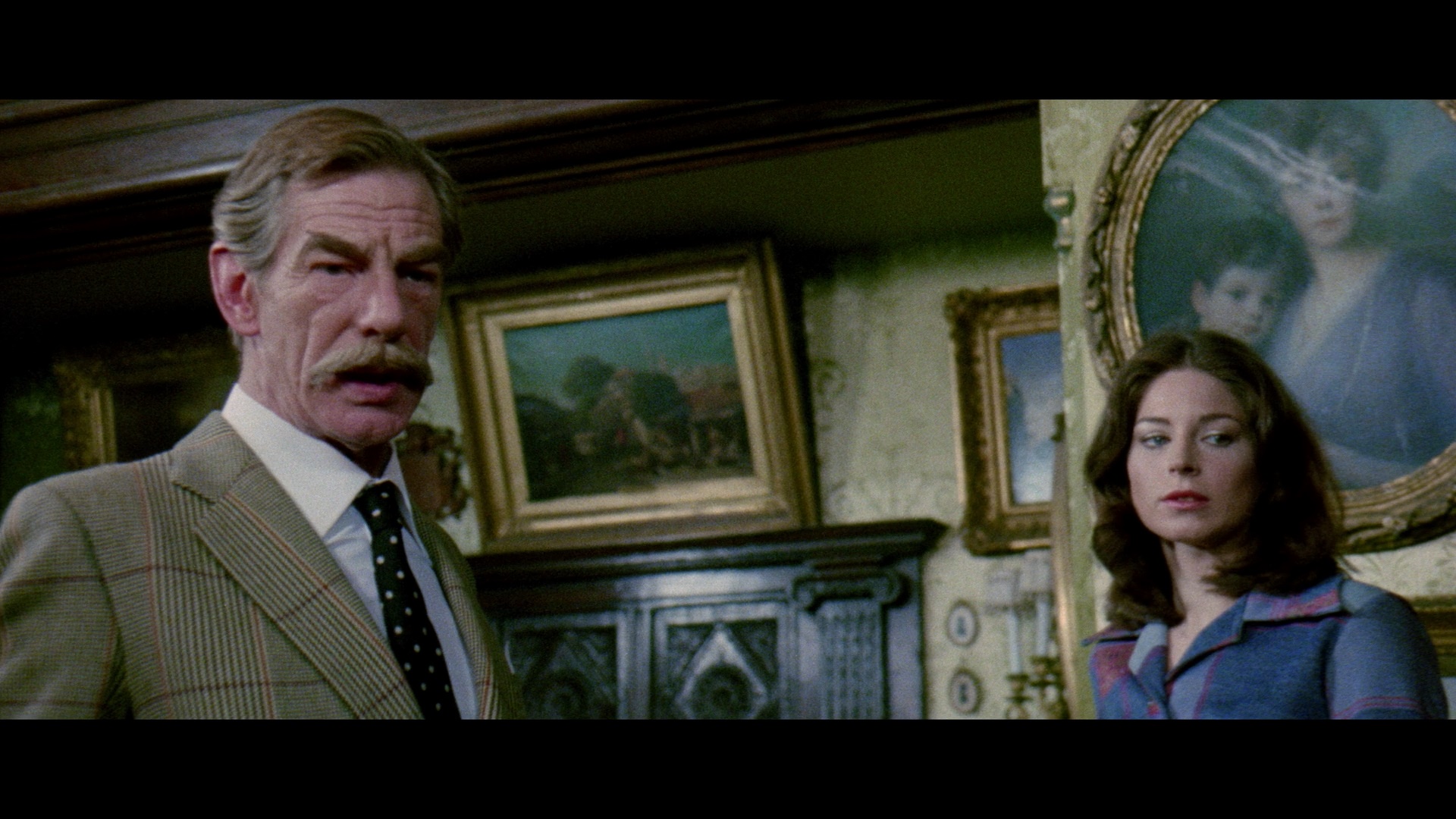
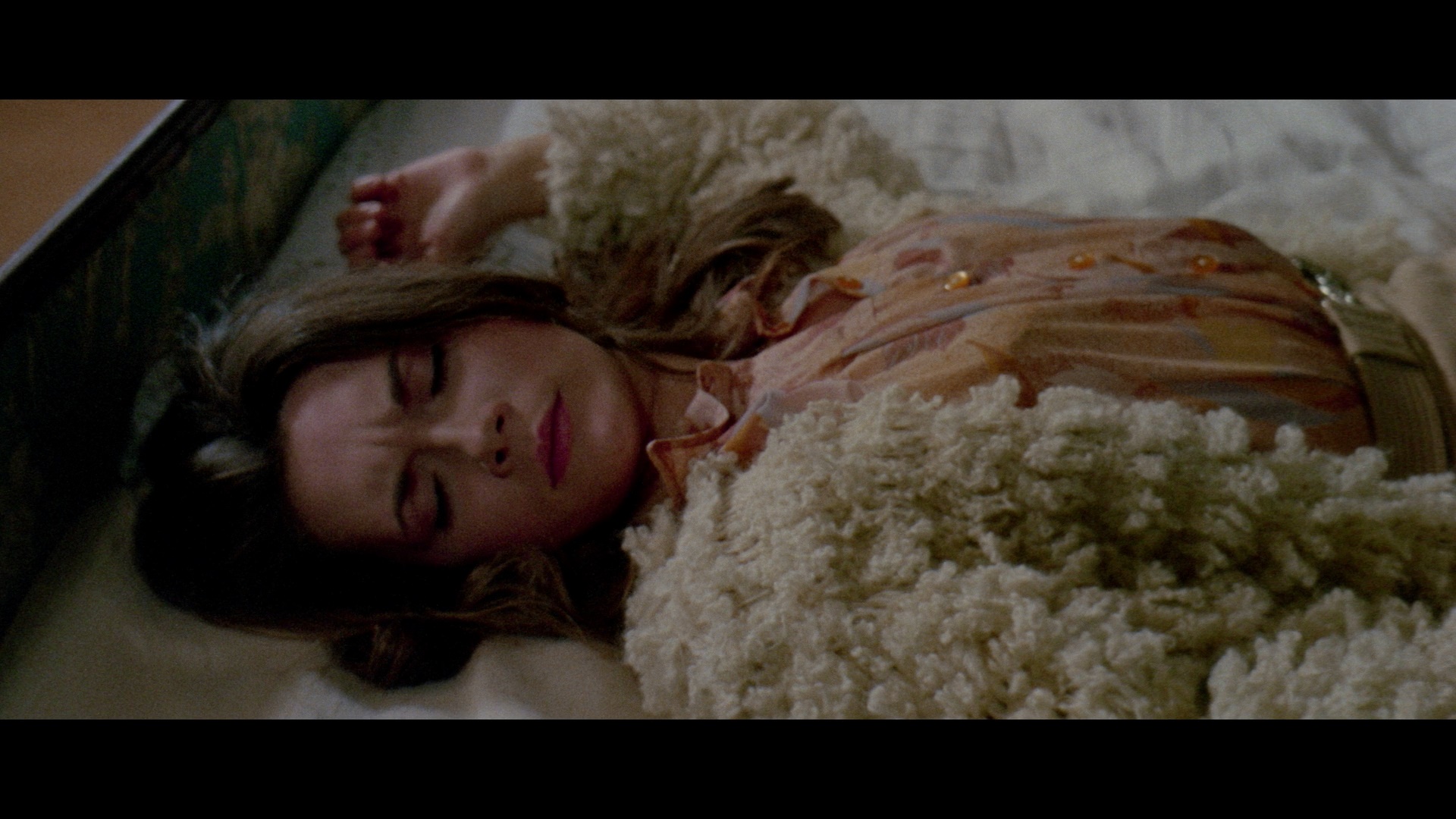 remembered today for his five horror films made during a 12-year period starting in the mid-'70s, British exploitation director Norman J. Warren originally cut his teeth on boundary-pushing sexy titles in the late '60s like Her Private Hell and Loving Feeling. His genre outings became reliable go-to titles on both the large and small screens, with numerous video reissues over the years escalating in scale to full-fledged mammoth editions in recent years including a quartet of stacked U.S. editions from Vinegar Syndrome throughout 2018 and 2019. Easily taking things to an even higher level is a 2019 U.K. limited edition box from Indicator, Bloody Terror: The Shocking Cinema of Norman J. Warren, 1976-1987, which compiles his five most infamous shockers with a bounty of extras both old and new.
remembered today for his five horror films made during a 12-year period starting in the mid-'70s, British exploitation director Norman J. Warren originally cut his teeth on boundary-pushing sexy titles in the late '60s like Her Private Hell and Loving Feeling. His genre outings became reliable go-to titles on both the large and small screens, with numerous video reissues over the years escalating in scale to full-fledged mammoth editions in recent years including a quartet of stacked U.S. editions from Vinegar Syndrome throughout 2018 and 2019. Easily taking things to an even higher level is a 2019 U.K. limited edition box from Indicator, Bloody Terror: The Shocking Cinema of Norman J. Warren, 1976-1987, which compiles his five most infamous shockers with a bounty of extras both old and new.
Warren's background still lingers in his first official horror outing, 1976's Satan's Slave, which queasily combines heavy doses of sex and gore with the occult fad sweeping through genre cinema since the success of Rosemary's Baby. Like Warren's subsequent terror titles, it's pretty shaggy an and has incredibly odd pacing, but there's certainly no forgetting some of its more extreme highlights or its potent atmosphere of melancholy evil. At a remote English estate, the Yorke family is having some issues. Handsome Stephen (Potter, the brief "it boy" star of Fellini Satyricon and Goodbye Gemini) gets his jollies sexually terrorizing women with scissors and committing the odd murder or two, while his dad Alexander (Gough, Horrors of the Black Museum), seems to be more than slightly connected to the discreet satanic rituals being held around the property. When Stephen's cousin Catherine (Tower of Evil's Glendenning) comes to visit, her parents die in a car crash upon arrival, leaving her in the hands of her suspicious relatives. While she recuperates and wanders around, she's soon subjected to wild visions involving witch persecutions and nasty priests, all connected to the gravestone of an ancestor named Camilla. The supernatural shenanigans continue when her boyfriend bloodily offs himself from a rooftop and Stephen develops too keen a carnal interest in his cousin, setting the stage for a devilish final showdown.
Savaged by UK censors, Satan's Slave took almost three years to cross the ocean to America where it was unleashed in longer form by Crown International, making it by default one of the company's best releases. The film was shot in Techniscope, something of a rarity for a British horror film of the period as this was used for more often for spaghetti westerns; the process is definitely rougher-looking than its glossier cousins like Panavision, giving the film a weird and gritty ambiance you simply don't see anymore. As usual, Gough (and his co-starring mustache) is a joy to watch, especially when he gets to let loose in the final half hour, and Glendenning makes for an appealing and attractive scream queen, even more or 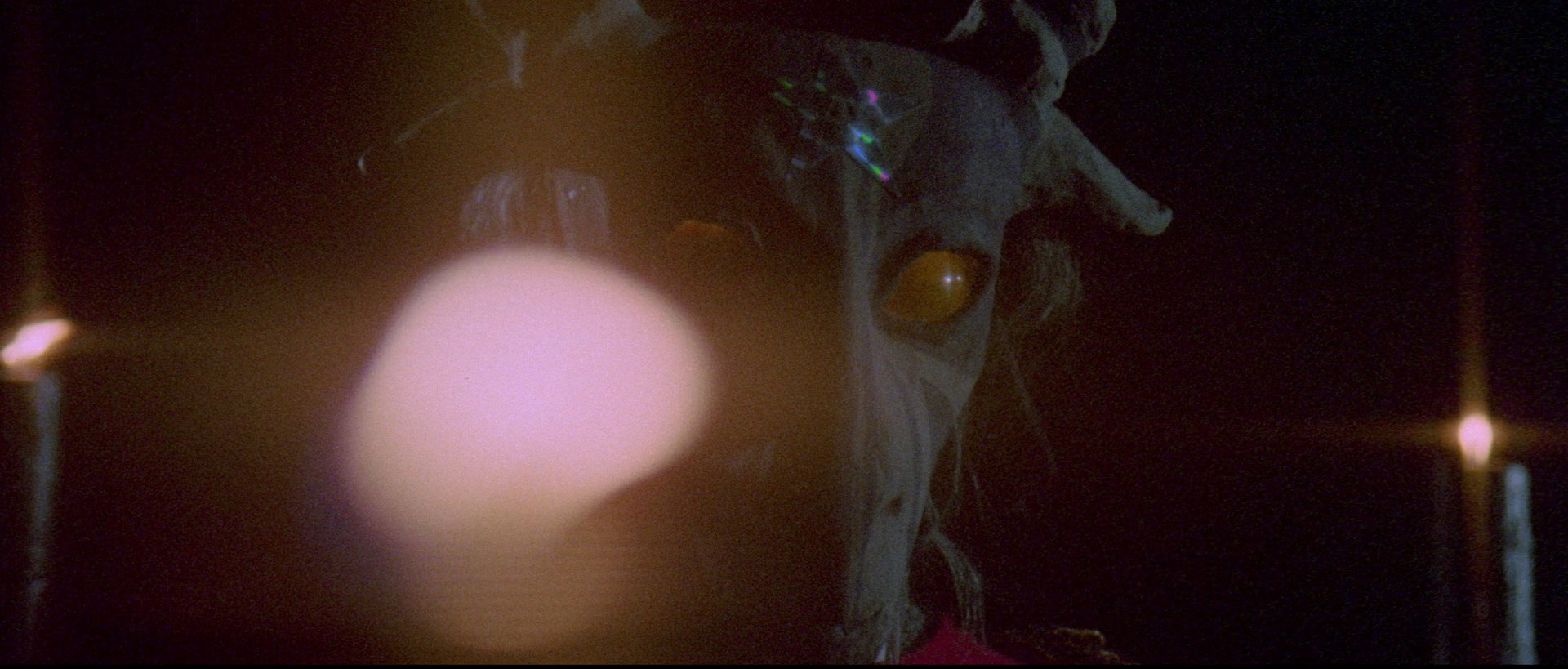 less pulling off the
less pulling off the 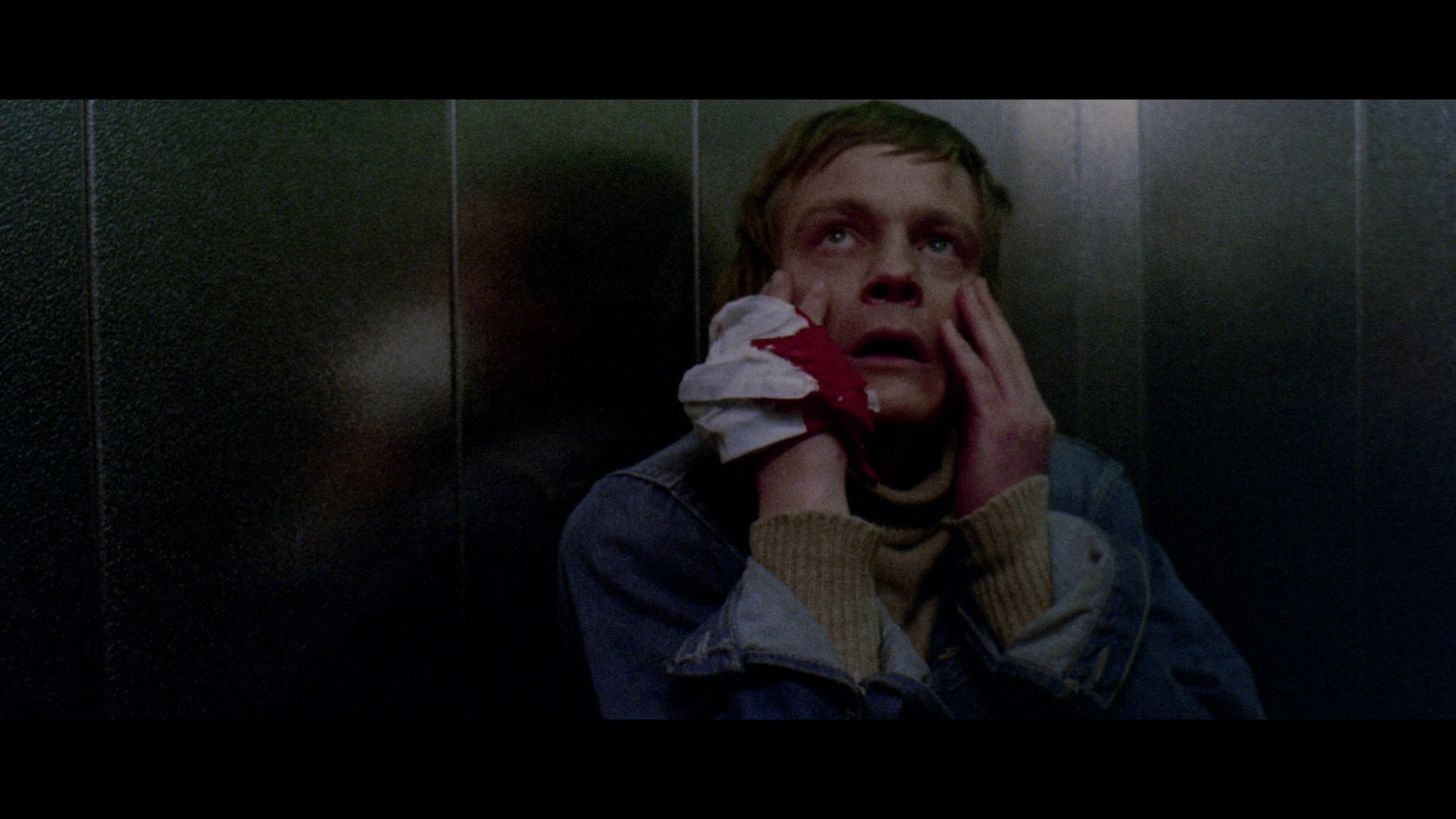 unlikely twist ending pretty well. Also noteworthy is the eerie score by John Scott, who worked on Warren's previous films and would go on to some mainstream recognition for Greystoke and The Final Countdown. The film is also significant in British horror history as a transitional title for screenwriter David McGillivray, who had penned an excellent quartet of films for cult director Pete Walker. His teaming with Warren is certainly a different beast, and their subsequent collaboration on Terror indicates an increasing desire to pull out all the stops at any cost -- which was starting to show with Schizo, but it really goes out of control here. Incidentally, he also appears in the flashbacks as a priest.
unlikely twist ending pretty well. Also noteworthy is the eerie score by John Scott, who worked on Warren's previous films and would go on to some mainstream recognition for Greystoke and The Final Countdown. The film is also significant in British horror history as a transitional title for screenwriter David McGillivray, who had penned an excellent quartet of films for cult director Pete Walker. His teaming with Warren is certainly a different beast, and their subsequent collaboration on Terror indicates an increasing desire to pull out all the stops at any cost -- which was starting to show with Schizo, but it really goes out of control here. Incidentally, he also appears in the flashbacks as a priest.
As mentioned above, the initial U.K. prints and home video versions of Satan's Slave were heavily compromised, losing many snippets of nudity and gore (including much of the astounding nail file scene during the climax). The closest thing to a director's cut and the longest version for several years came with the initial American DVD licensed from Crown to Rhino in the first part of their 2004 Horrible Horrors series, a condescendingly-titled collection that nevertheless found the film packed with a motley crew including The Hearse, Horror High (that cut TV print), Point of Terror, Lurkers, and Fleshburn. This edition was fullscreen and looked atrocious, but at least it contained the pretty shocking extended Japanese version of the early scissor sequence, which is still strong stuff in its complete form. The same year saw the longest British release of the film to that time as part of the five-disc Norman J. Warren Collection from the UK branch of Anchor Bay, with an attractive anamorphic transfer correctly framed at 2.35:1. Warren's preferred softer alternate take of the scissor torture scene was the only option here, bu it's a good presentation overall and features a very lively, informative commentary with both Warren and McGillivray, who aren't afraid to crack a few jokes at their own expense. This disc also features some worthwhile video extras, but more on those in a moment. As usual, it also featured one of those 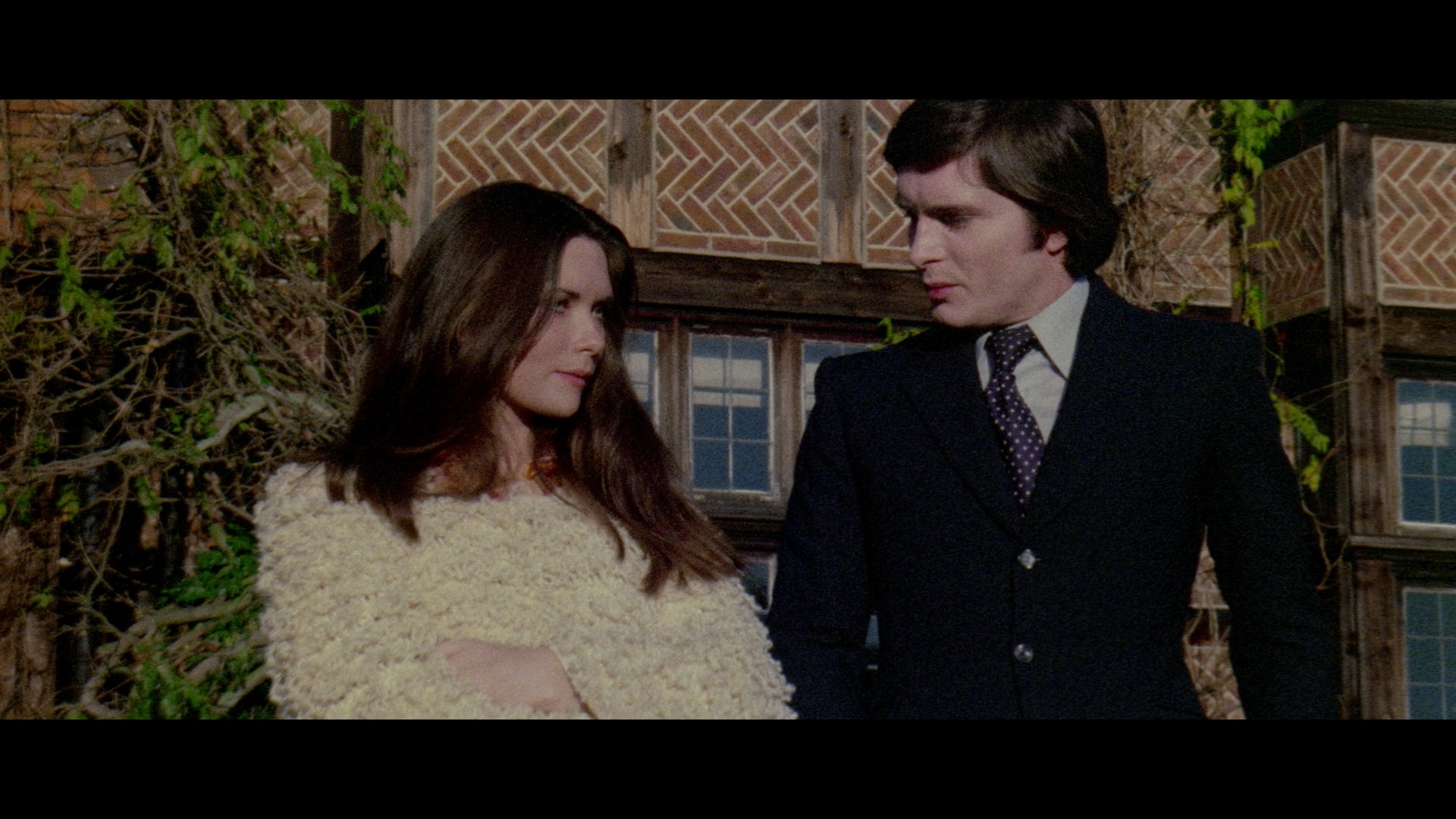 terrible, fake 5.1 mixes the company seemed so fond of at the time, basically shoving random dialogue and sound effects around to all the speakers with a lot of reverb thrown in.
terrible, fake 5.1 mixes the company seemed so fond of at the time, basically shoving random dialogue and sound effects around to all the speakers with a lot of reverb thrown in.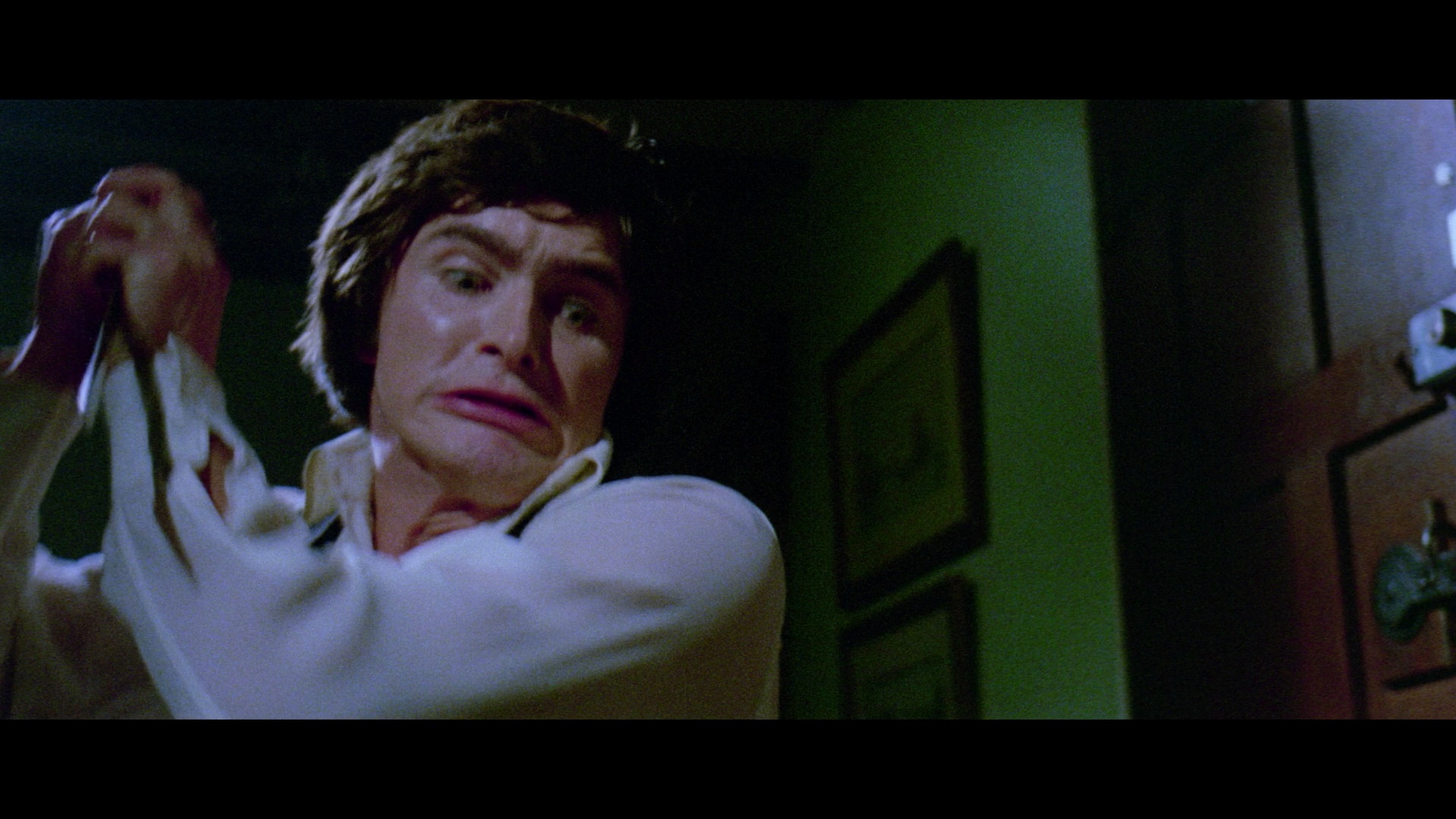
It looked like the U.S. might finally get a decent version of the film in 2008 when BCI began licensing Crown titles for remastered editions, and while their double-feature DVD paired up with Terror seemed promising and was indeed the first scope edition on American home video, it was the hopelessly savaged initial British cinema cut with almost every highlight missing in action. The source print also looked like it had been dragged behind a truck for ten miles, which didn't exactly help matters either. Unfortunately that also proved to be the case with the film's subsequent reissue as part of a bargain-priced Gorehouse Greats Collection in 2010 from Mill Creek, another compressed and iffy pack of 12 random Crown titles.
Next came the 2012 edition from Scorpion Releasing, which automatically bested its predecessors simply for being the first full-strength version ever released in the original aspect ratio anywhere in the world. The transfer looks pretty close to the Anchor Bay one, i.e., correctly framed, clean film source, and reasonable color timing that's a bit darker here; it's definitely light years ahead of the previous BCI one by a long shot. All of the footage from various versions around the world appears to be intact here, and it even features an absolutely awesome vintage Brent Walker opening logo that has to be seen to be believed. Apart from dropping the audio commentary, the U.K. video extras have been carried over here and then some. "All You Need Is Blood" (13m14s), a featurette created during filming, is a fun promo piece about the making of the film, including behind-the-scenes footage of ritual sequences, Gough hanging out in the woods, creation of the copious fake blood, and staging that crazy suicide scene. "Devilish Music" (12m34s) features Scott at a piano talking about the "strange music we could probably never do again" for the film and even doing a demo on the keyboard. "Creating Satan" (29m51s) is the beefiest of the bunch, with Warren, McGillivray, Potter, producer Les Young, production designer Hayden Pearce, associate producer Moira 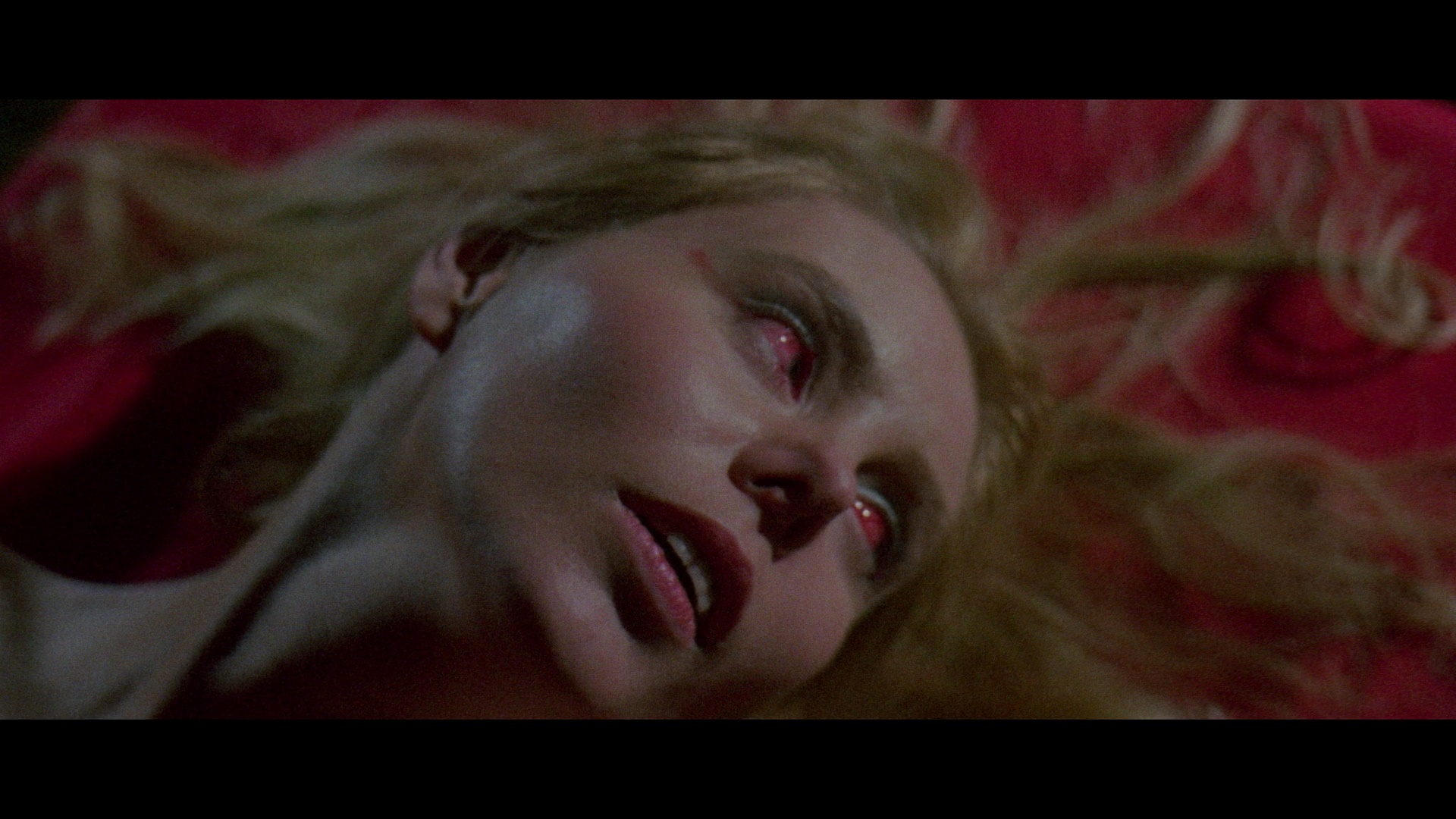 Young, and distributor salesman Ken Dowling talking about getting Gough for the film, finding girls able to do the demanding ritual scenes, following this film hot on the heels from the same distributor as Thriller: A Cruel Picture, and
Young, and distributor salesman Ken Dowling talking about getting Gough for the film, finding girls able to do the demanding ritual scenes, following this film hot on the heels from the same distributor as Thriller: A Cruel Picture, and 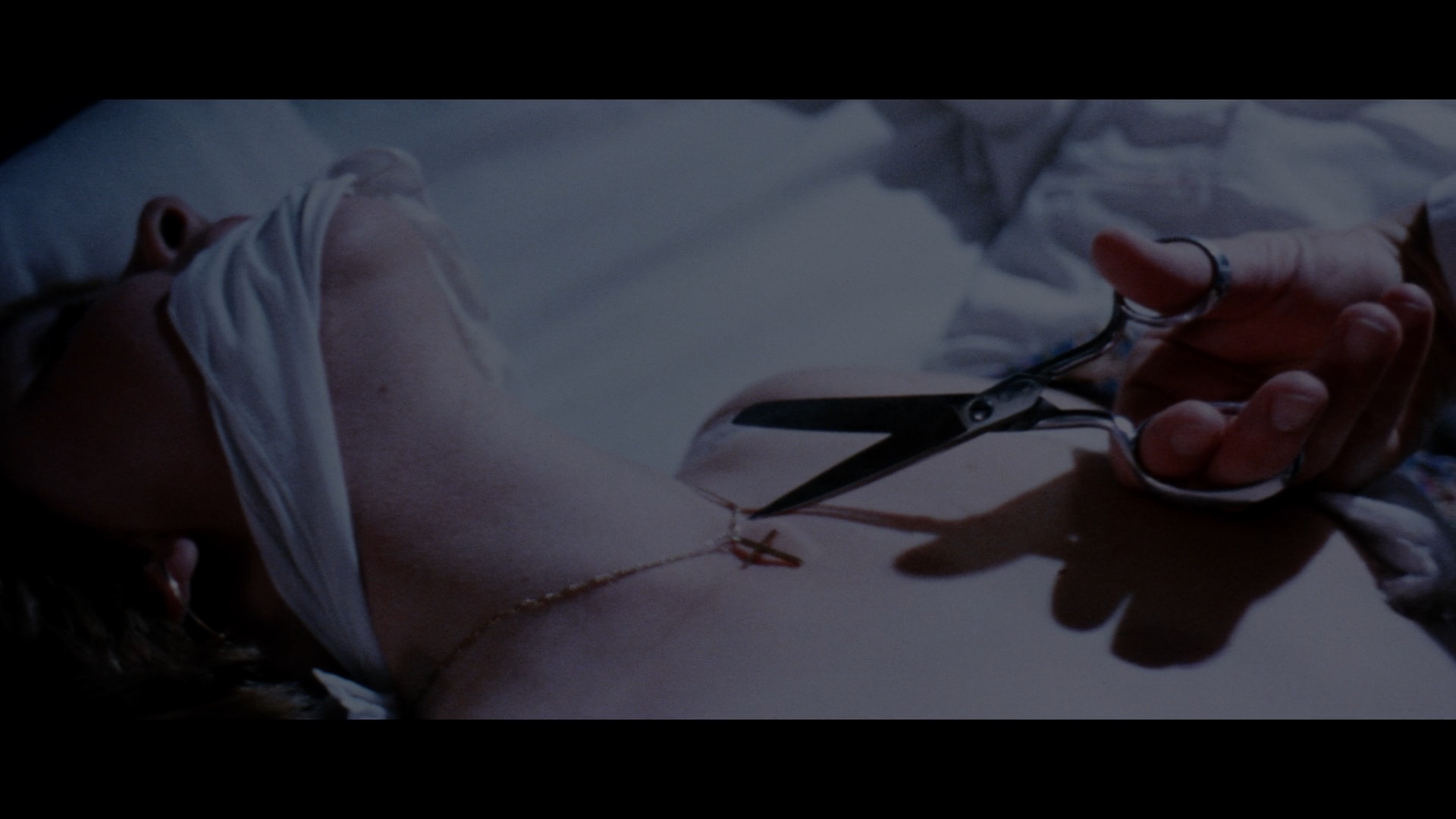 how it was paired up in theaters with Curtis Harrington's Ruby. You also get three minutes of B&W deleted scenes from the workprint (two scenes, both inessential - a tea party and an alternate dream sequence), with no audio but filled in with some commentary and music tracks. The disc is rounded out with the earlier B&W Warren short film "Fragment" (10m4s), a loose and jazzy little piece previously available on the BFI release of Her Private Hell, along with the theatrical trailer and bonus trailers for Terror and Death Ship. The film is packaged as part of Katarina's Nightmare Theater, with hostess Katarina Leigh Waters proferring plenty of facts about the film against grisly backdrops of scene highlights. As usual these wraparounds are optional when you choose to play the film, but given the trivia value and amusing nature of the sexy satanic setting, there's no rational reason to pass them up.
how it was paired up in theaters with Curtis Harrington's Ruby. You also get three minutes of B&W deleted scenes from the workprint (two scenes, both inessential - a tea party and an alternate dream sequence), with no audio but filled in with some commentary and music tracks. The disc is rounded out with the earlier B&W Warren short film "Fragment" (10m4s), a loose and jazzy little piece previously available on the BFI release of Her Private Hell, along with the theatrical trailer and bonus trailers for Terror and Death Ship. The film is packaged as part of Katarina's Nightmare Theater, with hostess Katarina Leigh Waters proferring plenty of facts about the film against grisly backdrops of scene highlights. As usual these wraparounds are optional when you choose to play the film, but given the trivia value and amusing nature of the sexy satanic setting, there's no rational reason to pass them up.
In 2019, Satan's Slave made its Blu-ray bow as a "Halfway to Black Friday" title from Vinegar Syndrome in a limited dual-format slipcase edition (with reversible cover art as well), featuring what's described as a new 2K scan from the 35mm camera negative. The film is completely uncut with the full scissor scene, and it looks darker, richer, and much more foreboding here than earlier transfers. Interestingly, this edition features a different, much more traditional Brent Walker logo at the beginning. The DTS-HD MA English mono audio is also quite robust and in very clean shape, with optional English SDH subtitles provided. The earlier Warren commentary is replaced here with a new one featuring him and Scott, who seem very relaxed as they take a sedate but pleasant stroll down memory lane chatting about the creation of the score, the shooting locations (with a family living in that house during filming), the commercial demands of the era, and plenty more. A second commentary with Samm Deighan and Kat Ellinger is very high in both enthusiasm and info (Ellinger cites this as her favorite British horror film) with plenty of thoughts on Warren's cinema (and its frequent critical misinterpretation and neglect), the gothic elements, the active nature of its female protagonist, and the various themes running through his work. The pertinent video extras from the earlier two special editions are carried over here -- "Creating Satan," "All You Need Is Blood" (now reconstructed in full HD and augmented with 32m42s of partially silent outtakes with music, including lots of dummy death splatter), "Devilish Music," and "Fragment" -- along with two theatrical trailers and the B&W deleted scenes with commentary.
The Indicator expands things even more by including both of the Warren commentaries together for the first time (with McGillivray and Scott), the preexisting featurettes ("All You Need Is Blood, " "Creating Satan," "Devilish Music"), the deleted scenes, and the "U" and "R"-rated U.K. trailers. However, here you get the option to watch the film in the strong "export" cut or Warren's sanctioned director's cut, which is complete but has the more restrained filming of the scissor scene. Image quality is comparable between the two (and indistinguishable from the transfer seen on the Vinegar Syndrome), but having both cuts also means you get both versions of the Brent Walker logos. As with the other films in the set, the English LPCM mono audio (with optional English subtitles) sounds great. A look at the two versions is provided in "Censoring Satan's Slave" (15m51s), which runs through the changes necessitated to the get the film onto British screens, and an extensive 57-image gallery features a hellish hodgepodge of promotional stills (some way, way more explicit than what you see in the film) and promotional art. There's also a new Warren video interview, "Before the Blood" (28m42s), about his path to becoming a director and his early work on some fairly obscure titles like Towers on Fire before he took to plunge to making films about "young people" and ended up rubbing shoulders with the likes of Julie Christie and Michael Caine.
Warren's second terror outing and one of his strongest is Prey, a dreamy, pastoral chamber drama for three characters that happens to have some sci-fi 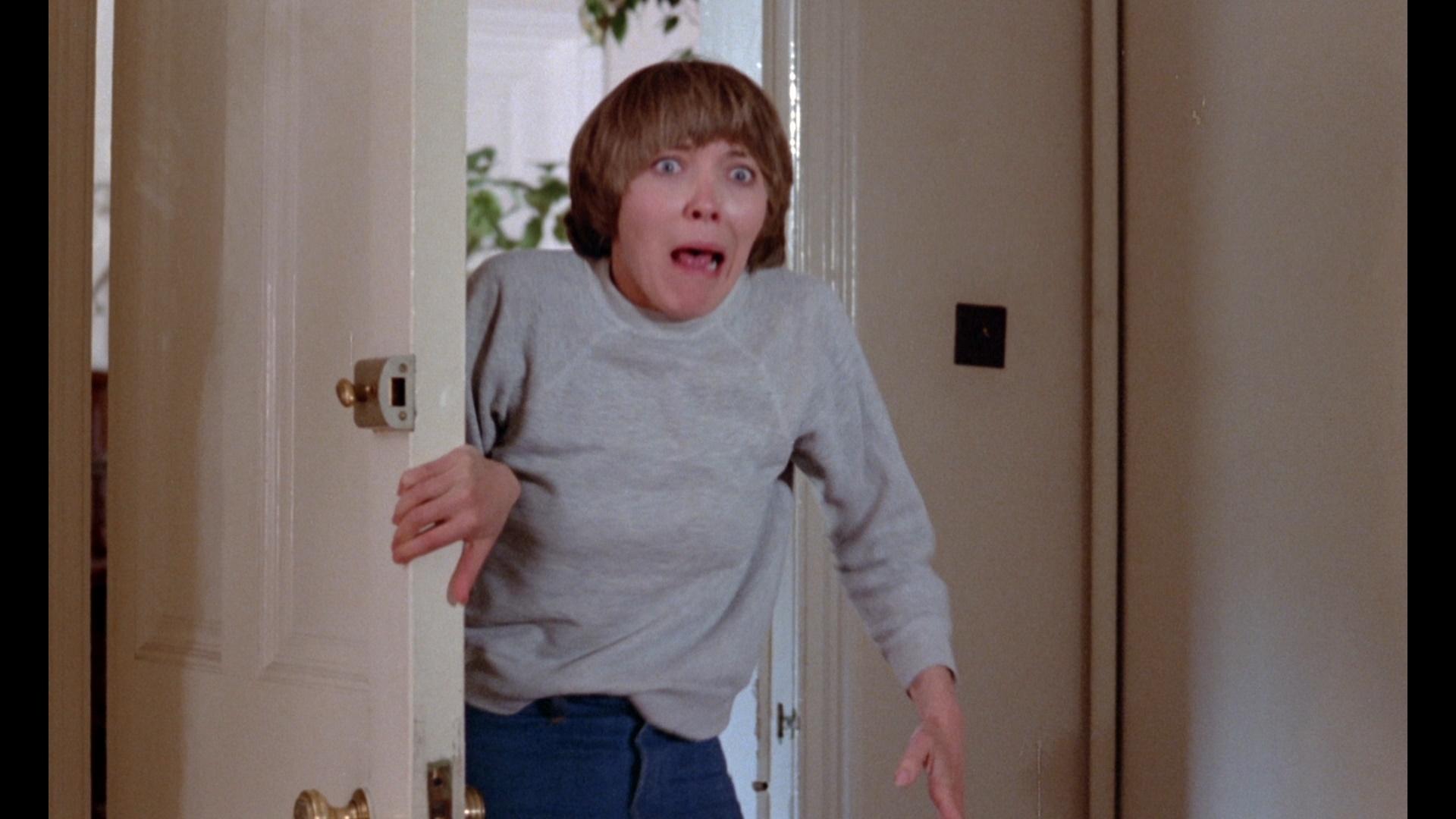 elements and ultimately turns into a bloodbath.
elements and ultimately turns into a bloodbath.  Outside a remote English village, an alien arrives at night and quickly dispatches a young couple in the vicinity. It takes on the form of the dead man and calls itself Anders (The Corruption of Chris Miller's Stokes) to infiltrate the home of Jessica (Felicity's Annen), a bisexual Canadian who's inherited the house, and her domineering lesbian lover, Josephine (Vampyres' Faulkner). Tension soon builds over Anders' refusal to eat normal food, his tendency to hunt animals on the property (which are blamed at first on a fox), and the disappearances of locals including Jessica's ex-boyfriend. Josephine becomes increasingly tense over the new arrival's influence over Jessica, which might threaten far more than the relationship between the two women.
Outside a remote English village, an alien arrives at night and quickly dispatches a young couple in the vicinity. It takes on the form of the dead man and calls itself Anders (The Corruption of Chris Miller's Stokes) to infiltrate the home of Jessica (Felicity's Annen), a bisexual Canadian who's inherited the house, and her domineering lesbian lover, Josephine (Vampyres' Faulkner). Tension soon builds over Anders' refusal to eat normal food, his tendency to hunt animals on the property (which are blamed at first on a fox), and the disappearances of locals including Jessica's ex-boyfriend. Josephine becomes increasingly tense over the new arrival's influence over Jessica, which might threaten far more than the relationship between the two women.
A surprising change of pace from the usual straightforward horror fare of the time, Prey spends much of its time simply focusing on the three characters and showing how the power dynamic constantly shifts around between them. This approach pays off most strongly when the film deals with sexual identity, especially Jessica's slippery sense of attraction and a lengthy, memorably strange sequence in which the women dress up Anders in drag for some celebratory bubbly. All three actors are quite strong in their roles, with Stokes making for a chilling, unusual threat and demonstrating once again why his career should have lasted much longer. (Among other projects, he can 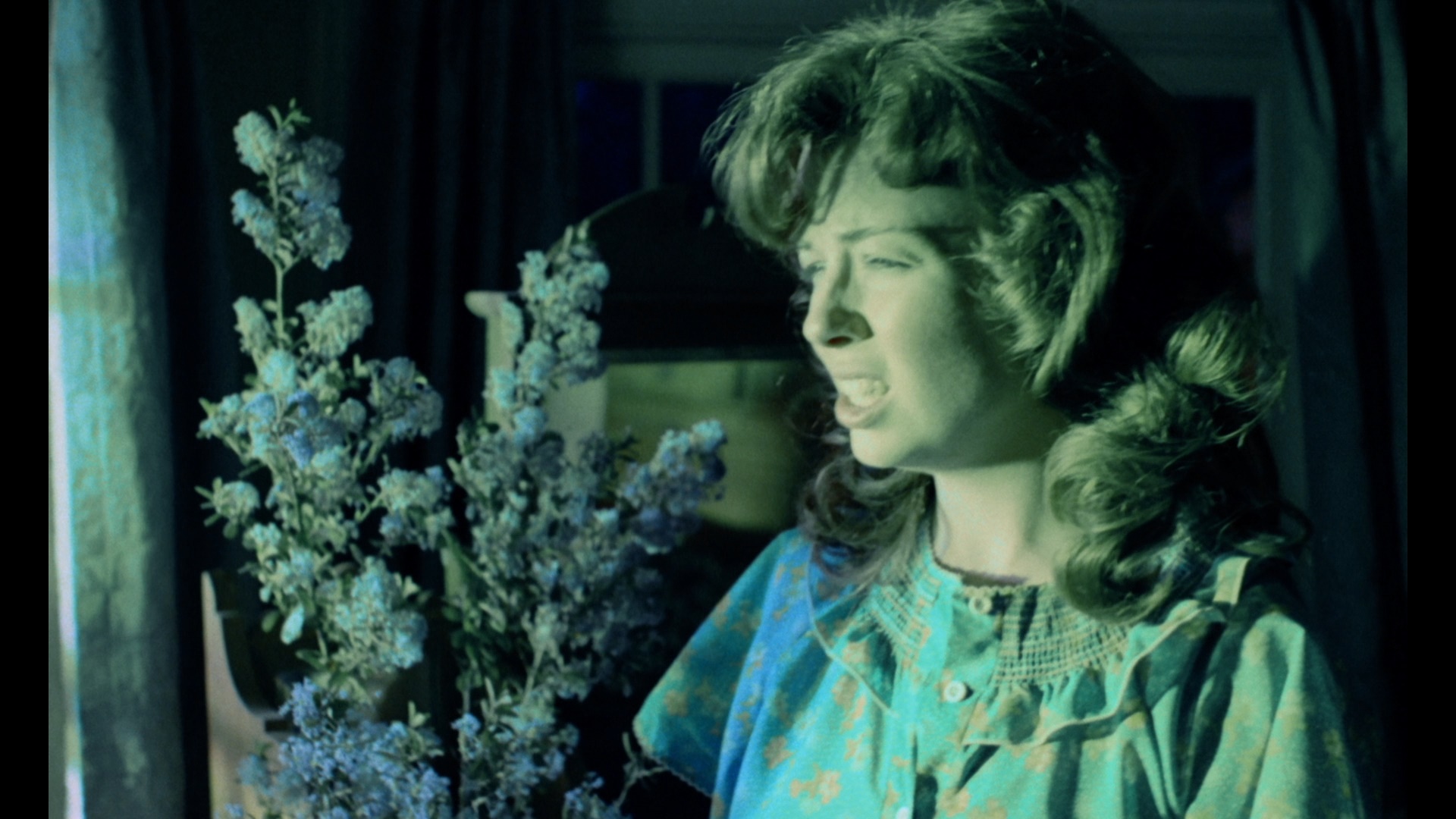 also be seen in one of the better UK '70s sex comedies, The Ups and Downs of a Handyman, and Jacques Demy's Lady Oscar.) It's not a film for all tastes, but the radical break from standard genre approaches here still makes it
also be seen in one of the better UK '70s sex comedies, The Ups and Downs of a Handyman, and Jacques Demy's Lady Oscar.) It's not a film for all tastes, but the radical break from standard genre approaches here still makes it 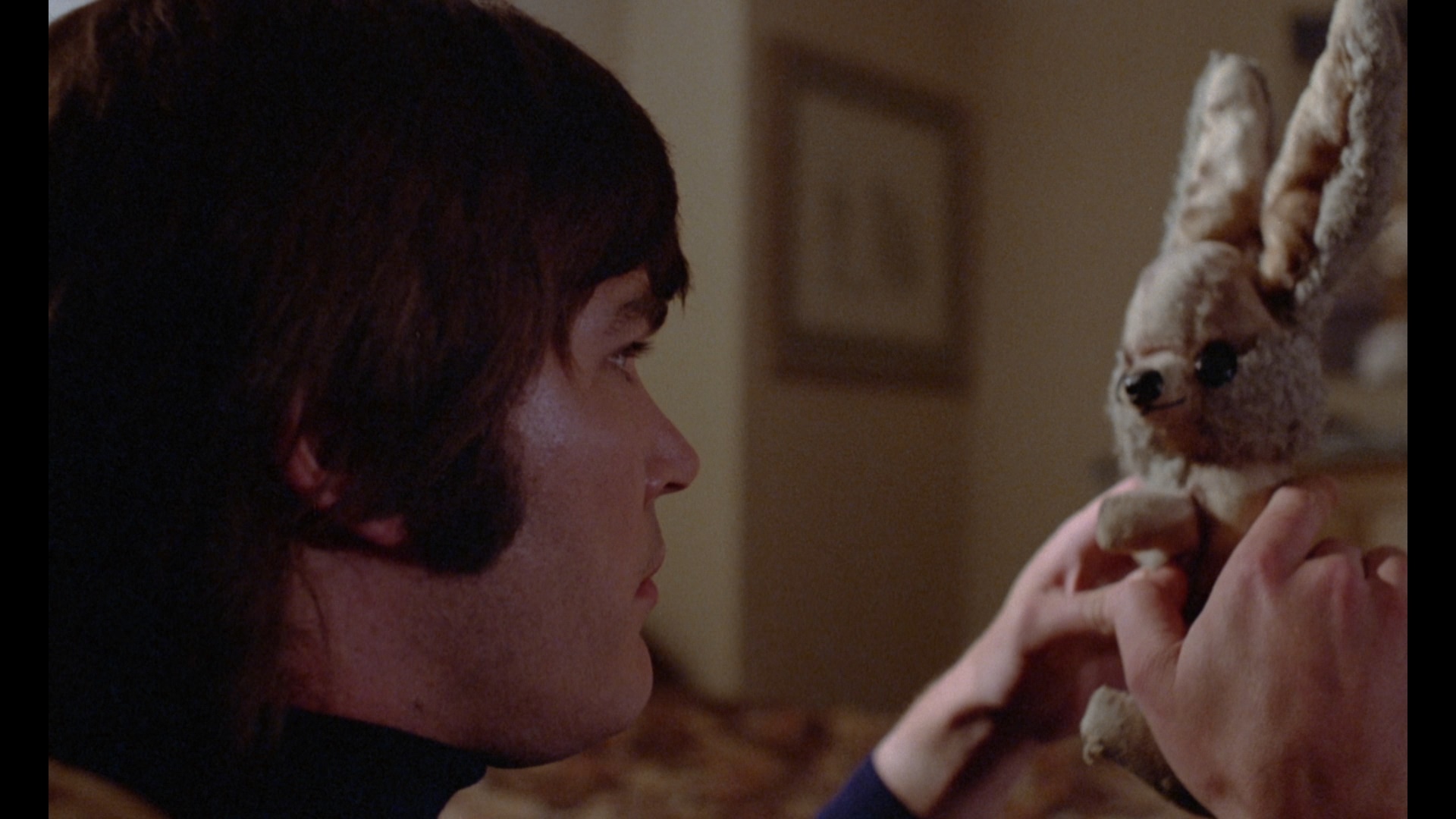 a fascinating film as well as an unexpected variation on D.H. Lawrence's controversial novella The Fox, which had been filmed a few years earlier with Sandy Dennis and Anne Heywood in roles that will seem oddly familiar after watching this film.
a fascinating film as well as an unexpected variation on D.H. Lawrence's controversial novella The Fox, which had been filmed a few years earlier with Sandy Dennis and Anne Heywood in roles that will seem oddly familiar after watching this film.
Also released as Alien Prey, this film has a bumpy history on home video with a variety of cuts in many versions. The UK VHS suffered the most, losing a few seconds from its goriest climactic scene and also dropping several minutes around the halfway point leading up to the gender-bender party. The American VHS from Comet (in an oversized box with a memorably shocking cover) had all the violence intact but was fairly difficult to find, while the subsequent Image DVD (licensed via Redemption) in 2004 had a significant 11-second trim to the big gore scene, as did the reissue from Redemption via Kino Lorber in 2009. The transfer was also quite weak and full of damage, though the disc did feature a half-hour director interview, a British trailer, and a small gallery. Norman himself was involved in the UK DVD premiere from Anchor Bay as part of that boxed set, marking its uncensored video premiere in its native country and also featuring a very informative audio commentary with Warren and Jonathan Rigby. 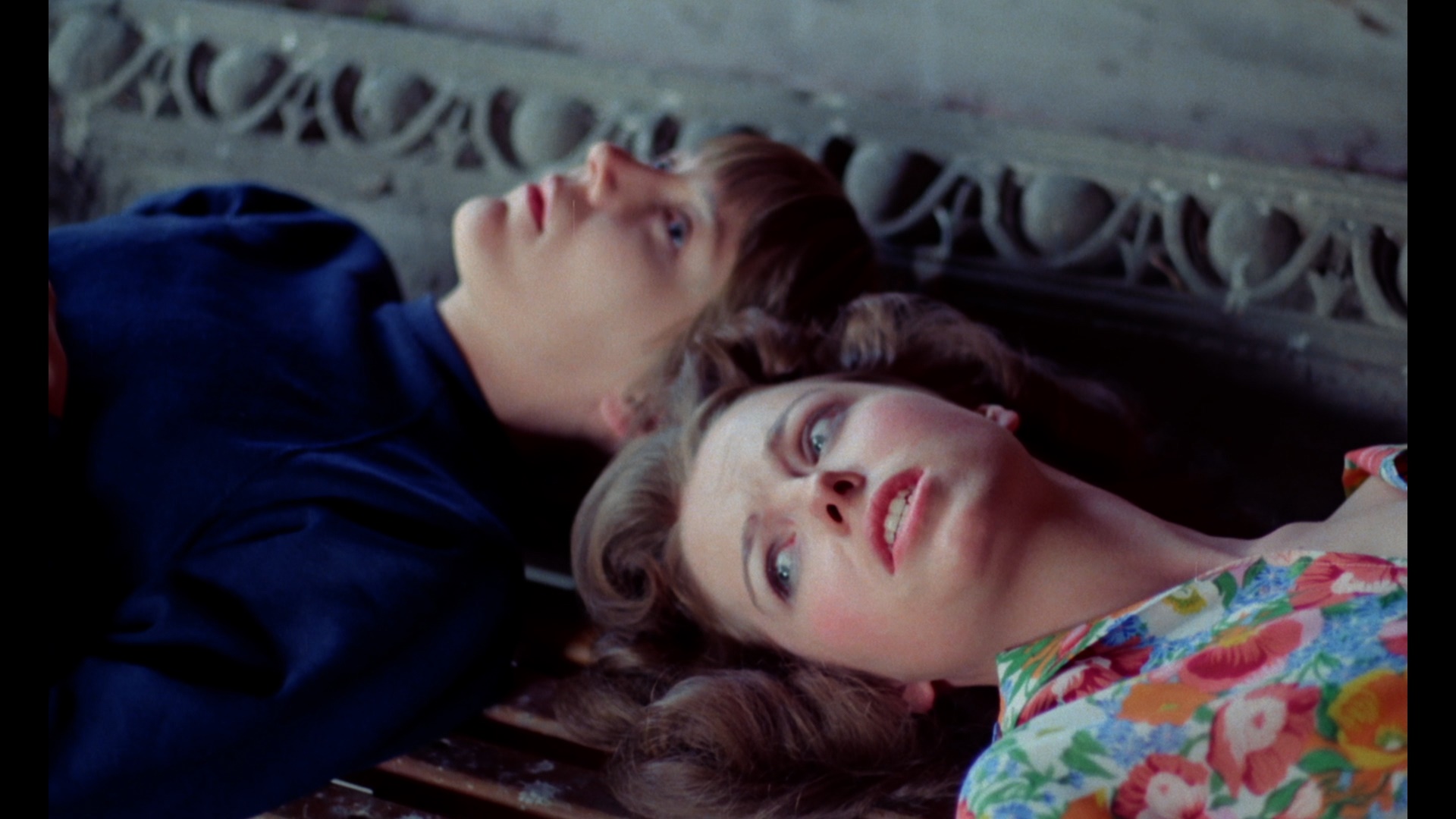 All home video versions to this point were full frame and visibly cropped, losing a substantial amount of image info on the
All home video versions to this point were full frame and visibly cropped, losing a substantial amount of image info on the 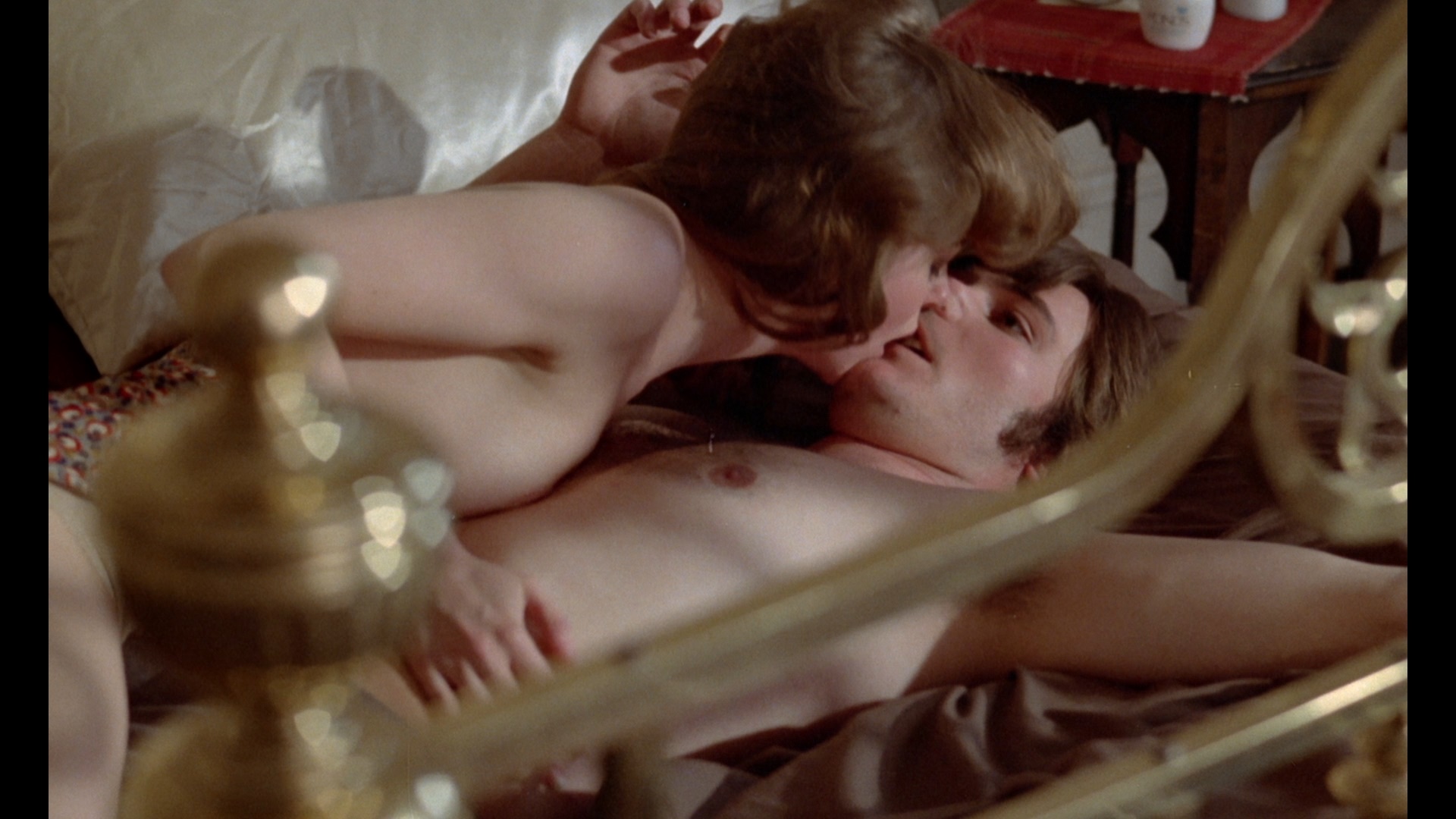 sides.
sides.
The 2018 dual-format Blu-ray and DVD release from Vinegar Syndrome marked only the second Warren film to come out in HD at the time (and the first horror title), though it obviously wasn't the last. The 1.66:1 framing is a huge plus here as it finally restores the full width of the compositions, making much more artistic sense and removing much of the ratty, claustrophobic feeling of the other cropped releases. It's also completely uncut thanks to being transferred from the original negative without the damage and missing frames from the Image release, and the colors look healthier here than ever before. The DTS-HD MA English mono track sounds excellent, with optional English SDH subtitles provided. The film can also be played with a new commentary featuring Warren and Faulkner (who apparently had a much better time on this film than Vampyres) with ample discussion of the locations (including Shepperton), the eventual fate of Stokes (he went off to Canada), the extreme challenge of working with animals (especially Wally the parrot), the repulsive condition of that lake, and the logistics of importing swans. In addition to the trailer, the release also features a trio of featurettes -- “Directing the Prey” (21m57s) with Warren, “Becoming the Prey” (13m56s) with Faulkner, and “Producing the Prey” (7m17s) with producer Terry Marcel. All of these expound on topics from the commentary while touching on everything from a planned but unproduced sequel to the UK Pink Panther films just before this to the unusual nature of lesbian screen couples at the time. There's also more detail about the difficulty of wrangling enough equipment and money as well as keeping up with a script that was being 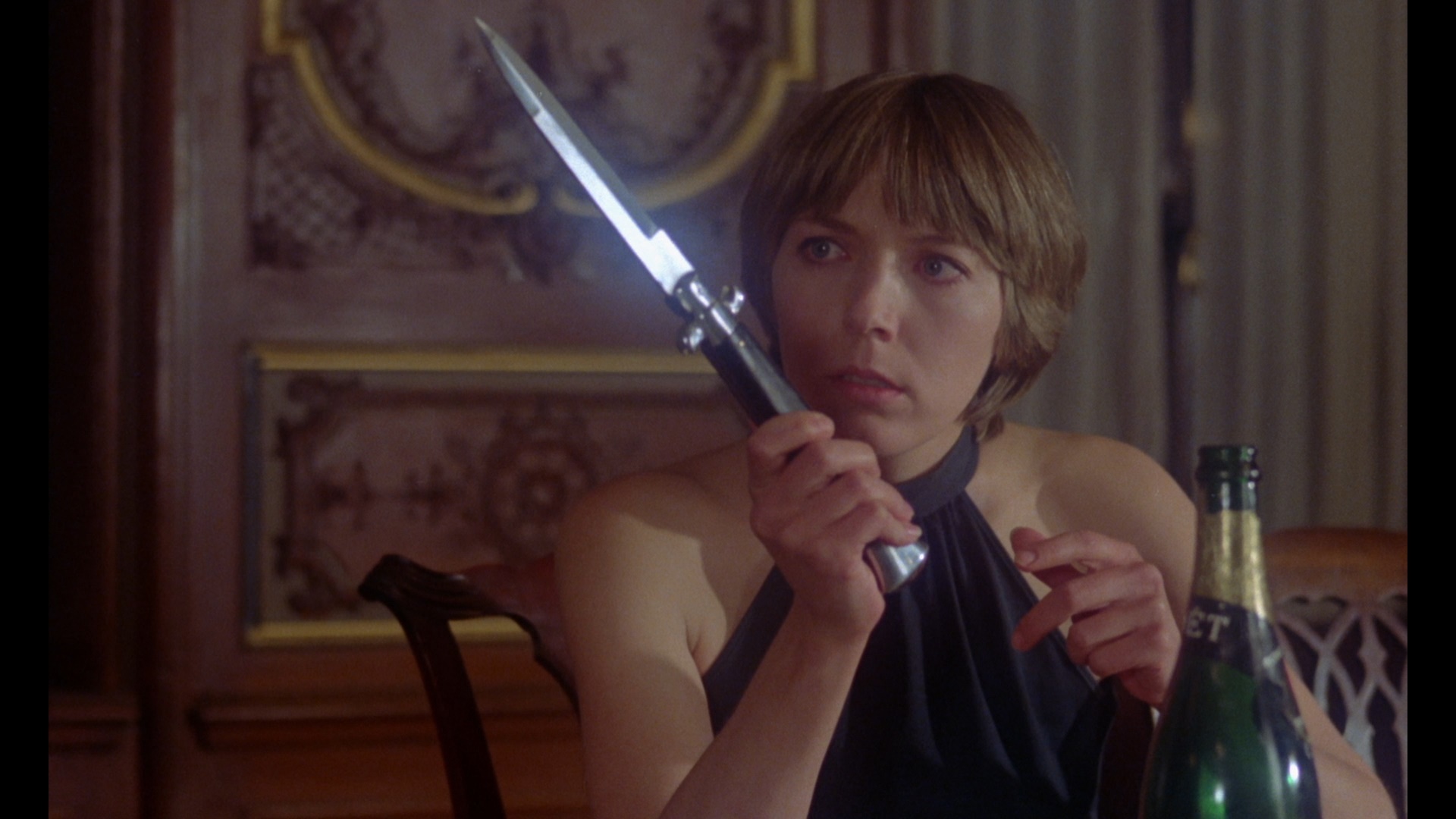 rewritten as it went along but turned out as a memorably perverse and atmospheric piece of work in the end.
rewritten as it went along but turned out as a memorably perverse and atmospheric piece of work in the end.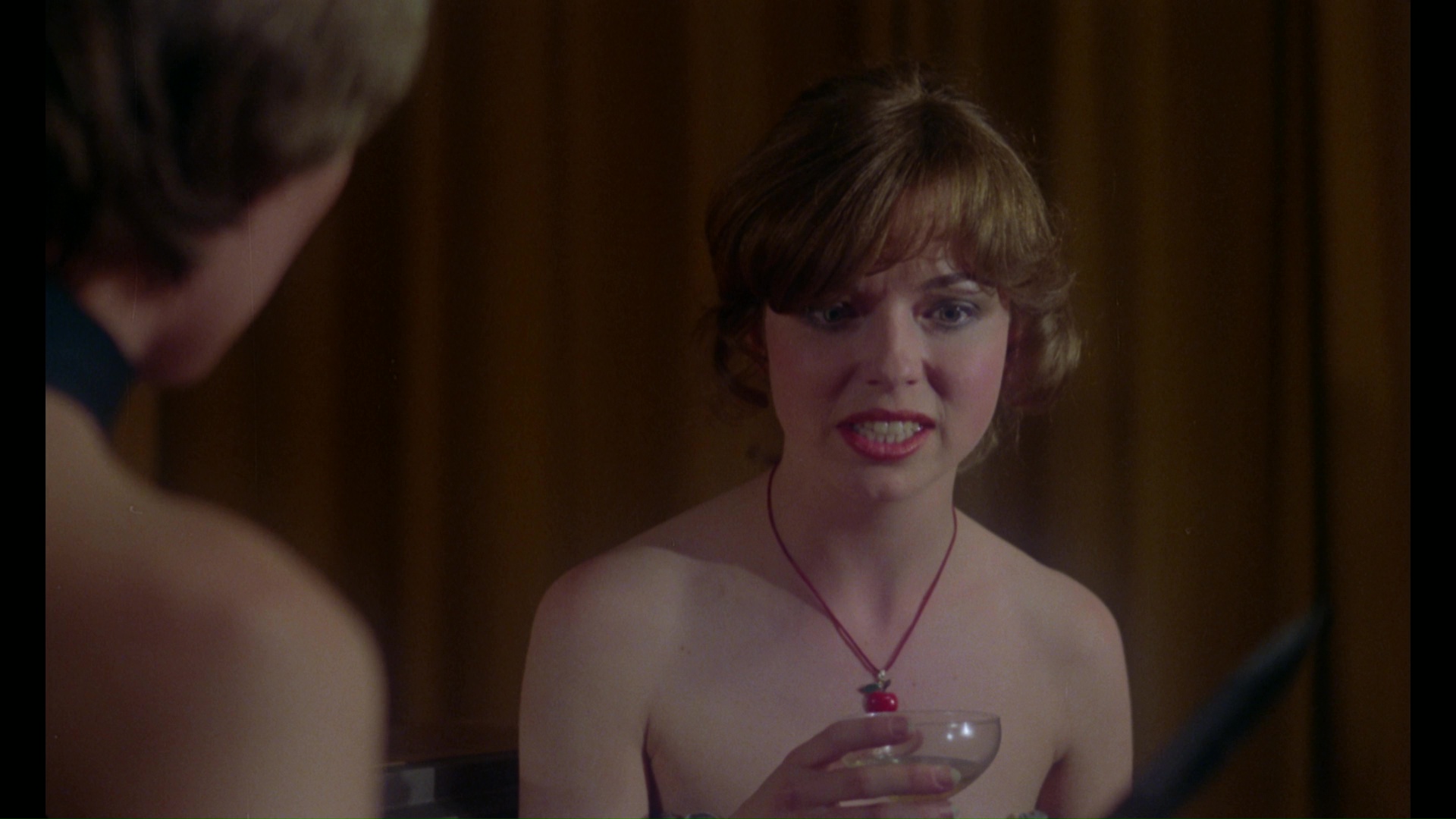
The Indicator release marks the film's second Blu-ray appearance and this time features no overlap at all in terms of extras apart from the trailer. The Warren-Rigby commentary comes back into circulation here for the first time in many years, and a new Warren video interview can be found in part one of the British Entertainment History Project (60m17s) with Warren by Martin Sheffield in 2018. Encompassing his work up through 1975, it's an extensive, very detailed account of Warren's life from childhood through his amateur films, his work up the industry ladder to becoming an editor and creator of commercials, his work on Her Private Hell, and his memories of many entertainment heavyweights from the era. The vintage "Keep on Running" (27m32s) is also brought back from the Anchor Bay release with Warren, Faulkner, Marcel, and a returning Pearce chatting about the making of the film, though the sound isn't the greatest. A little bit of raw production footage (2m21s) features Warren chatting over preparations for the bizarre cross-dressing dinner scene, and an image gallery features 55 images of stills and international theatrical and video art. That's not all though; Warren's early B&W short film, "The Bridge" (6m52s), is an interesting and ambitious little DIY war film set in 1942 France and made when he was 20 (with his dad starring), and it comes with optional Warren commentary and a bit of making-of footage (1m31s) with Warren returning for commentary duty. Then comes a batch of test footage for the unrealized film Carol (2m53s), again with Warren commentary, followed by another short, the Richard Lester-esque slapstick short "Drinkin' Time", complete with optional Warren video intro (3m22s). Finally comes "Whipper Snappers" (3m59s), with Warren chatting about the background and creation of a kid's toy TV commercial he made around the same time. Image-wise this one, like its companions in the Indicator set, is touted as a 2K restoration approved by Warren; it appears to be derived from the same scan but is darker, richer, and more intensely colorful, though (as with Terror below), it features a bit less image info on the sides. (ADDITION: The release has been slightly delayed to open the framing to match that on the U.S. editions. More details forthcoming.)
The  out of control witch romp Terror may
out of control witch romp Terror may 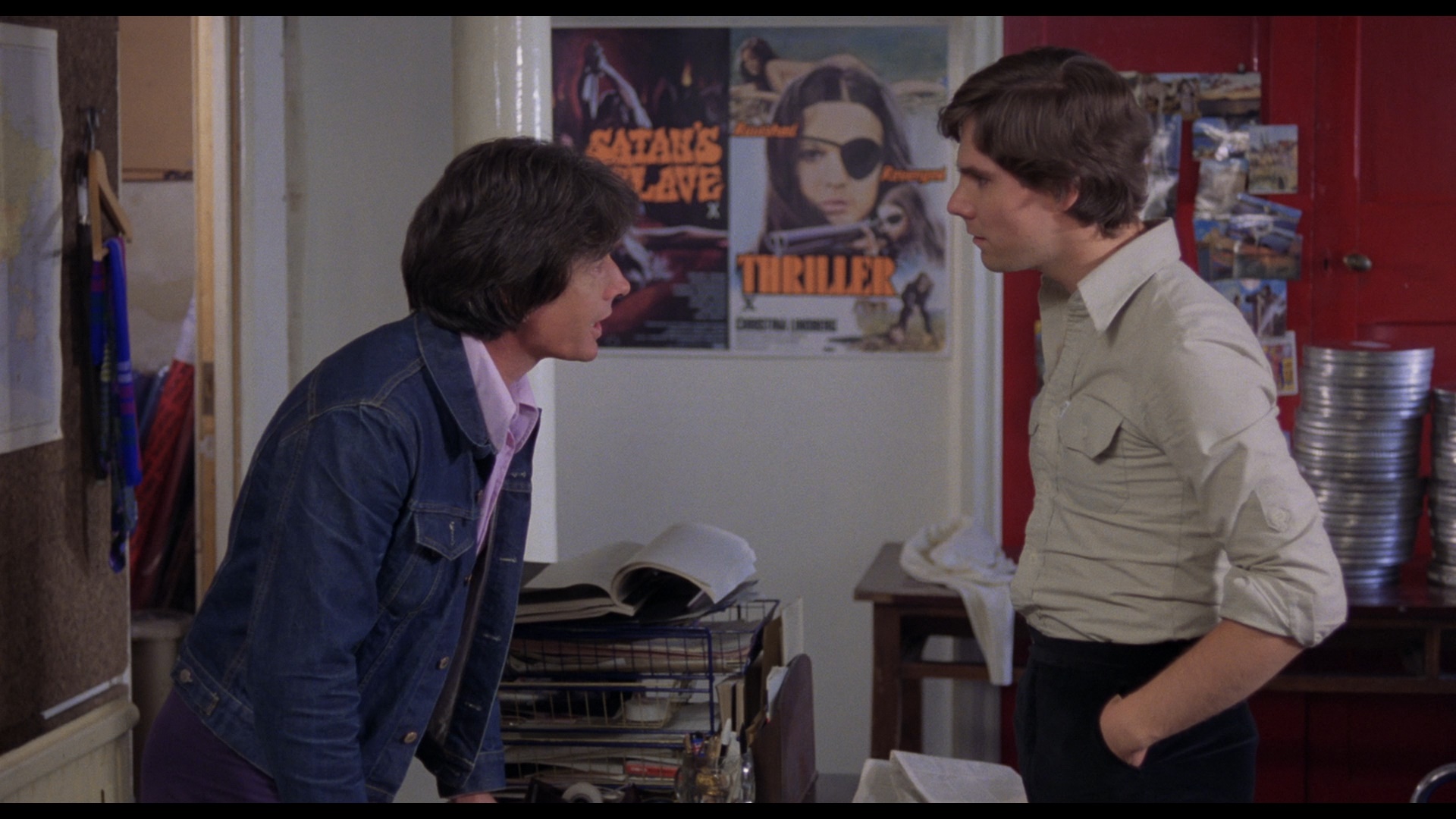 hold the record for the highest number of video reissues for a British horror film, automatically making it one of the most widely seen films directed by Norman J. Warren (Satan's Slave). Essentially a string of barely connected horror scenes, it's also notable for being written by frequent Pete Walker scribe David McGillivray, who went through a more difficult process than usual bringing life to a project that also went through such titles as Blood Bath and Damnation on the way to completion.
hold the record for the highest number of video reissues for a British horror film, automatically making it one of the most widely seen films directed by Norman J. Warren (Satan's Slave). Essentially a string of barely connected horror scenes, it's also notable for being written by frequent Pete Walker scribe David McGillivray, who went through a more difficult process than usual bringing life to a project that also went through such titles as Blood Bath and Damnation on the way to completion.
The story, such as it is, begins with that old reliable about a witch being executed and issuing a terrible curse that will cause all sorts of violent mayhem in the present day, but from that point on the film spirals off in a number of weird and colorful directions. A film crew has decided to shoot a movie around the real-life beheading of the black magic practitioner, and their efforts get them in plenty of trouble after some amateur hypnosis goes terribly wrong. Swords, film canisters, and levitating vehicles play various roles in the gory deaths, which often don't make sense but offer plenty of violent amusement.
Ditching the pointed social commentary of his Walker efforts like Frightmare, McGillivray offers a loose and often incoherent story that turns into a pure exercise in style for Warren, whose admitted attempts to ape Suspiria right down to the throbbing, saturated color schemes result in some wonderfully tacky and entertaining effects including a particularly lurid death scene involving a broken window even prefiguring a similar demise in Argento's Inferno. No one in the cast has much of a chance to impress, but everyone runs around screaming and dying like a pro; in particular, it's fun seeing the filmmakers poke fun at their '70s British sex comedy dues with a funny lampoon here called Bathtime for Brenda, plus some fun poster spotting in the background including Thriller: A Cruel Picture and Satan's Slave. 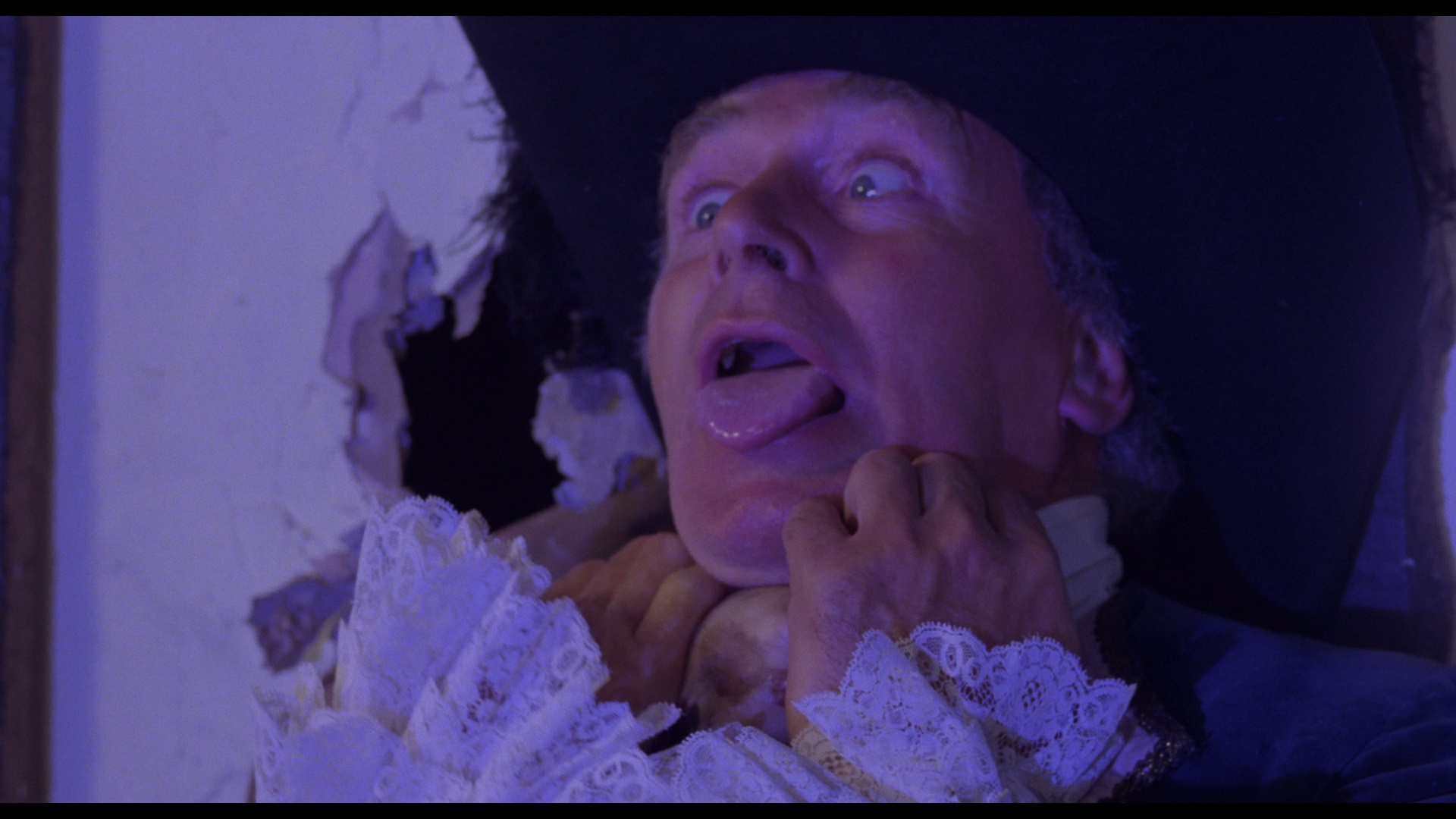
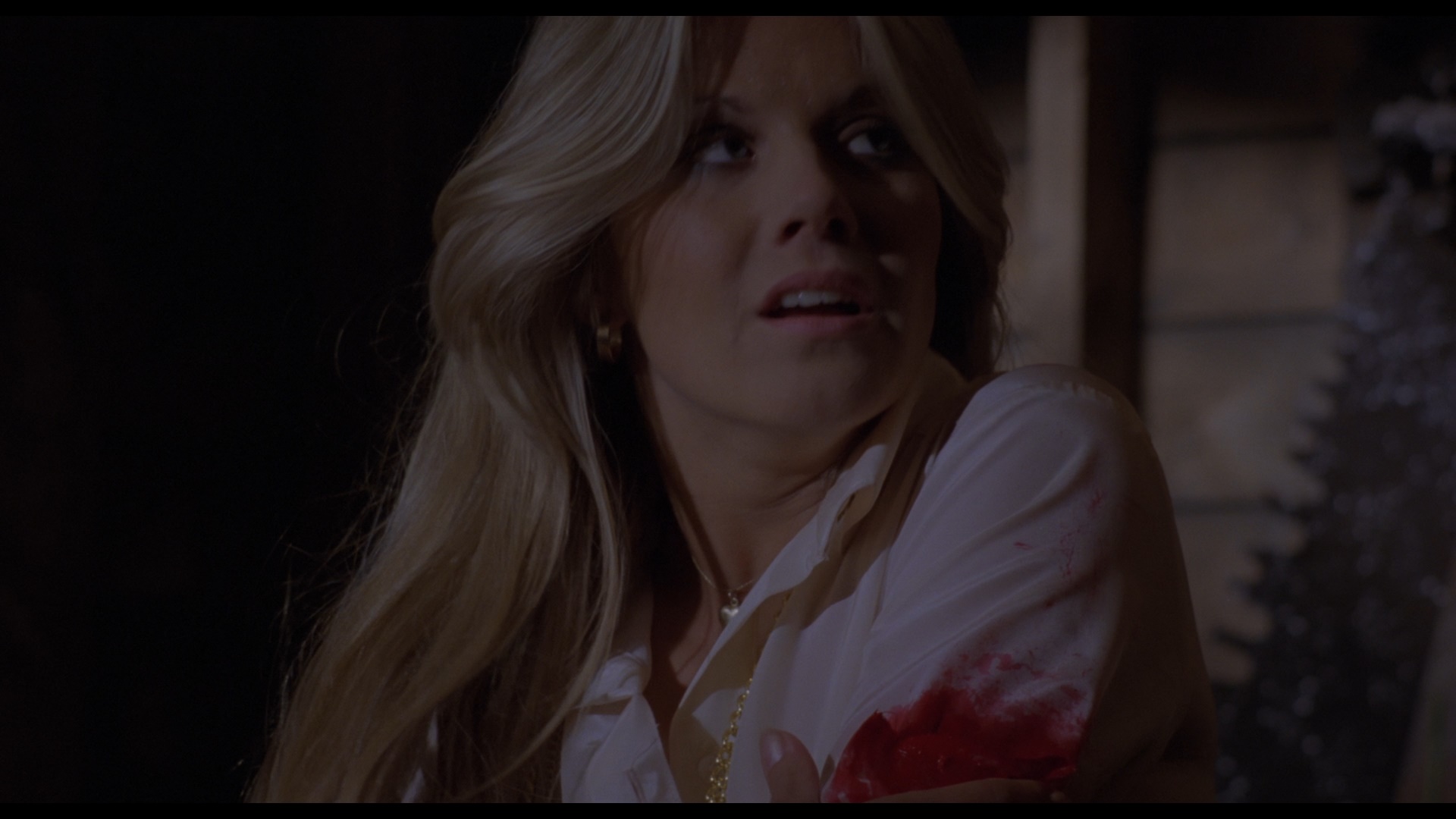
The first DVD release of Terror came from Rhino as part of their unfortunately titled Horrible Horrors series, which shuffled the film off in the most undignified manner as part of a multi-film set of Crown drive-in oddities. At least the open matte transfer looked pretty good. The subsequent UK release as part of Anchor Bay's Norman J. Warren Collection was far more problematic, using what appeared to be the same transfer as the Rhino version but overmatting it so severely to create a new anamorphic version that even the credits got lost off screen. It also featured particularly awful, wholly superfluous phony DTS and Dolby 5.1 remixes, but thankfully the mono track remained as an option as well. The BCI version, a double feature with The Devil's Men (a.k.a. Land of the Minotaur), easily bested them with a clean, colorful presentation with far roomier anamorphic framing. Note that the 16x9 presentation of both films is mentioned nowhere on the packaging, for some reason. No extras either. The 2012 reissue DVD from Scorpion pairs it up with The Devil's Men again (uncut this time), with both titles bookended by hosting sequences (and an intermission in between) featuring horror hostess Katarina Leigh Waters as part of her Katarina's Nightmare Theater line. Once again she's on her most comfortable turf here talking about British '70s horror (or in one case, British-Greek hybrid horror), and her 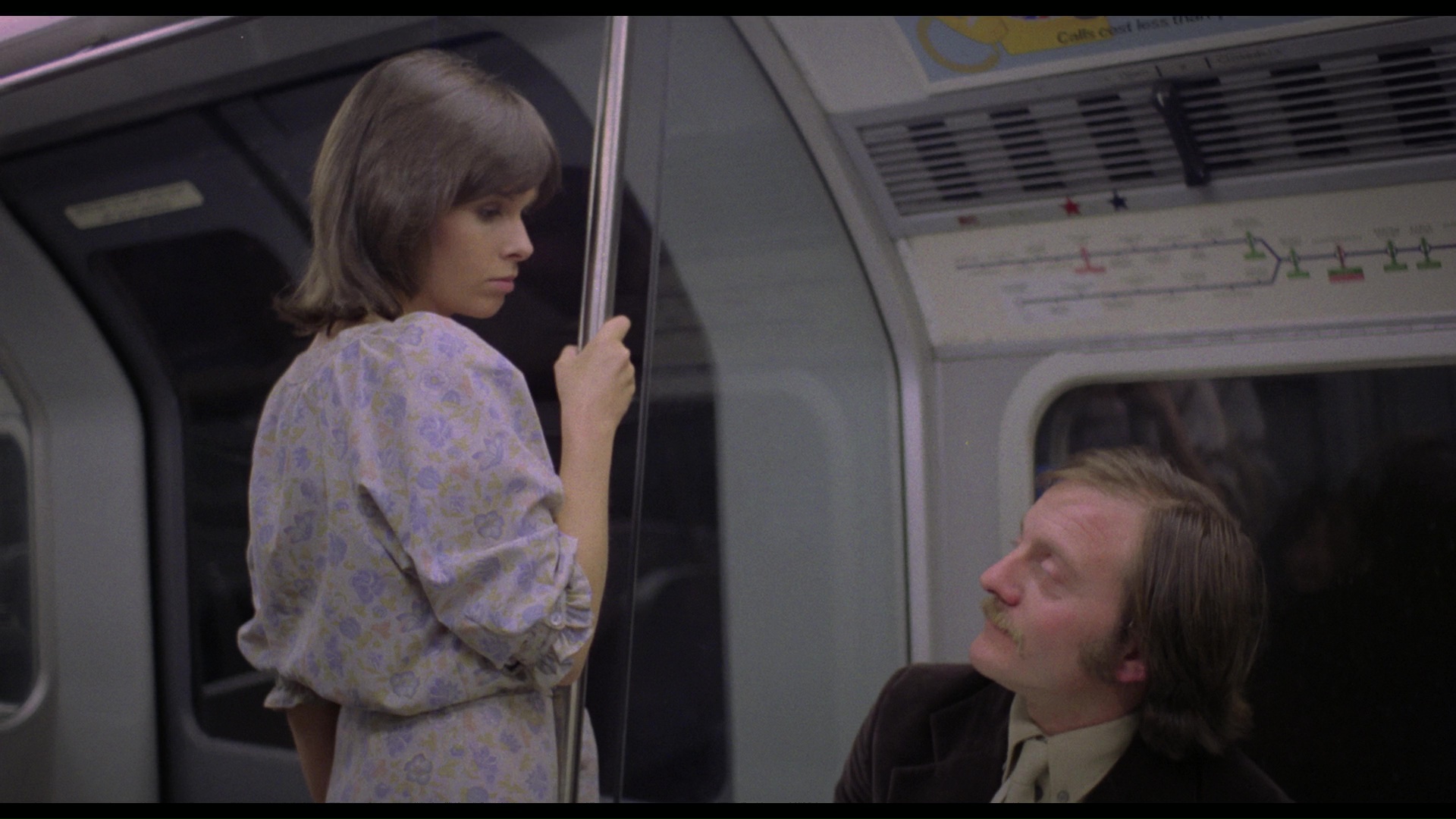 enthusiasm makes for infectious viewing. The real extra sauce lies with Terror, which has the Anchor Bay UK extras ported over, dropping only a very
enthusiasm makes for infectious viewing. The real extra sauce lies with Terror, which has the Anchor Bay UK extras ported over, dropping only a very  lively Warren/McGillivray commentary track which will make completists hang onto that British cardboard coffin edition. The biggest bonus is easily "Bloody Good Fun" (41m8s) (or at least that's what it was called on the U.K. box, though the title card and U.S. packaging say otherwise), which features Warren, McGillivray, producer Les Young, exec producer Moira Young, and several of the cast members (including The House that Screamed's Maude, Courage, Aubrey, and Elaine-Ives Cameron) talking about the making of the film, from its undisguised Argento borrowings to the zero-budget effects work. You also get a couple of snippets of deleted footage (one of them another bit from the recurring sex comedy), the very similar American and French theatrical trailers, and bonus previews for more titles like Double Exposure, The Devil within Her, and Nothing but the Night.
lively Warren/McGillivray commentary track which will make completists hang onto that British cardboard coffin edition. The biggest bonus is easily "Bloody Good Fun" (41m8s) (or at least that's what it was called on the U.K. box, though the title card and U.S. packaging say otherwise), which features Warren, McGillivray, producer Les Young, exec producer Moira Young, and several of the cast members (including The House that Screamed's Maude, Courage, Aubrey, and Elaine-Ives Cameron) talking about the making of the film, from its undisguised Argento borrowings to the zero-budget effects work. You also get a couple of snippets of deleted footage (one of them another bit from the recurring sex comedy), the very similar American and French theatrical trailers, and bonus previews for more titles like Double Exposure, The Devil within Her, and Nothing but the Night.
In 2018, Vinegar Syndrome brought the film back into circulation as a dual-format Blu-ray and DVD release hot on the heels of its stellar special edition of Prey. As you'd expect, Terror looks spectacular here with the Blu-ray particularly benefiting from the fresh 2K scan of the original negative. The Argento-inspired scenes look especially strong with those garish colors really popping off the screen now, and detail is excellent throughout. The English DTS-HD MA mono track and optional English SDH subtitles are top tier as well; some recurring sibilance in a few dialogue scenes and a handful of other minor flaws are inherent in the original sound mix and not a flaw of the release itself. The film can also be played with an audio phone conversation between Warren andEllinger spanning the course of his career, though the sound quality varies between muffled to inaudible. A new interview with Warren (20m34s) goes into more detail about the Suspiria inspiration and the desire to make an irrational horror film that kept moving among a large number of characters, while a separate one with McGillivray (12m47s) charts his own 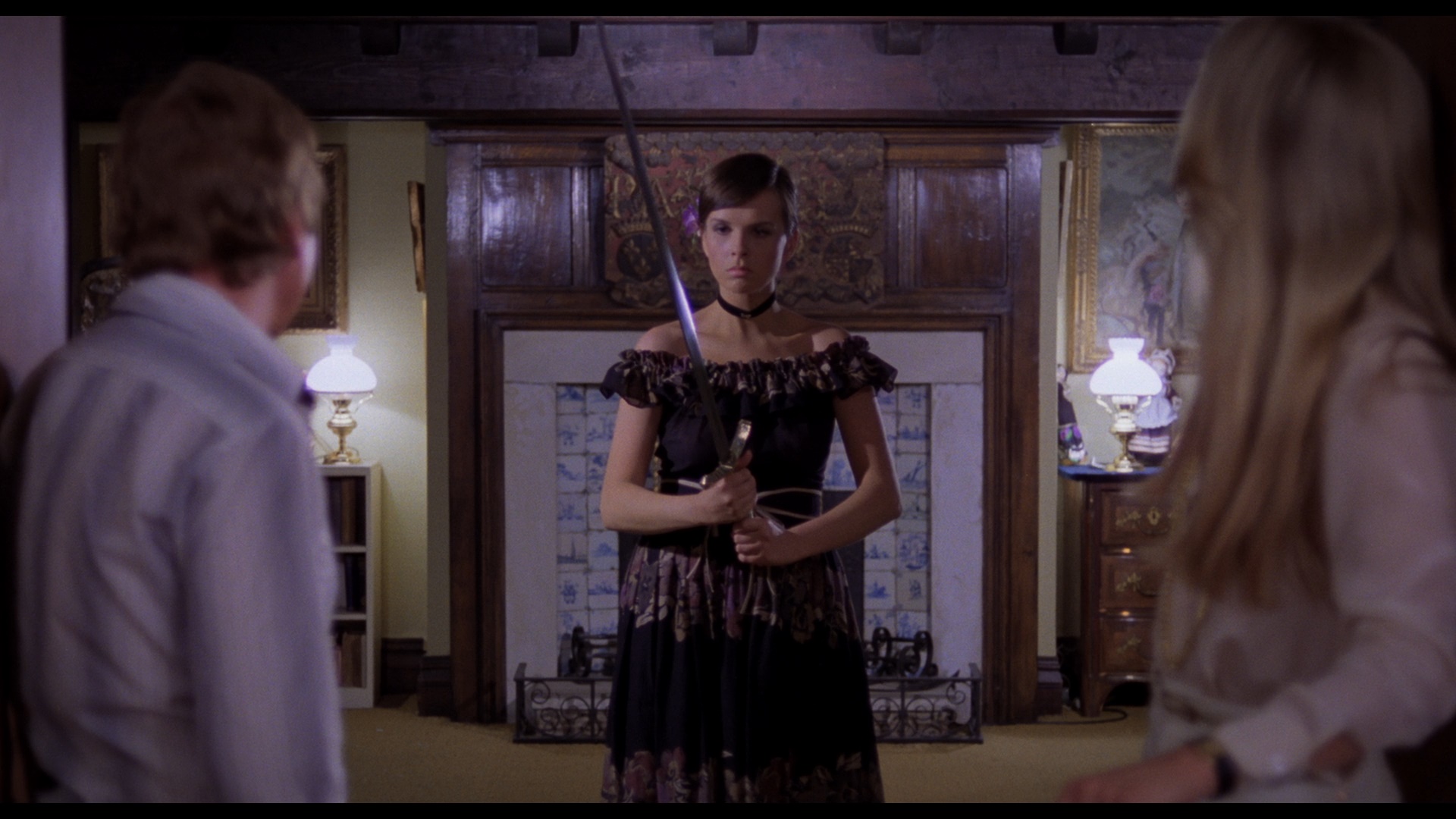 involvement (courtesy of his diary from the era) and reveals why he gave up writing horror films
involvement (courtesy of his diary from the era) and reveals why he gave up writing horror films 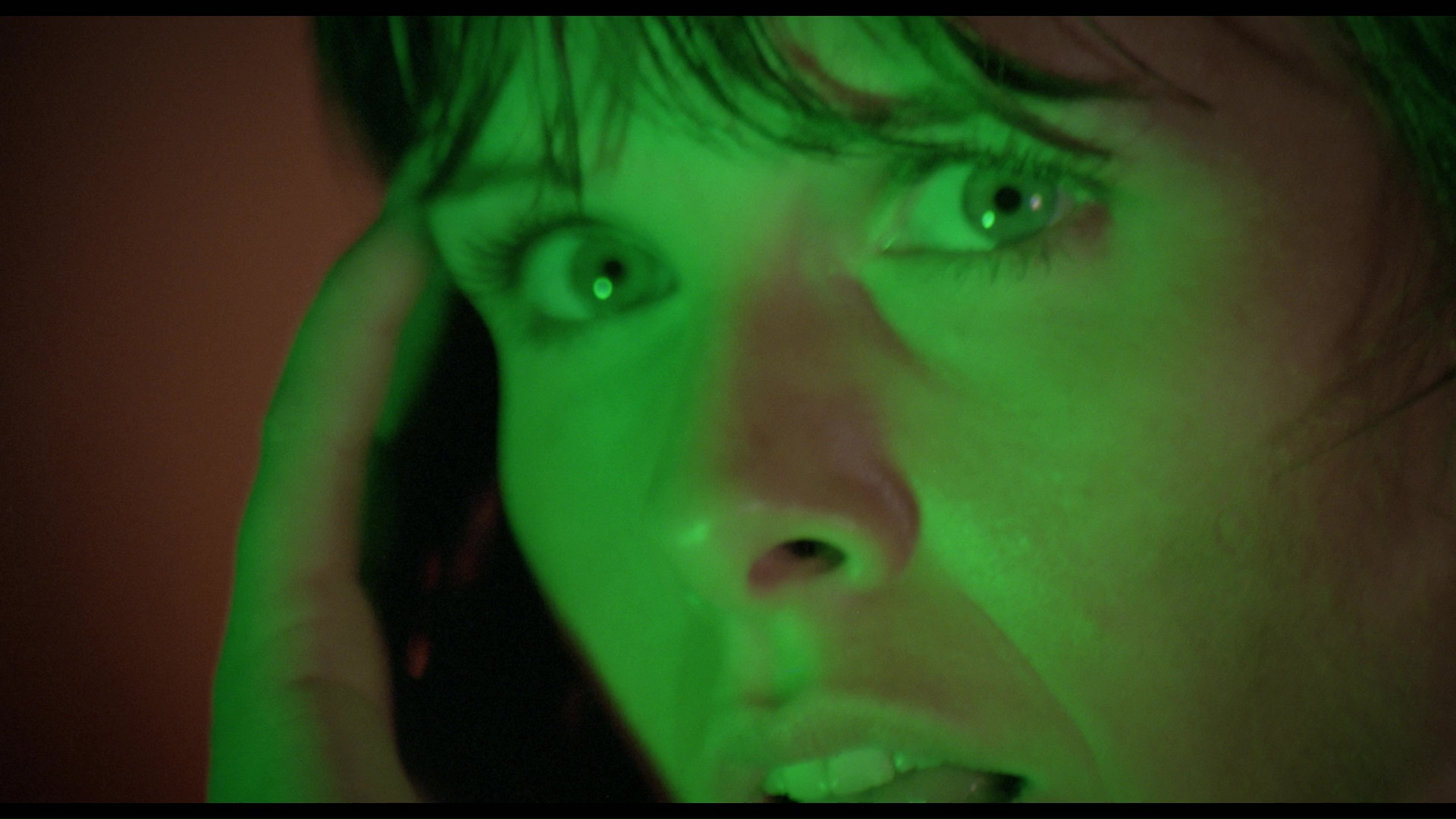 after this one. The actors are represented this time with separate interviews with Courage (5m3s), Walsh (8m49s), Maude (8m33s), and Peter Craze (10m6s), all of whom remark on the unusually happy and harmonious shoot and the fact that crew members seemed to be having fun throughout the process. Walsh is definitely the funniest as she giddily talks about her knack for playing Cockney characters at the time and letting down some voyeurs on the set when she announced she'd be doing her bathtub scene in her underwear. The film's deleted footage (4m46s) is presented here in HD for a better appraisal of those lost Brenda minutes, and the packaging features the usual reversible design options. A limited slipcase edition was also announced but sold out almost immediately.
after this one. The actors are represented this time with separate interviews with Courage (5m3s), Walsh (8m49s), Maude (8m33s), and Peter Craze (10m6s), all of whom remark on the unusually happy and harmonious shoot and the fact that crew members seemed to be having fun throughout the process. Walsh is definitely the funniest as she giddily talks about her knack for playing Cockney characters at the time and letting down some voyeurs on the set when she announced she'd be doing her bathtub scene in her underwear. The film's deleted footage (4m46s) is presented here in HD for a better appraisal of those lost Brenda minutes, and the packaging features the usual reversible design options. A limited slipcase edition was also announced but sold out almost immediately.
The Indicator release follows the pattern of Prey in terms of image quality and extras, going for the extras from the Anchor Bay release instead of the Vinegar Sydrome. That means you get the Warren-McGillivray commentary, the "Bloody Good Fun" featurette, and extended scenes (5m26s), plus the U.K. and French theatrical trailers, a TV spot, a radio spot, and a whopping 96-image gallery of stills and artwork. "The Early Years" (17m17s) is another new Warren interview, this time focusing entirely on his filmmaking work in the 1960s including short films like "Fragment," while "Tales of Terror" (12m45s) features leading man John Nolan recalling his enthusiasm for making an independent film and his approach to finding his way into a scene. "Norman J. Warren: A Sort of Autobiography" (27m22s) is an archival 2004 featurette (from the Anchor Bay bonus disc) with Warren sitting in a cinema and recalling his childhood and path to falling in love with the movies, and the glory days of British exploitation. Norman J. Warren Presents Horrorshow (2008) is a 32m46s compendium of horror shorts like "Neon Killer" "Smile," "The Initiation," and "The Flea" hosted by Warren himself, but the disc closes out with its biggest jawdropper, Daddy Cross. A faux grindhouse trailer made in 2011, it's an outrageous Warren-directed promo that could only be described as a cross between The Confessional and Cruising... so be prepared.
Of 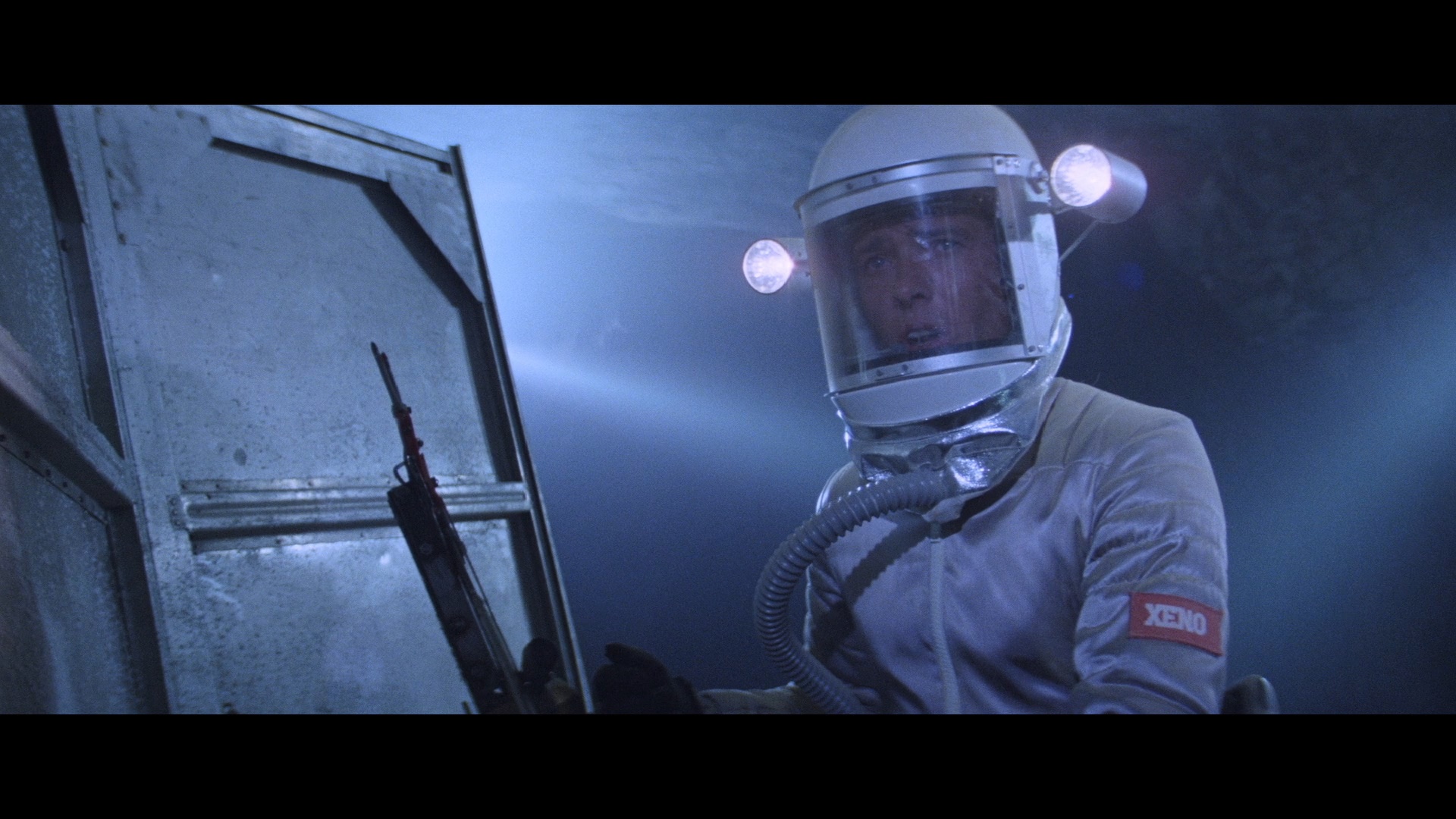 all the Alien imitations churned out in the early '80s, Warren's contribution, Inseminoid, gained some of the most notoriety thanks to its squishy
all the Alien imitations churned out in the early '80s, Warren's contribution, Inseminoid, gained some of the most notoriety thanks to its squishy 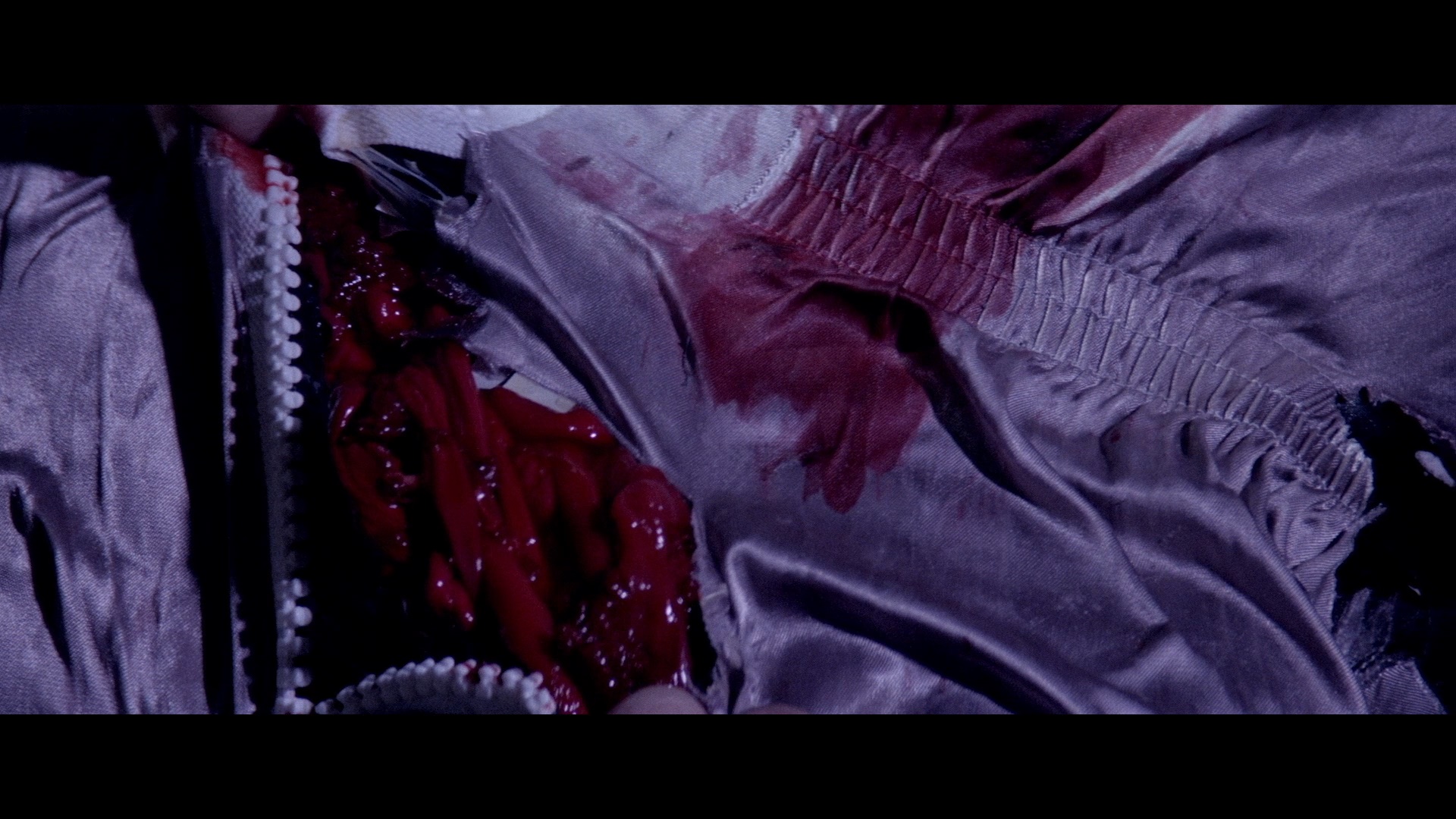 gore that had to be drastically trimmed for its U.S. release (primarily to drive-ins, under the title Horror Planet). Whatever shock value the film may have possessed has dissipated considerably over the years, though anyone who chuckled through this back in their formative adolescence will find plenty of low-rent enjoyment here thanks to a dash of queasy Rosemary's Baby-inspired pregnancy trauma for good measure.
gore that had to be drastically trimmed for its U.S. release (primarily to drive-ins, under the title Horror Planet). Whatever shock value the film may have possessed has dissipated considerably over the years, though anyone who chuckled through this back in their formative adolescence will find plenty of low-rent enjoyment here thanks to a dash of queasy Rosemary's Baby-inspired pregnancy trauma for good measure.
A not very intrepid space crew has established a cavernous station below the surface of an icy planet. During an exploration, two members stumble on some glowing crystals which cause one of them to die. The other humans, including Jennifer Ashley and soap opera queen Stephanie Beacham, naturally act as if nothing out of the usual is happening, even when Judy Geeson (a long way from To Sir, with Love but really giving her all) starts acting strangely and disembowels a young Victoria Tennant (the former Mrs. Steve Martin) with a pair of scissors. It seems Geeson has been impregnated by malicious alien hand puppets who control her behavior and provoke homicidal rampages. Eventually Geeson gives birth to a couple of smaller puppets just in time for the big finale.
Warren tries valiantly to cover up the film's apparent budget deficiencies with colorful lighting and mobile camera work when people run up and down halls, but the endless, static 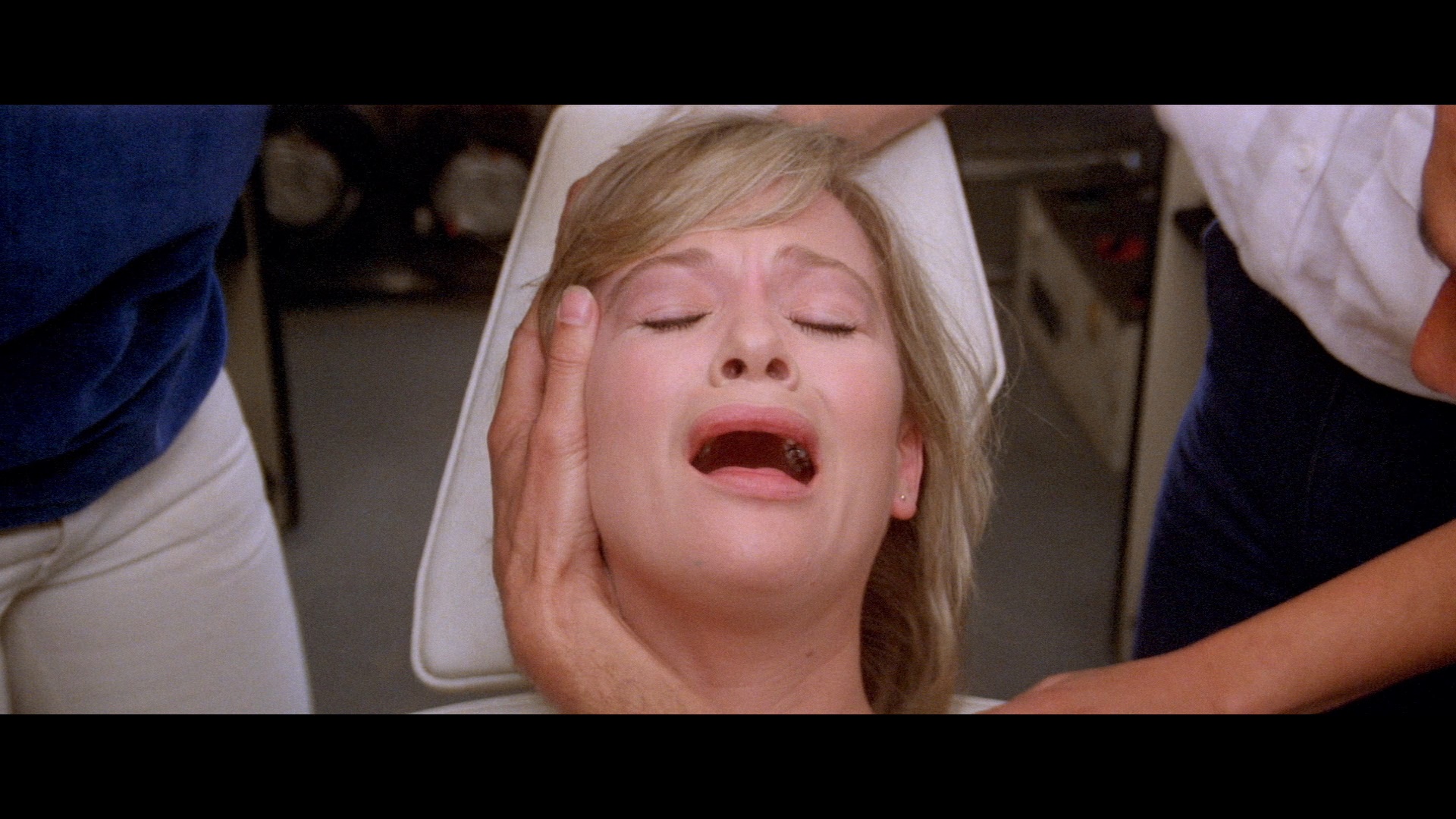 dialogue scenes make this the least distinctive of his five horror efforts. The notorious gore scenes are little more than splattery paint jobs, while the
dialogue scenes make this the least distinctive of his five horror efforts. The notorious gore scenes are little more than splattery paint jobs, while the 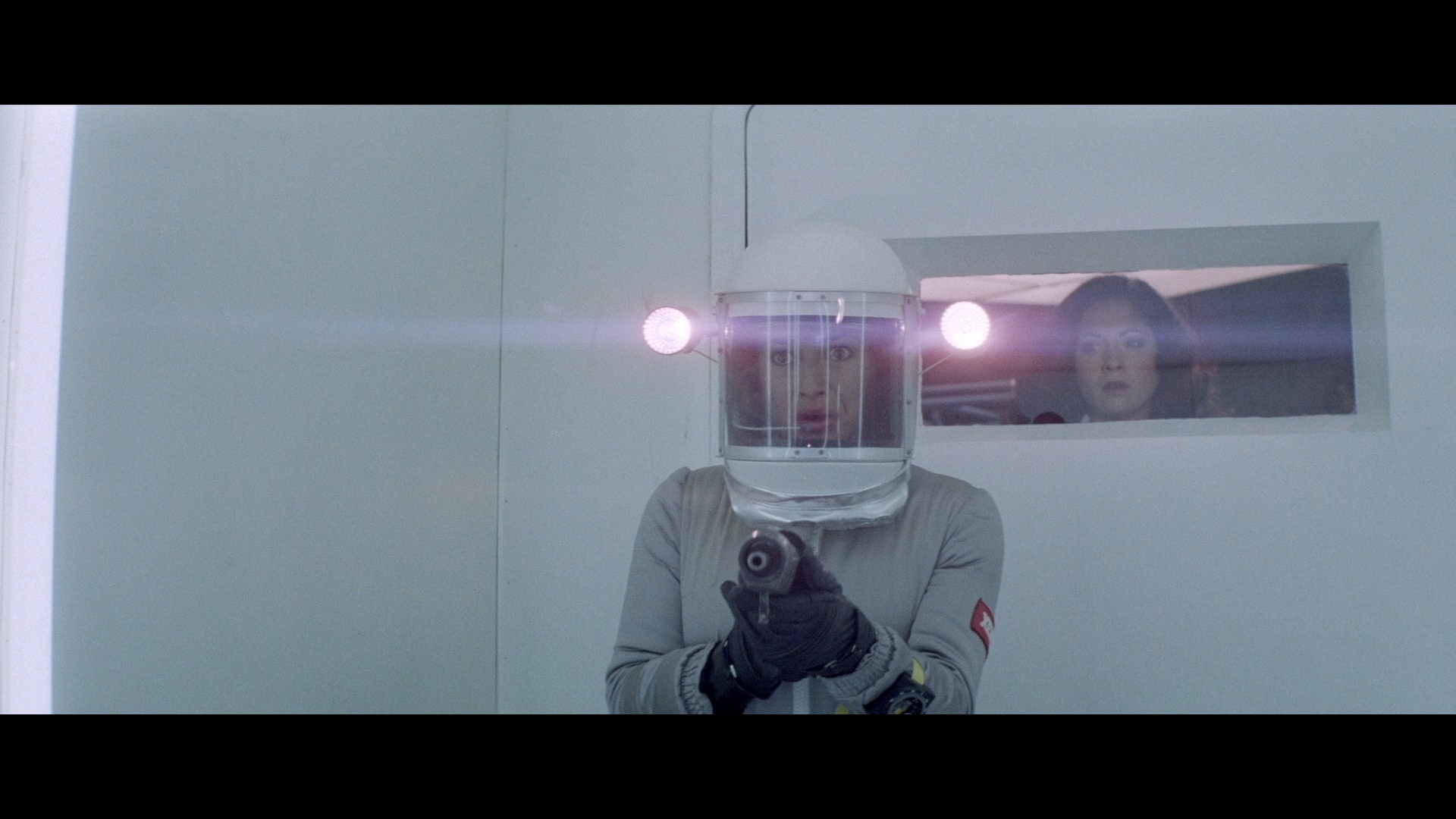 actual alien impregnation sequence, surreal and wildly tasteless though it may be, pales in comparison to the slimy beastie breeding in the similar and far more ambitious Galaxy of Terror. The bland underground sets (foreshadowing George Romero's Day of the Dead) fail to ever convince the eyes that any of this is actually happening in space; in fact, the space angle has so little to do with the story that it could have been removed without much damage being done at all. (An alien infestation within a group of miners would run about the same course.) On the other hand, John Scott's aggressive synthesizer score has its charms, and that slumming cast is really something to behold.
actual alien impregnation sequence, surreal and wildly tasteless though it may be, pales in comparison to the slimy beastie breeding in the similar and far more ambitious Galaxy of Terror. The bland underground sets (foreshadowing George Romero's Day of the Dead) fail to ever convince the eyes that any of this is actually happening in space; in fact, the space angle has so little to do with the story that it could have been removed without much damage being done at all. (An alien infestation within a group of miners would run about the same course.) On the other hand, John Scott's aggressive synthesizer score has its charms, and that slumming cast is really something to behold.
The first DVD of this film came along early in the history of Elite Entertainment in 1999; though properly letterboxed, it was non-anamorphic and looks pretty much unwatchable now. The disc features no extras or even a menu screen. The U.K. DVD in the Anchor Bay set marked a significant visual improvement, with the usual audio options in either 5.1 or mono configurations; you also get a funny Warren audio commentary joined by assistant director Gary White, which kicks off with tips about turning a beach ball covered in polystyrene into an impromptu sci-fi special effect and just gets better from there. Then Scott turns up for "Electric Approach " (13m10s) chatting about the creation of that peculiar droning score, followed by an "Inseminoid Girl" interview with Geeson (11m48s) about her career and the very cold shooting conditions on this film (which she nevertheless enjoyed making, but stick around for the stinger at the end). Also included are the U.K. trailer, and on the separate bonus disc, an epic "Subterranean Universe" featurette (44m46s) with Warren, much-missed producer Richard Gordon, an absolutely hilarious Beacham, Pearce, executive producer Peter M. Schlesinger, and actors David 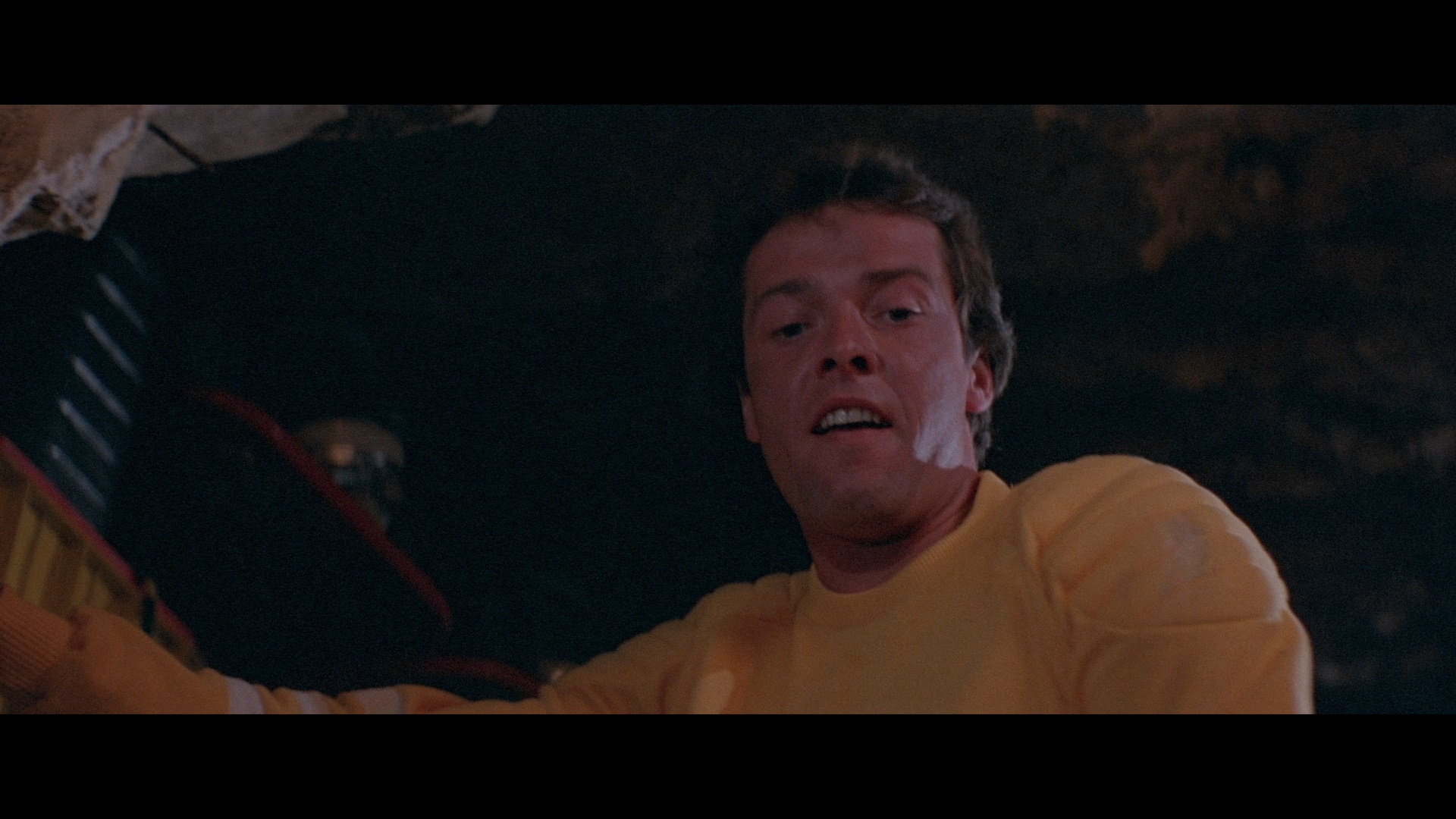 Baxt and Barry Houghton recalling how the film evolved from an early effects-driven project called Doom Seed and turned into a lengthy process
Baxt and Barry Houghton recalling how the film evolved from an early effects-driven project called Doom Seed and turned into a lengthy process 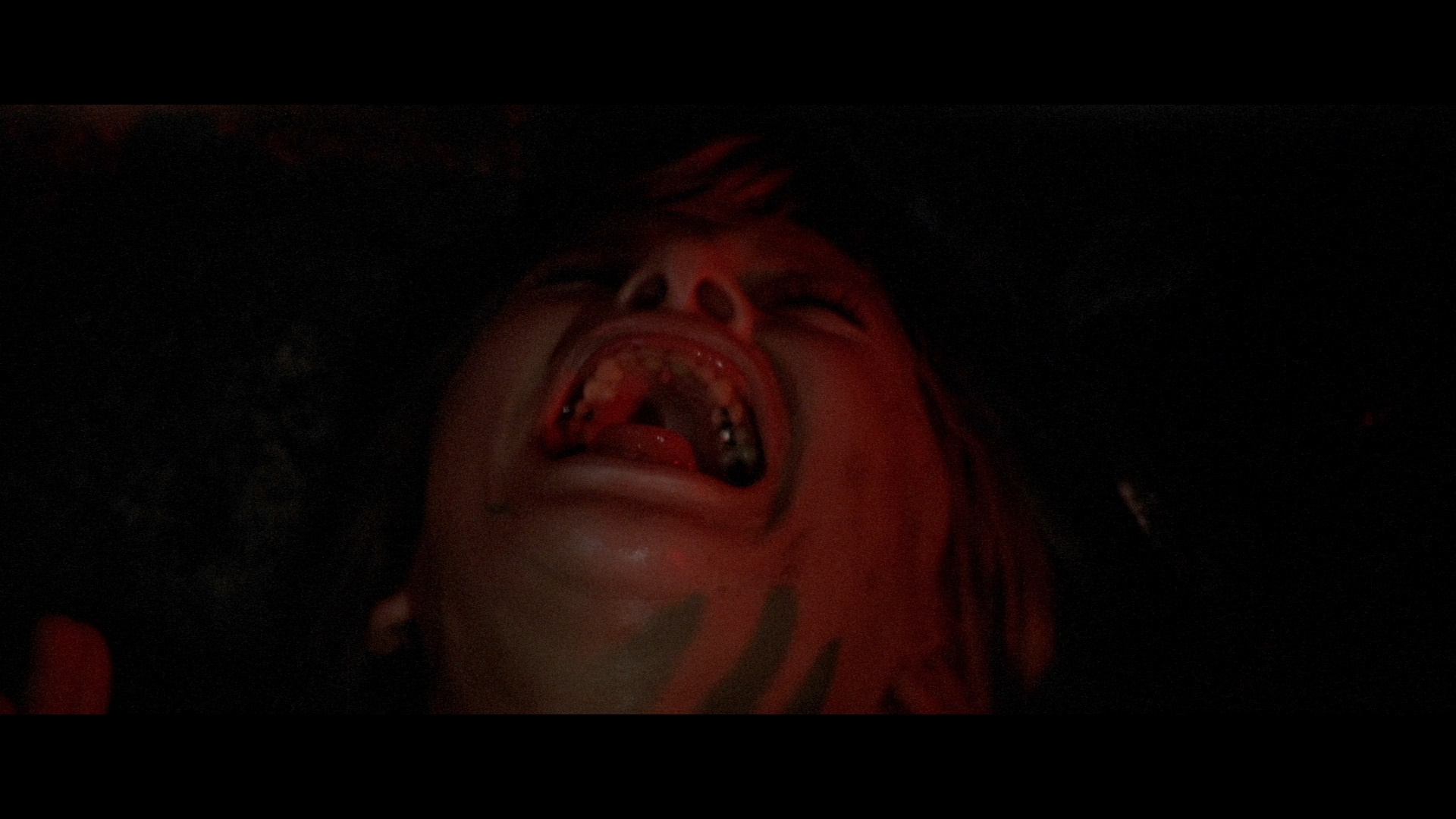 involving makeup effects and lots of shooting in chilly caves.
involving makeup effects and lots of shooting in chilly caves.
The film shows no sign of materializing in the U.S. on Blu-ray any time soon, but chances are few will want one after watching the Indicator disc. Everything from the Anchor Bay disc (commentary, "Electric Approach," "Subterranean Universe") has been ported over except for the Geeson interview for some reason, and the transfer easily blows away its predecessors. Colors look great, blacks are deep and atmospheric, and the textures of the rocks and outfits are much more legible than before. It still isn't a particularly artful film to look at, but the presentation is top notch. Part two of the British Entertainment History Project (69m20s) covers everything from Satan's Slave to the present day, with some interesting insights into the various investors and technical challenges of each production with some nice stories about the resourcefulness required of the crew on limited means. He even touches on Spaced Out, which will hopefully join its fellow films in HD someday even if it isn't Warren's most respected contribution to world cinema. Warren's appearance in 2011 at Manchester's 22nd Festival of Fantastic Films (61m50s) is another monster of an interview, conducted by a feisty John Llewellyn Probert and essentially serving as a condensed tour through the material from the BEHC sessions. The audio on this one is very muddy though so be prepared to crank up the volume. The new "Alien Encounter" (6m2s) with actor Trevor Thomas is a short but cheerful summation of his time on the film and his glee at seeing his name getting a huge solo credit and learning the film has something of a cult following. You also get three U.K. theatrical trailers, a French trailer, a U.S. Horror Planet teaser, and a TV spot, plus a gallery of 109(!) stills and marketing ephemera.
Warren's last horror film to date, Bloody New Year is actually more of an off-the-wall Christmas horror film set in the middle of summer. How can that be? 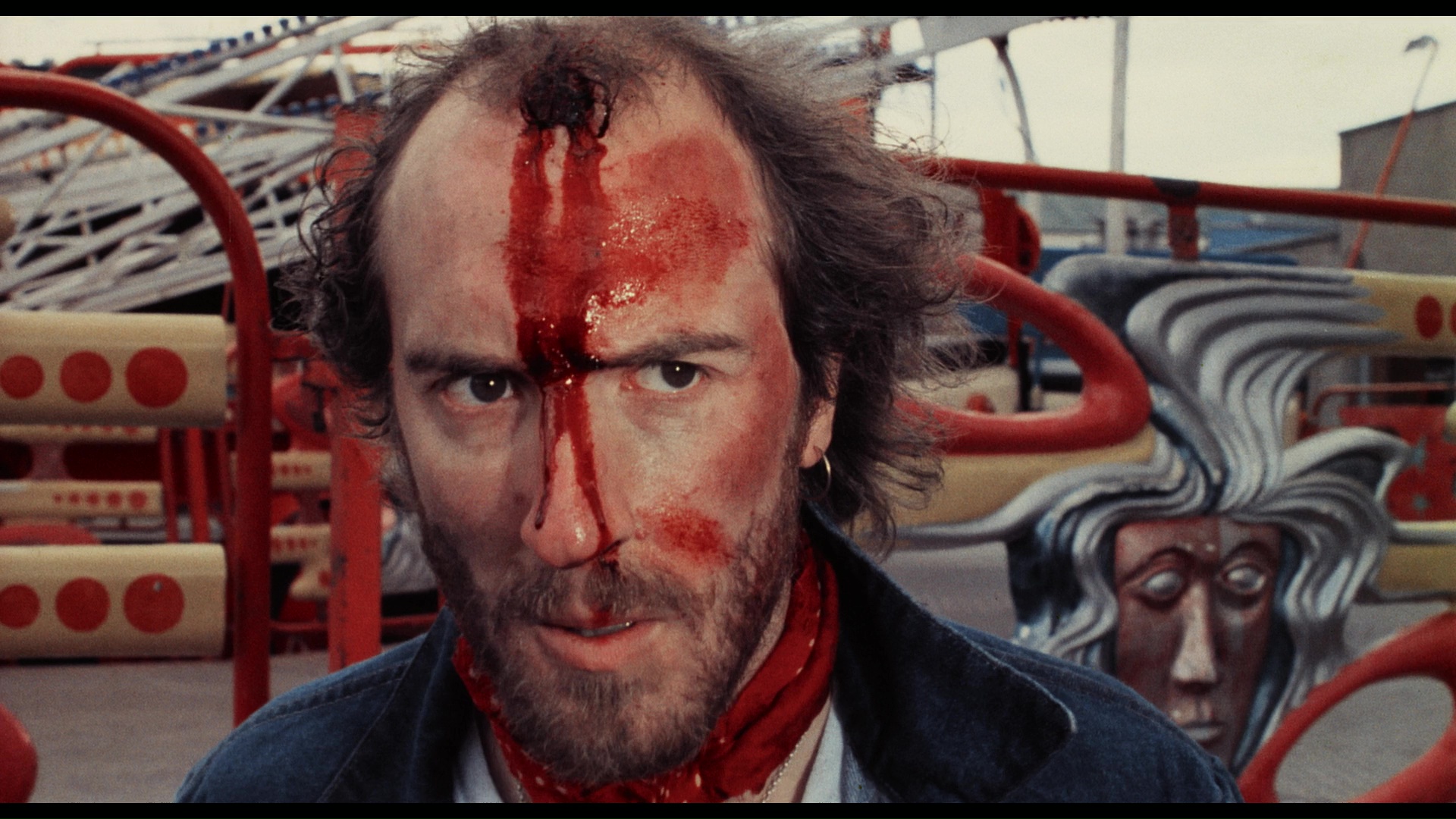 Read on and find out...
Read on and find out... 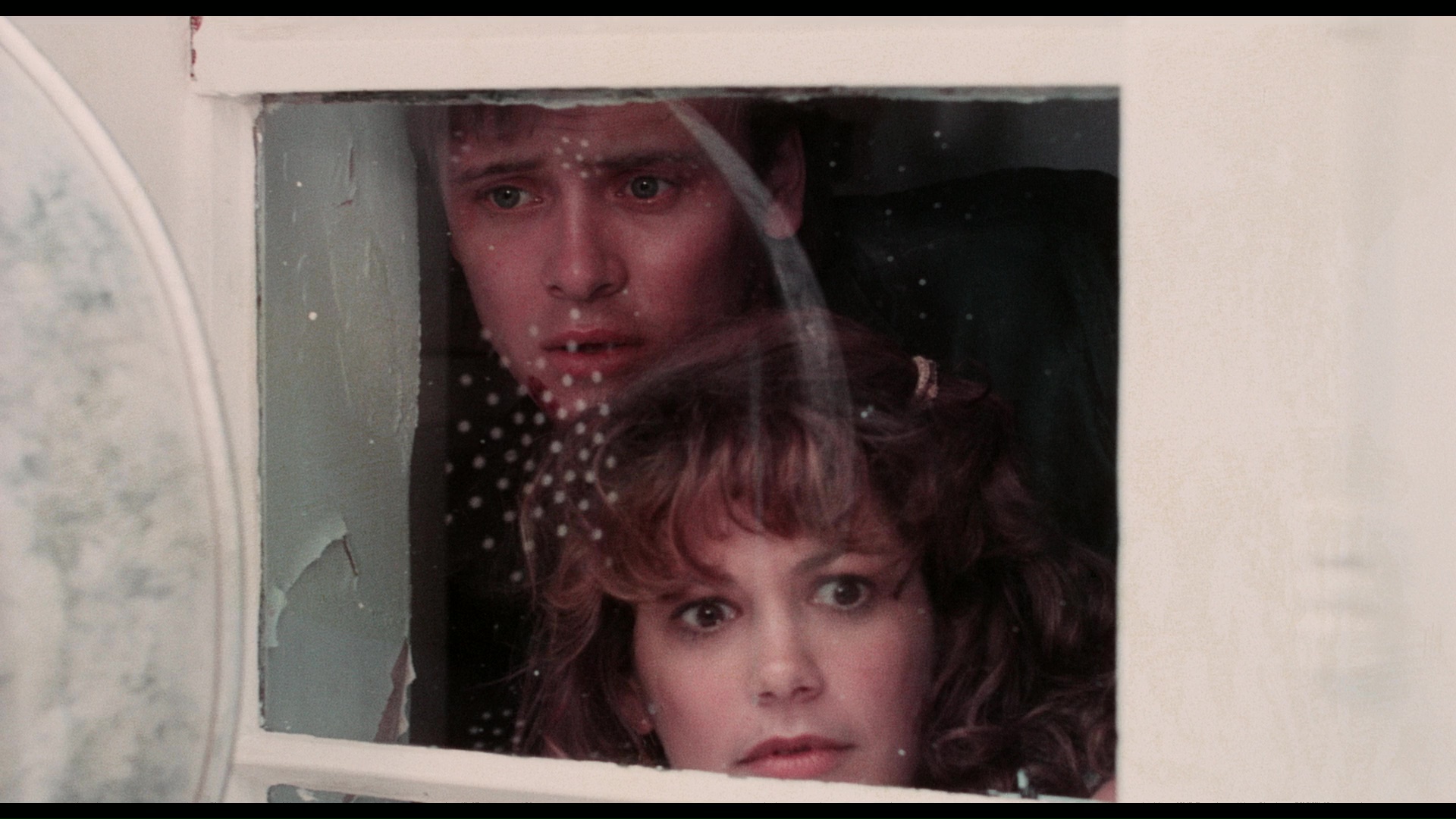
While cutting up at a seaside carnival at the height of summer and running afoul of some hooligans, six young fairgoers end up hopping on a small sailboat-- only to strike a rock and find themselves sinking. During much squabbling, they end up finding refuge on a small island and, after wandering through the woods, end up at the abandoned Grand Island Hotel. The building seems to be freshly decked out for Christmas -- in 1959 -- and at first it seems like fun since it comes decked out with accessories like a functioning mini-movie theater (complete with Fiend without a Face!). However, anything they disturb seems to revert back to its original state. Not only have they stepped out of time, but anything inanimate could be a deadly threat as they confront homicidal walls, insidious mirrors, an indoor snowstorm, invisible marauders, aggressive fishing nets, a persnickety pool table, and other uncanny threats intent on finishing them off.
Completely daffy, unpredictable, and likely an acquired taste, Bloody New Year essentially revisits the illogical, kitchen-sink approach of Warren's Terror with a lot less sleaze but a huge increase in creative insanity. There's a 1986 copyright date at the end, but it feels for all the world like it could have been made four or five years earlier with its disposable cast of benign twentysomething "teens," lo-fi horror effects, and adorably iffy acting. The frequent comparisons to films like The Evil Dead, Humongous, Ghosthouse, and even House are actually quite appropriate as this would work quite well as a co-feature with any of those, but it also has a quirky British charm of its own with that seaside atmosphere giving it a haunted, isolated atmosphere that more than makes up for the lack of gore. Plus you get zombies, expressionistic colorful lighting, dry ice fog, and a typically 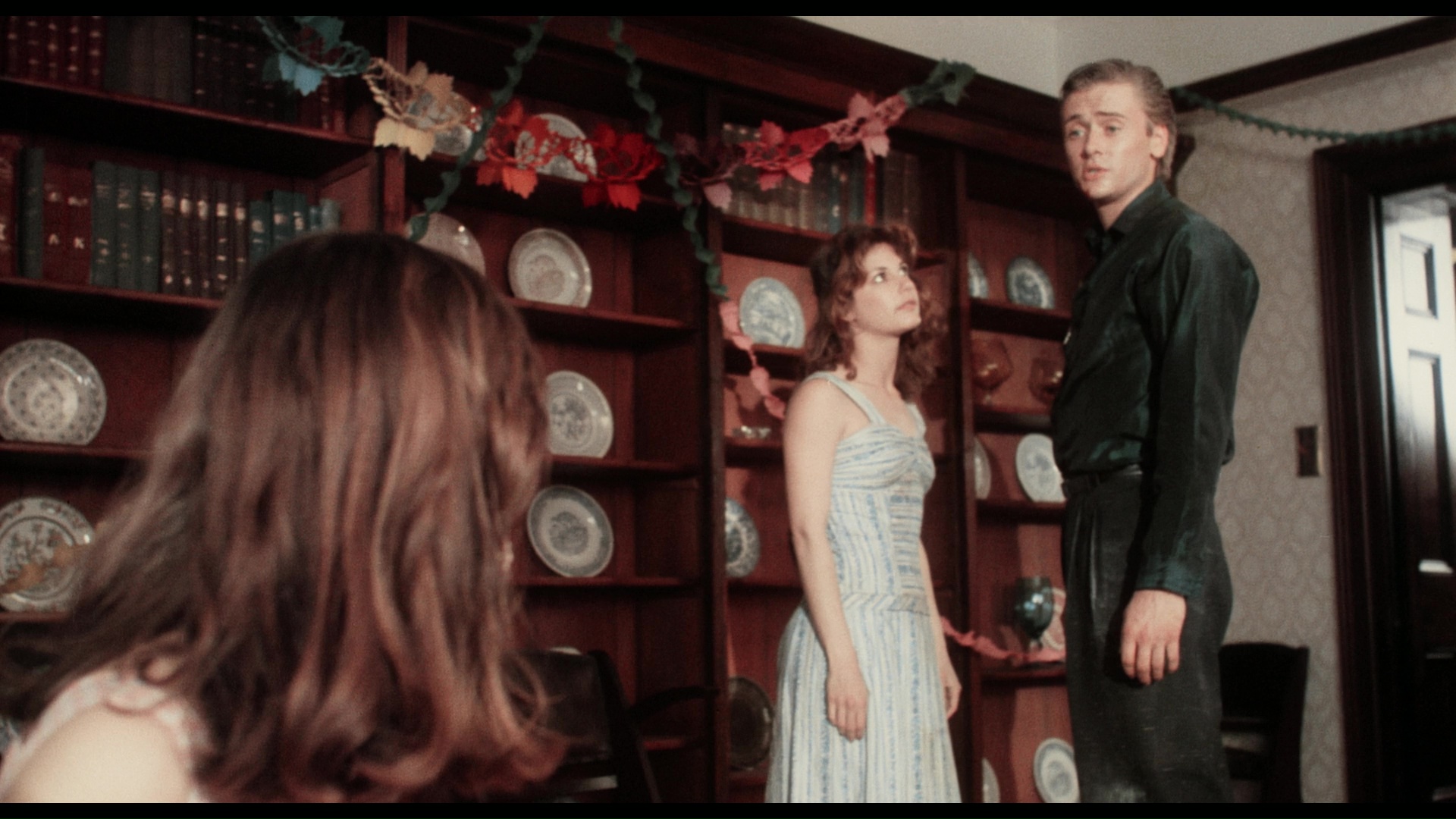 grim Warren ending.
grim Warren ending. 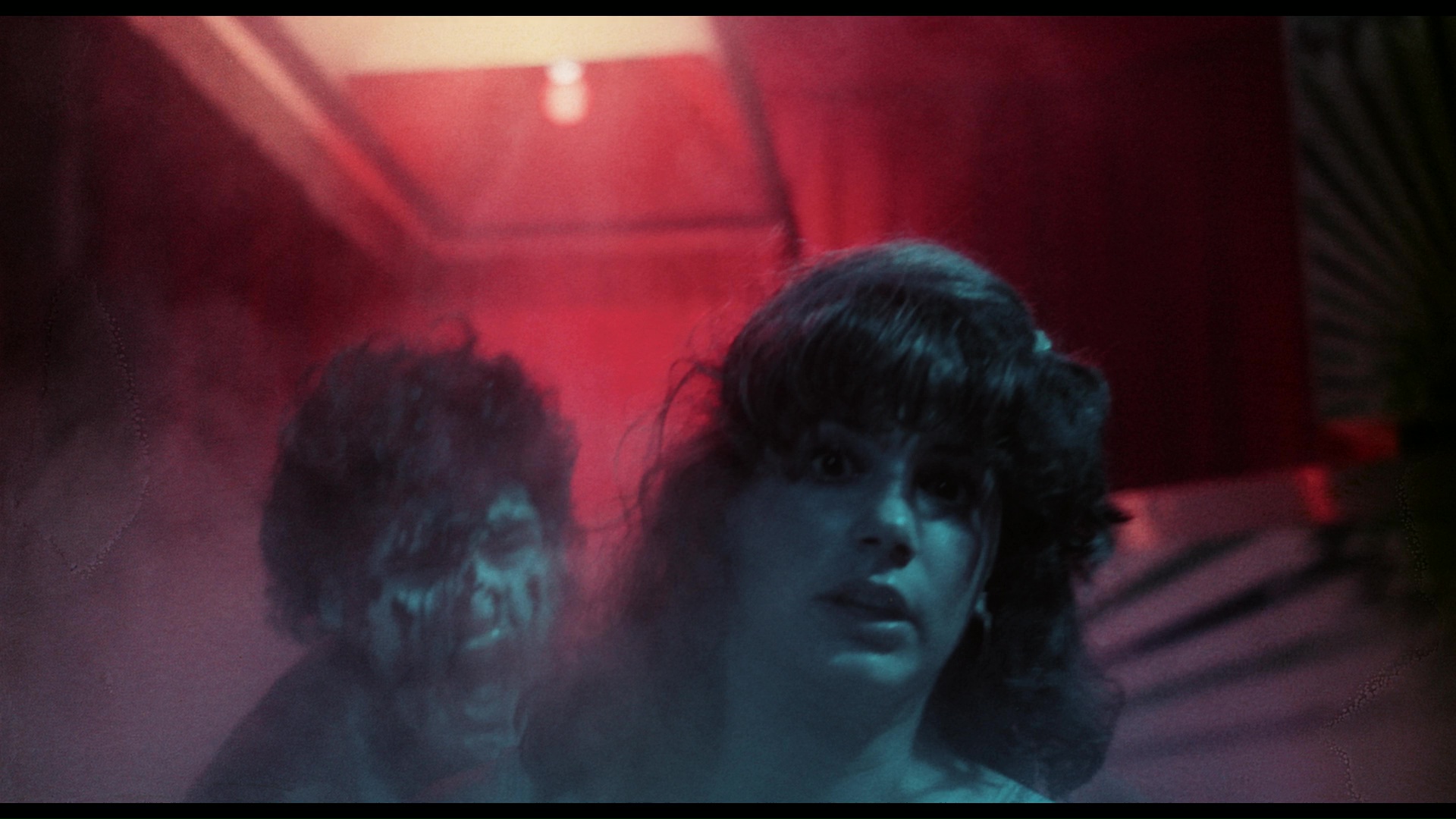 However, the best thing about the film might be the soundtrack featuring a slew of songs by Cry No More (also seen in the film itself) including the wildly infectious "Recipe for Romance" over the opening sequence (in a retro-style version far superior to the one on their self-titled album). What's not to love?
However, the best thing about the film might be the soundtrack featuring a slew of songs by Cry No More (also seen in the film itself) including the wildly infectious "Recipe for Romance" over the opening sequence (in a retro-style version far superior to the one on their self-titled album). What's not to love?
Bloody New Year first appeared on VHS in 1987, essentially going straight to video everywhere outside in the U.K. and featuring fantastic cover art on the Academy Entertainment box cover. After that it dropped out of sight for a while until Image Entertainment issued it on DVD in 2005 via its licensing deal with Redemption Films, taken from a blah but passable (for the time) 1.33:1 master that wasn't corrected for its initial PAL speed, coming in short at 89 mins. 47 secs. Unlike most of Warren's output, the film has remained stubbornly unreleased on U.K. home video for nearly three decades.
Just in time for New Year's Day in 2019, Vinegar Syndrome made a surprise announcement of this title directly available only via its website complete with a limited edition slipcover. The transfer is listed as being a 2K scan from 35mm archival elements, and an opening disclaimer notes that only one usable theatrical print remains in existence (and the negative was accidentally destroyed ages ago). With that caveat in mind, the results here are still very pleasing and a big step up from the DVD; the framing is adjusted to feature more information on the sides and less on the top and bottom, resulting in more balanced and effective compositions. A few bumps and splices are evident throughout, with the bulk of the damage evident in the second reel (particularly the shipwreck sequence, which suffers from some obvious staining and scratching). The actual quality is impressive though with excellent color and detail, and the damage isn't more distracting than what you'll find on any number of other genre releases. The DTS-HD 1.0 English mono audio (with optional English SDH subtitles) is also good considering the shape of the source. The sole extra is an audio commentary by Warren, who seems to be having fun talking about the fairground arrangements, the madness of shooting on boats, the in-camera visual effects for the supernatural sequences (including a cool 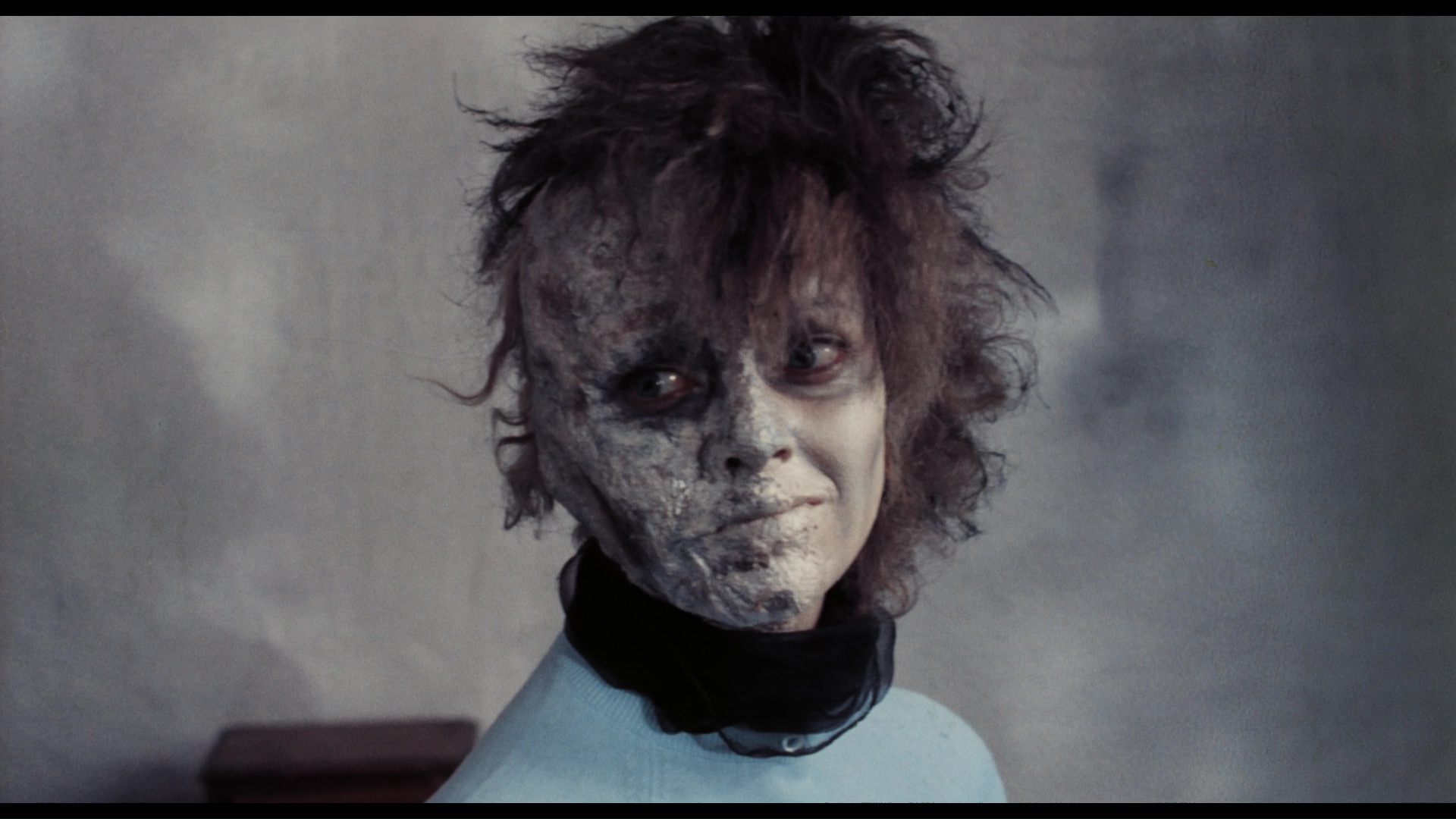 dust head), the arduous physical demands on the actors, and the various crazy ideas he and his co-writers felt free to incorporate into this crazy, very entertaining party movie. He's expressed
dust head), the arduous physical demands on the actors, and the various crazy ideas he and his co-writers felt free to incorporate into this crazy, very entertaining party movie. He's expressed 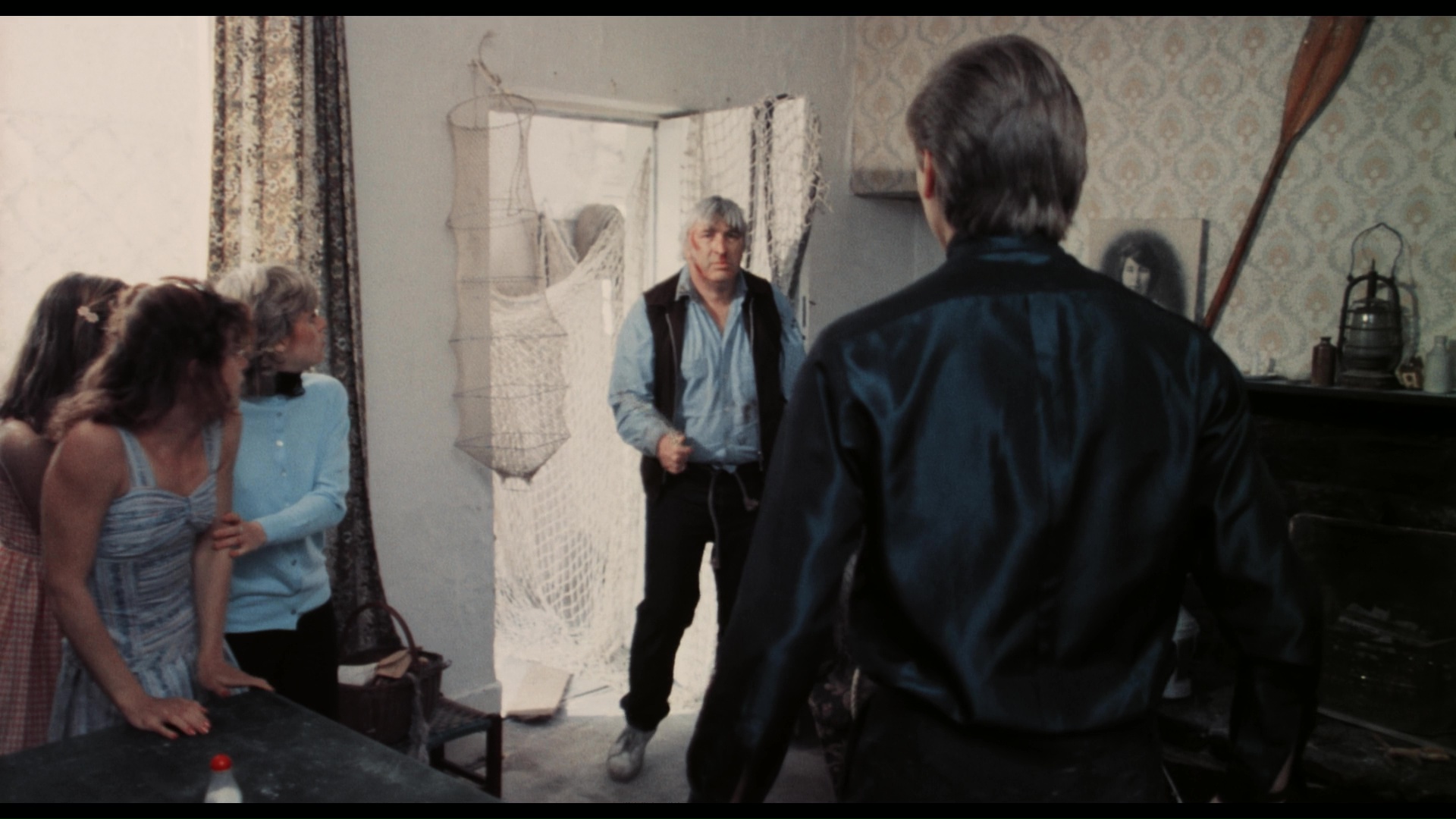 disappointment with the end result of this film elsewhere (including the interviews elsewhere on the Indicator box), but it's nice to hear him in pretty good spirits about it here.
disappointment with the end result of this film elsewhere (including the interviews elsewhere on the Indicator box), but it's nice to hear him in pretty good spirits about it here.
As for the Indicator release, it's taken from the same scan and, like Satan's Slave, looks the same in terms of framing and color timing. Nothing to complain about here at all. The audio commentary by Warren is a different one as he's joined this time by the BFI's Jo Botting, who prompts him along throughout and keeps things hopping more energetically than the U.S. track. while covering some of the same ground. You definitely need both editions if you're a fan. The trailer is also included, and then it's on to a slate of new additional extras starting with "Norman's Wisdom" (28m1s), the final part of the new interview session with a focus on his later, less covered work including documentaries, Spaced Out, and other odds and ends. Then actress Catherine Roman appears for "New Blood" (15m6s) to explain how a young American actress ended up making her screen debut in a British horror film (which she loved doing, complete with lots of "pink page" script revisions throughout), followed by "The Art of Blood" (14m28s) with screenwriter and set dresser Frazer Pearce chatting about how she first ended up working with Warren doing stills for Terror and ended up with more responsibilities leading up to this film, which required a lot of ideas that could still be pulled off with just a little bit of money. Then actor and stunt man Steve Emerson appears for "Fights, Camera, Action!" (10m22s) explaining how he became determined to get into the movies and ended up pulling multiple duties on this film and Terror. Yixi Sun, a Chinese filmmaker in London, turns up for the final featurette, "Working with Warren" (10m9s), explaining how they ended up collaborating on the FrightFest "Turn Off Your Bloody Phone" PSA (also included here in its entirety) for a pastiche of multiple horror tropes that also features a hammy role for David McGillivray, too. Finally the disc closes out with the trailer and a 20-image photo gallery. Easily one of the more lavish sets assembled for any genre filmmaker, this impressive collection will likely be the last word on this key figure in British horror for quite a long time to come.
SATAN'S SLAVE: Indicator (Blu-ray)
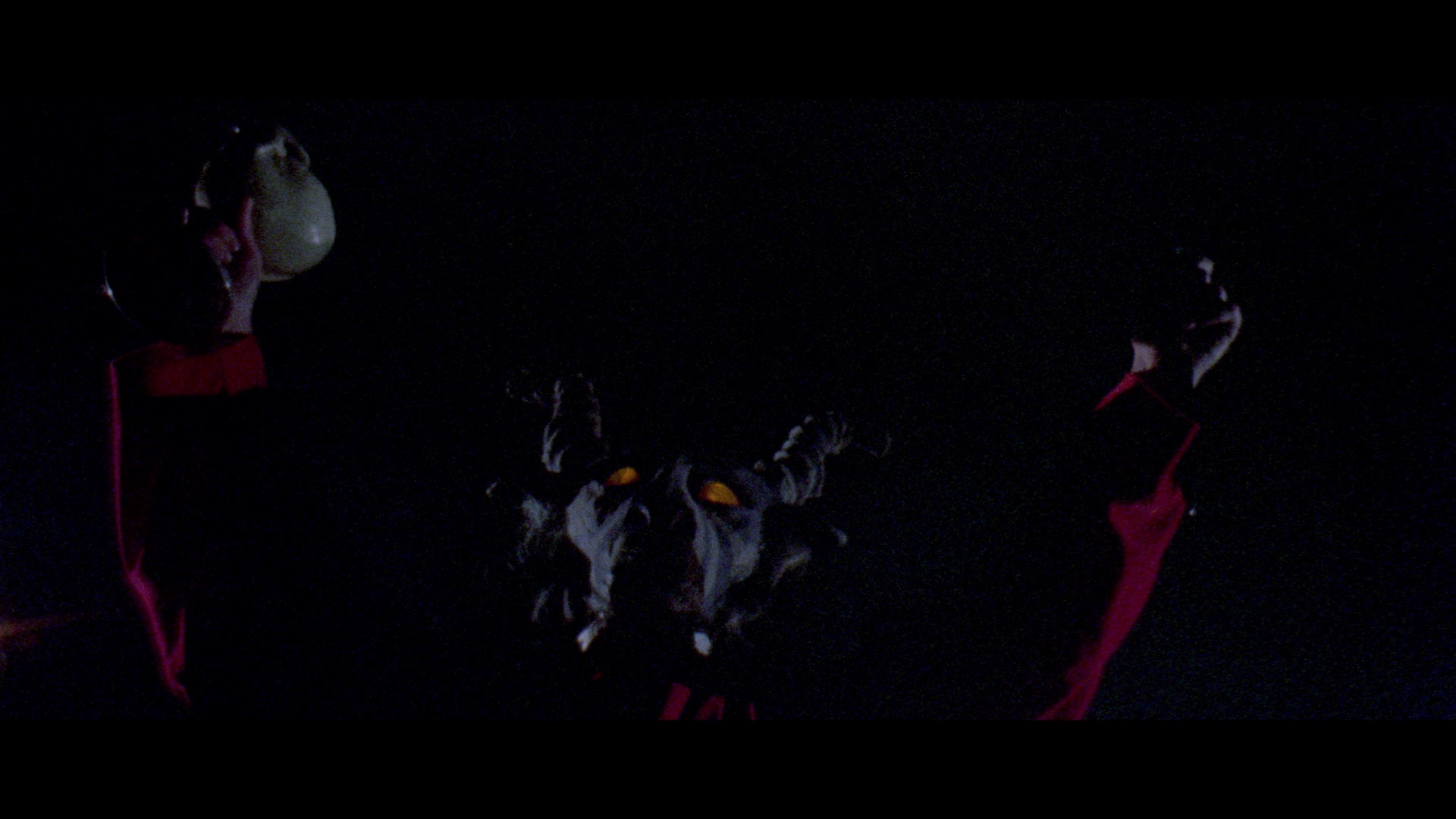
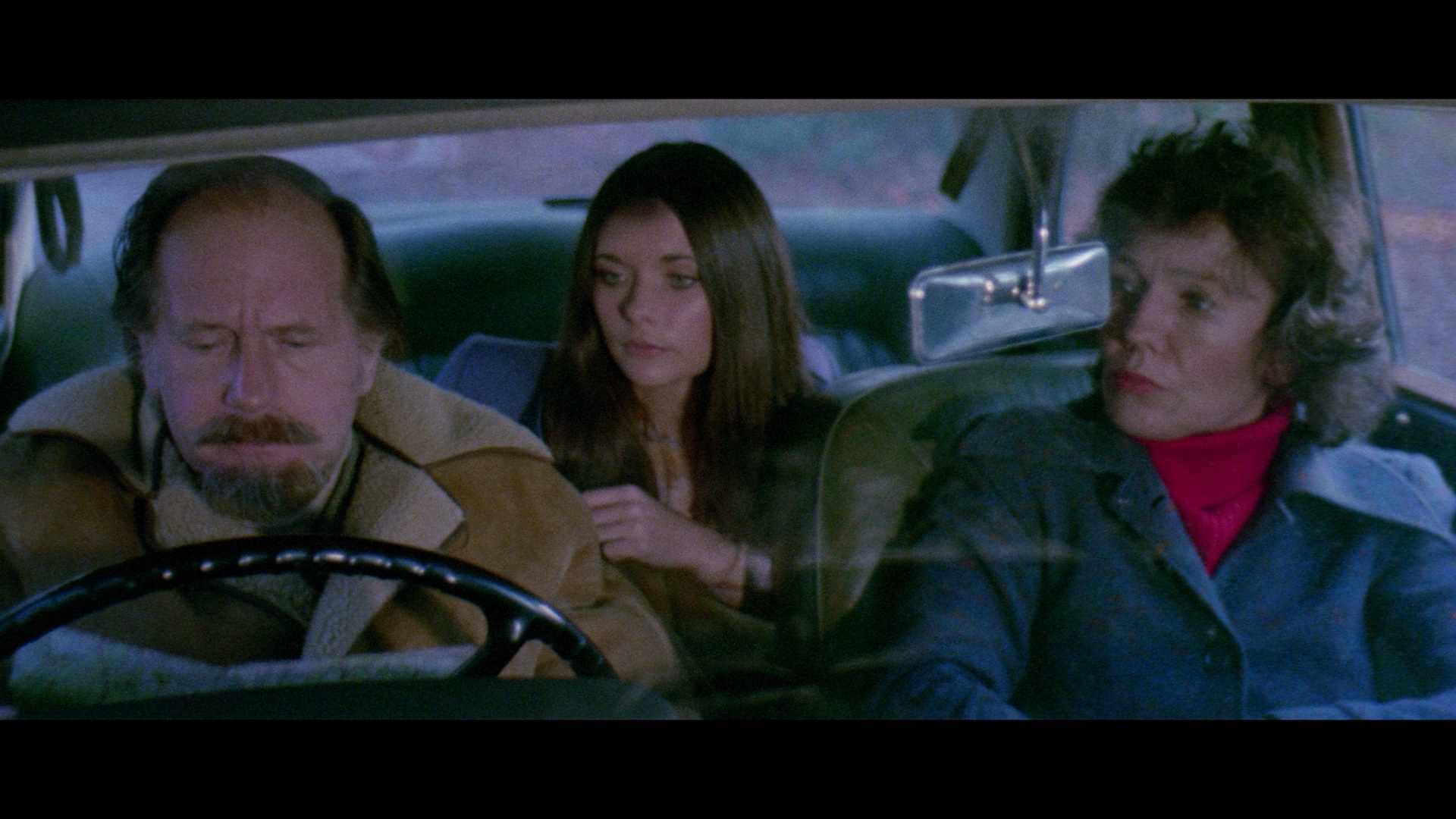
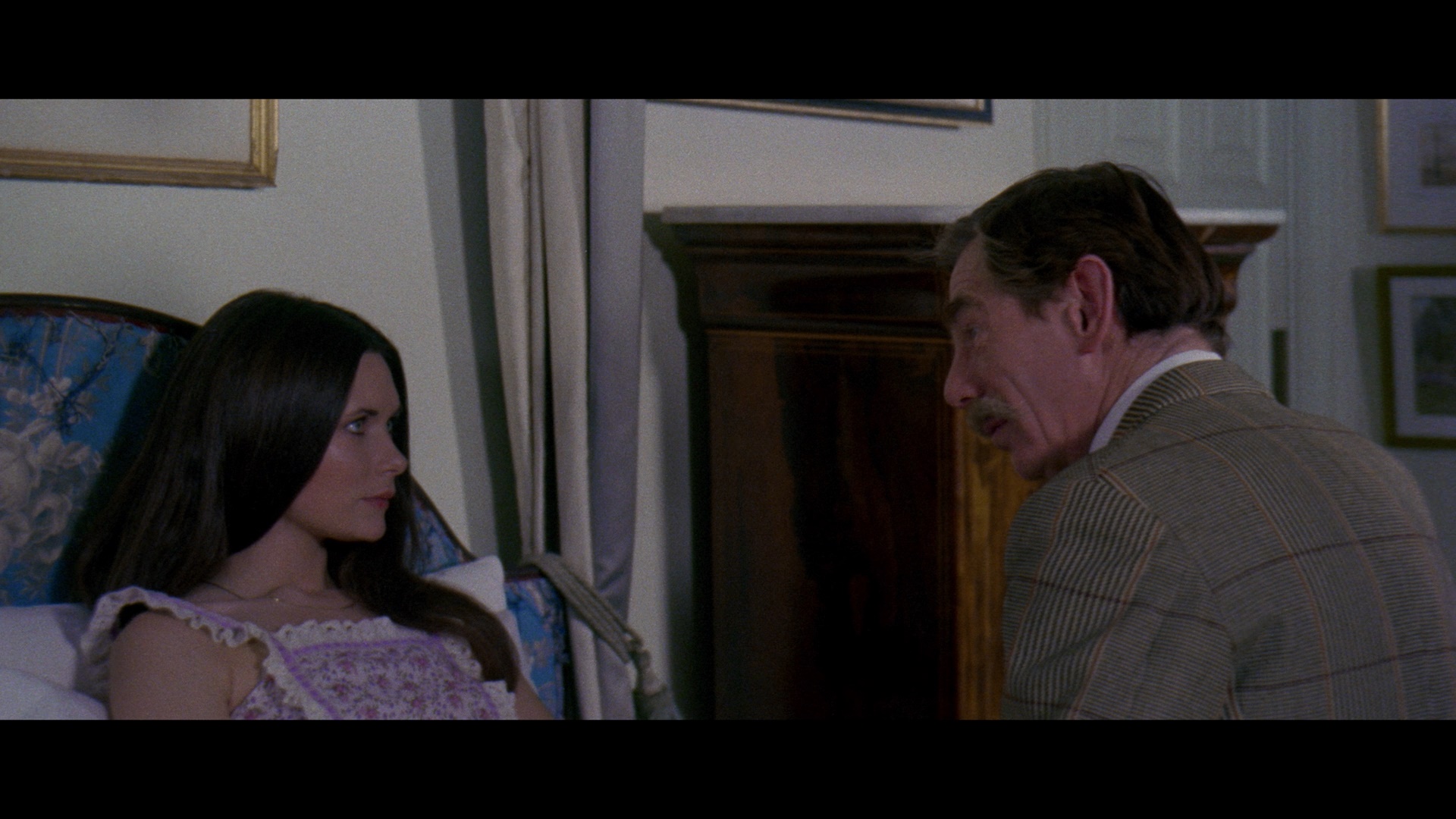
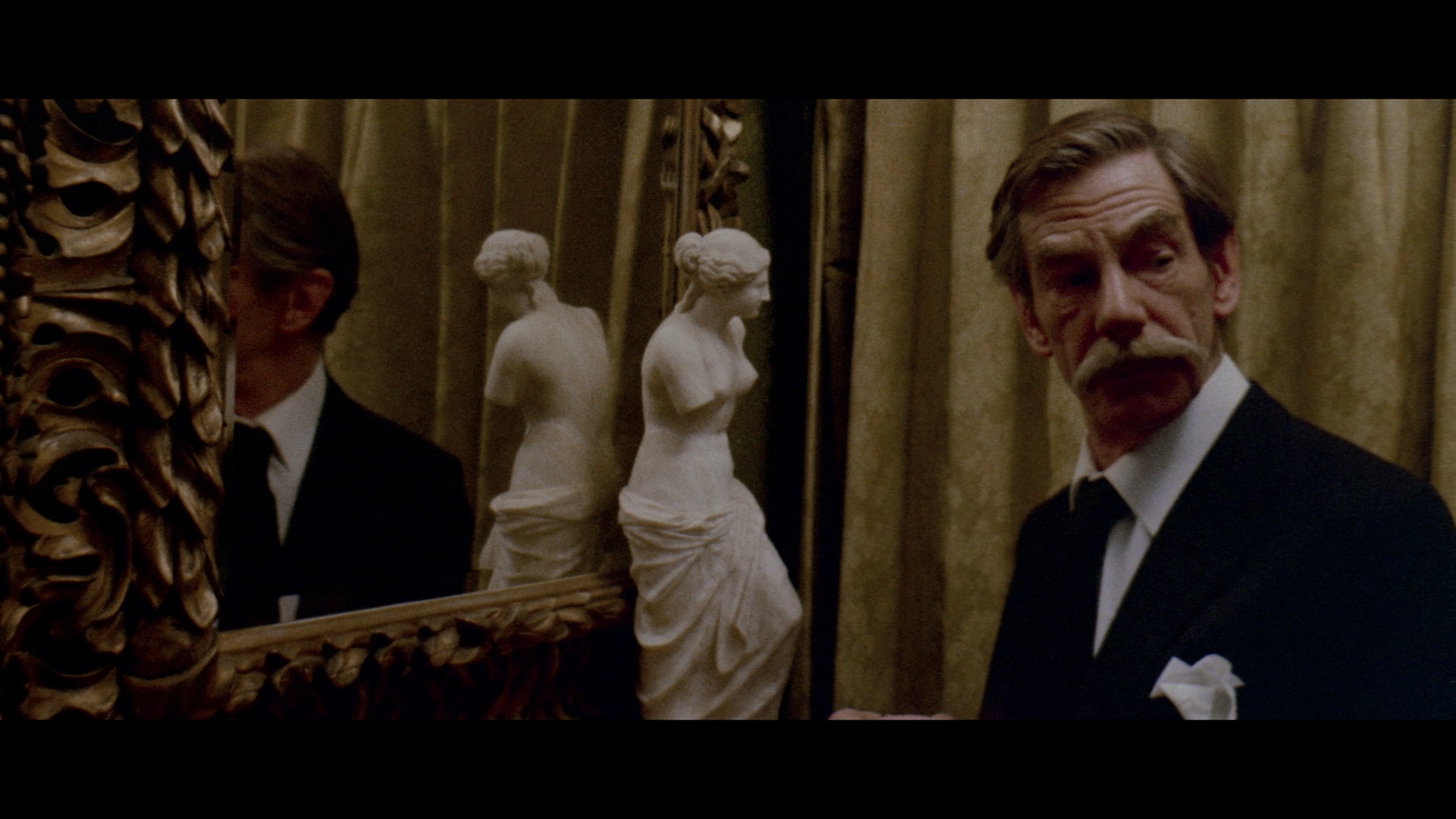
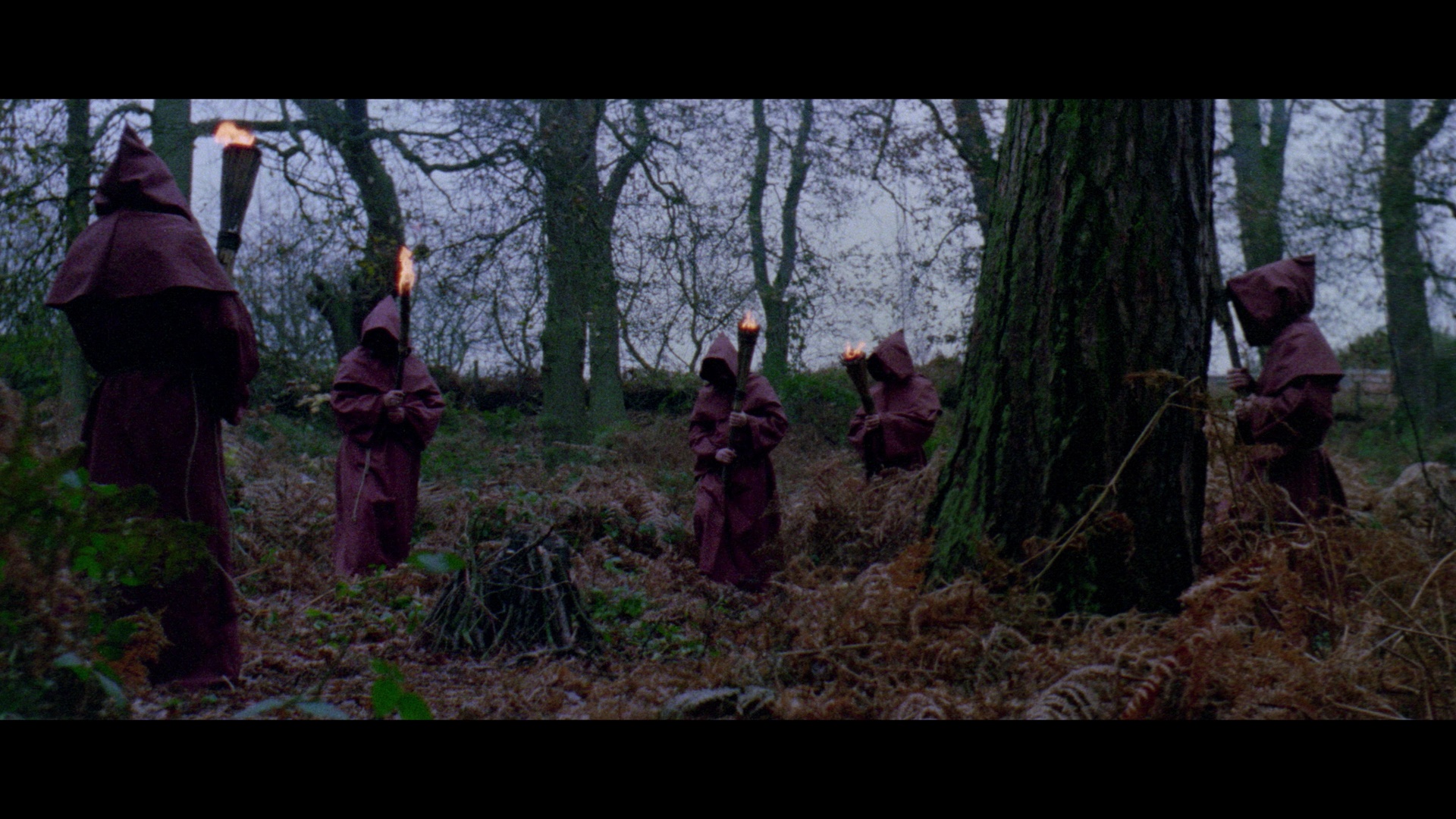
SATAN'S SLAVE: Vinegar Syndrome (Blu-ray)
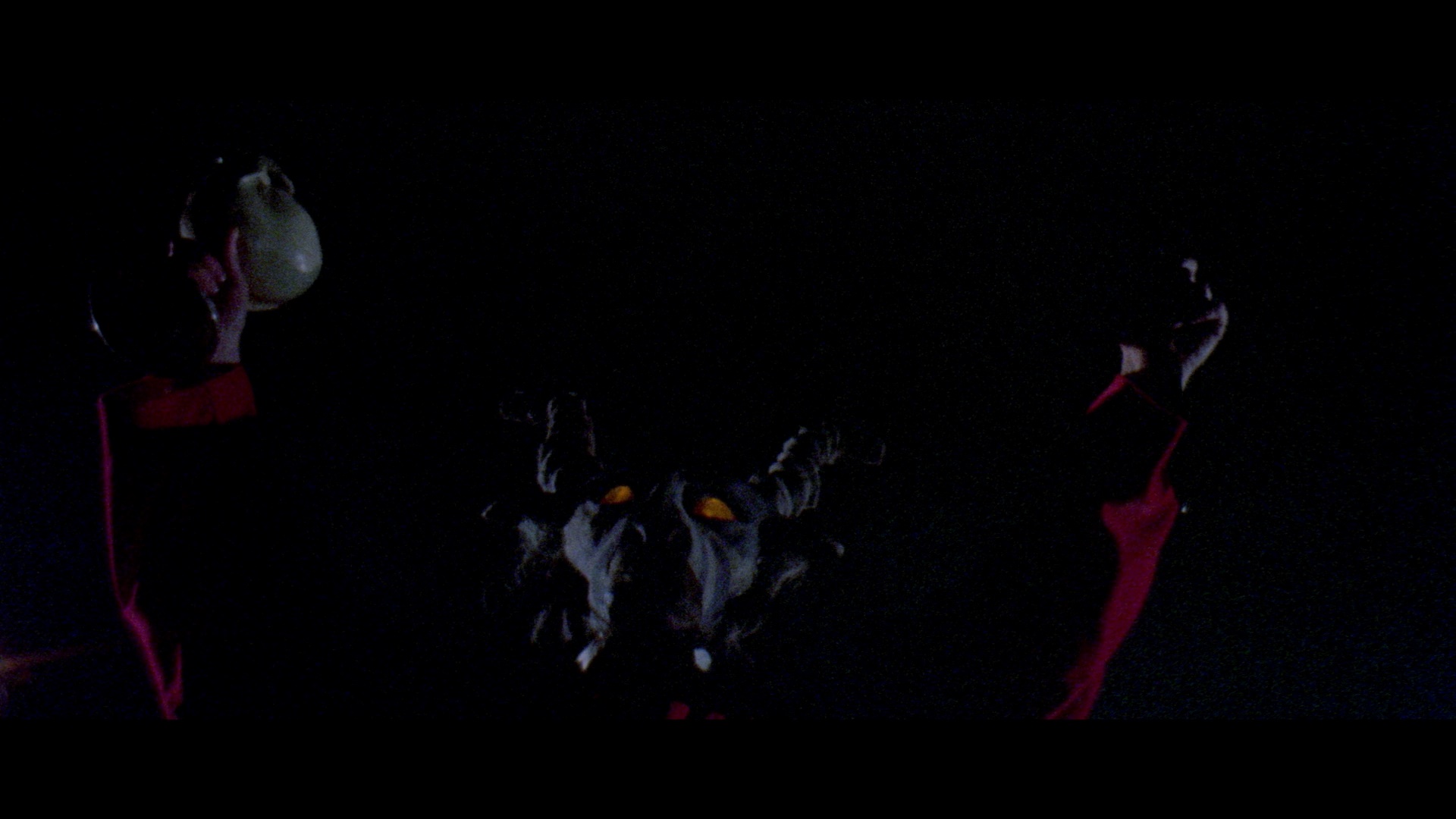

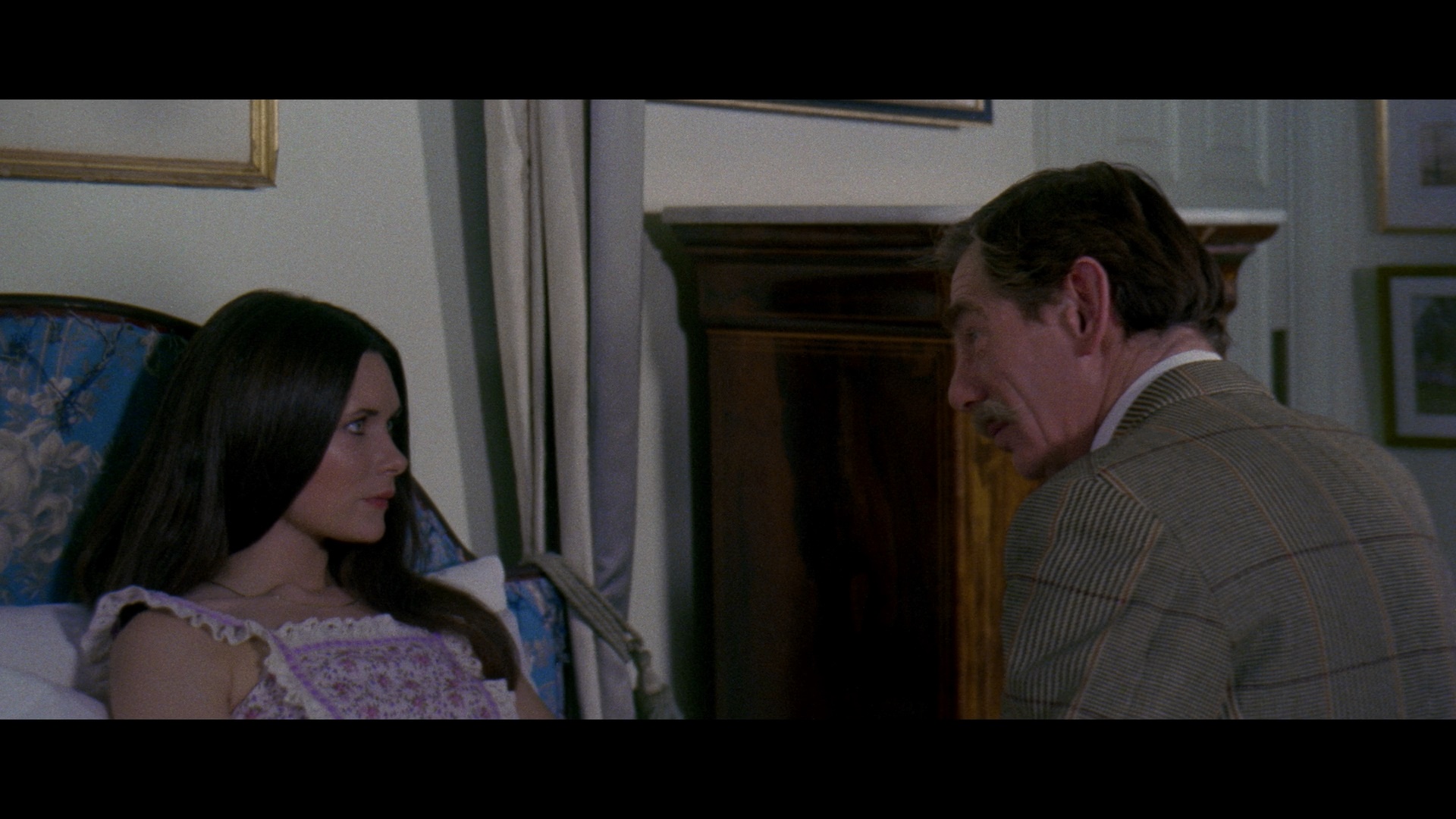
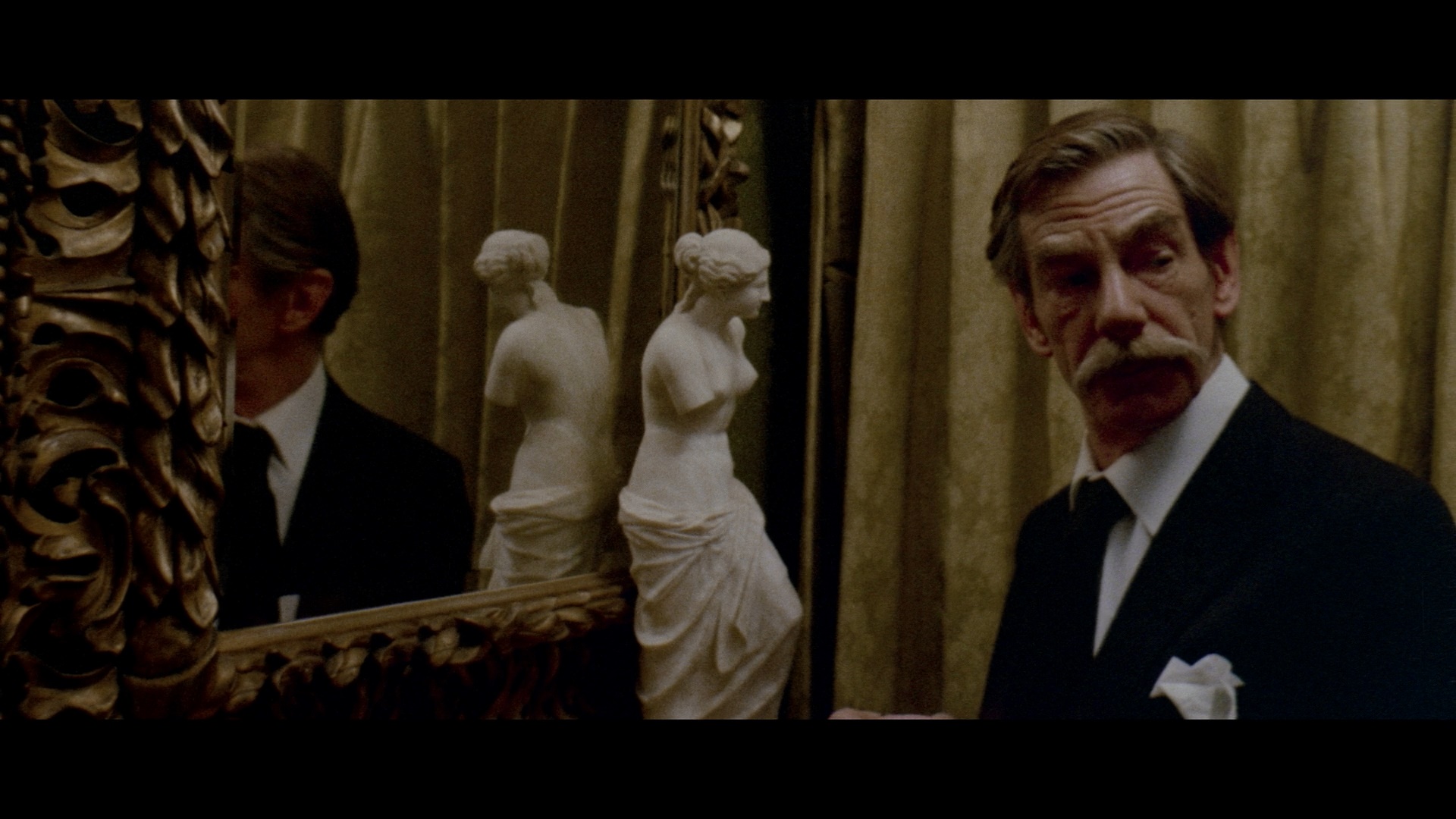

SATAN'S SLAVE: Scorpion Releasing (DVD)
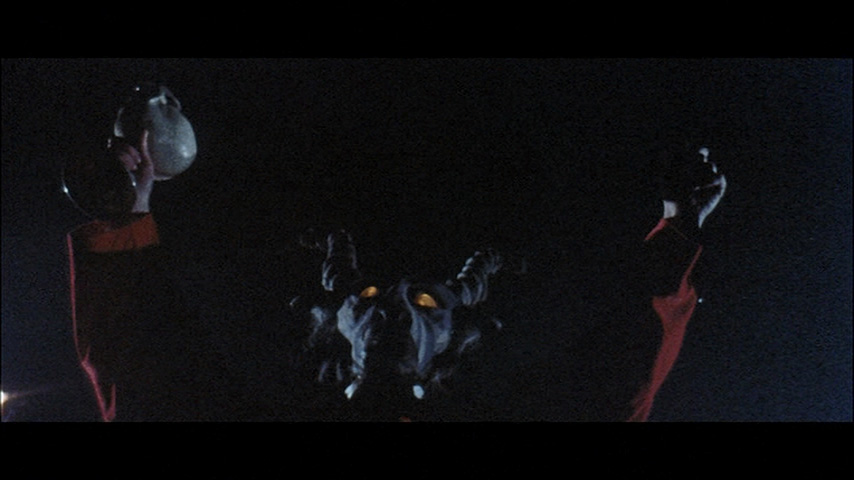
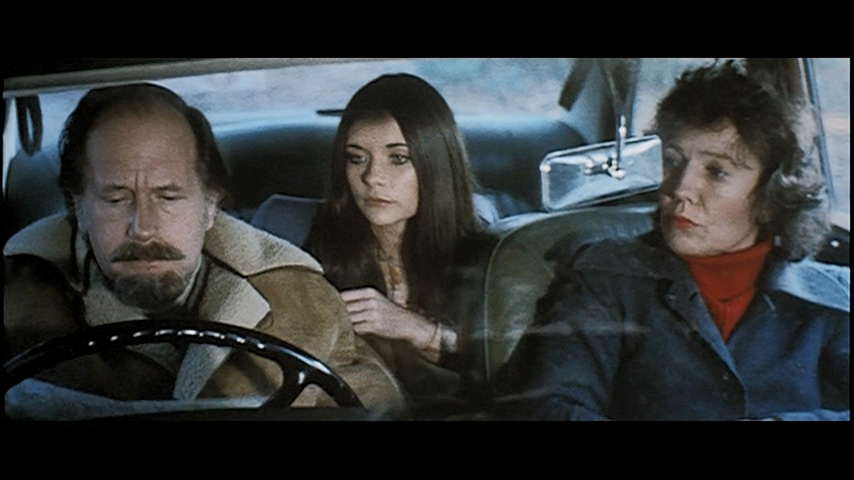
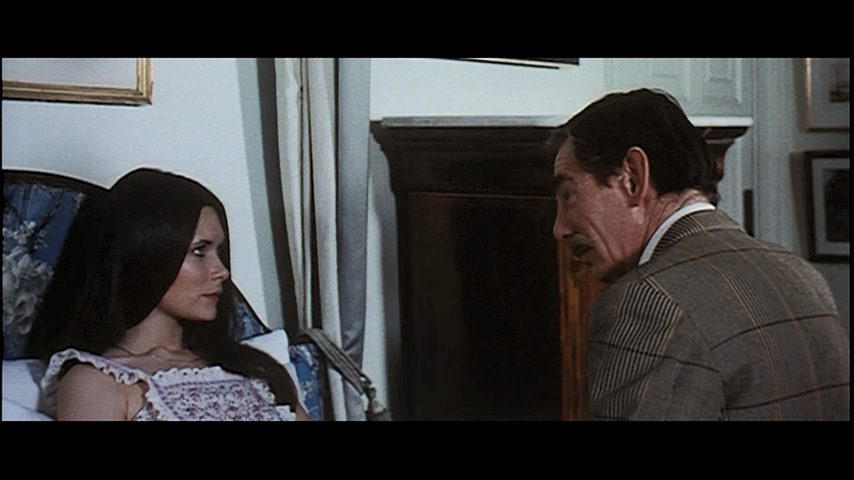
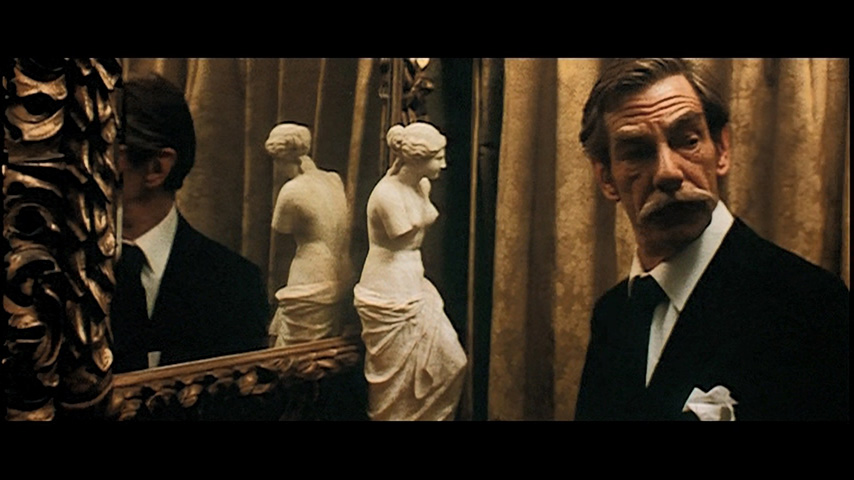

SATAN'S SLAVE: Anchor Bay (DVD)
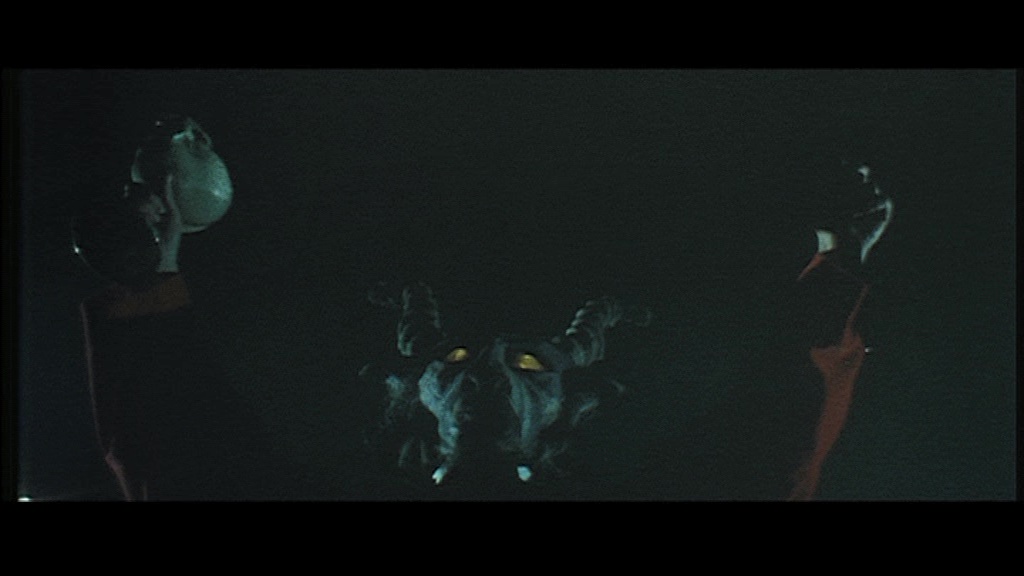
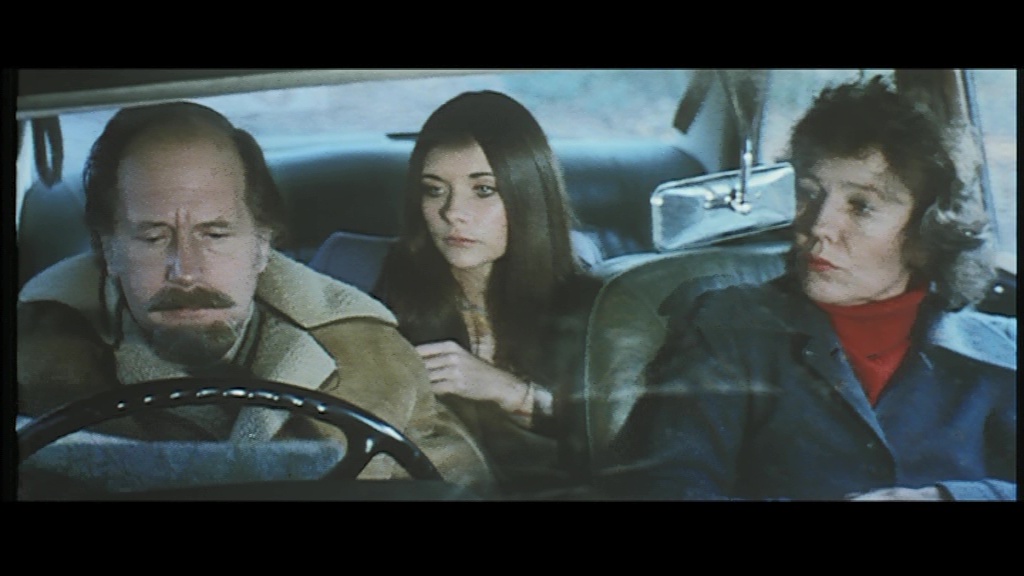
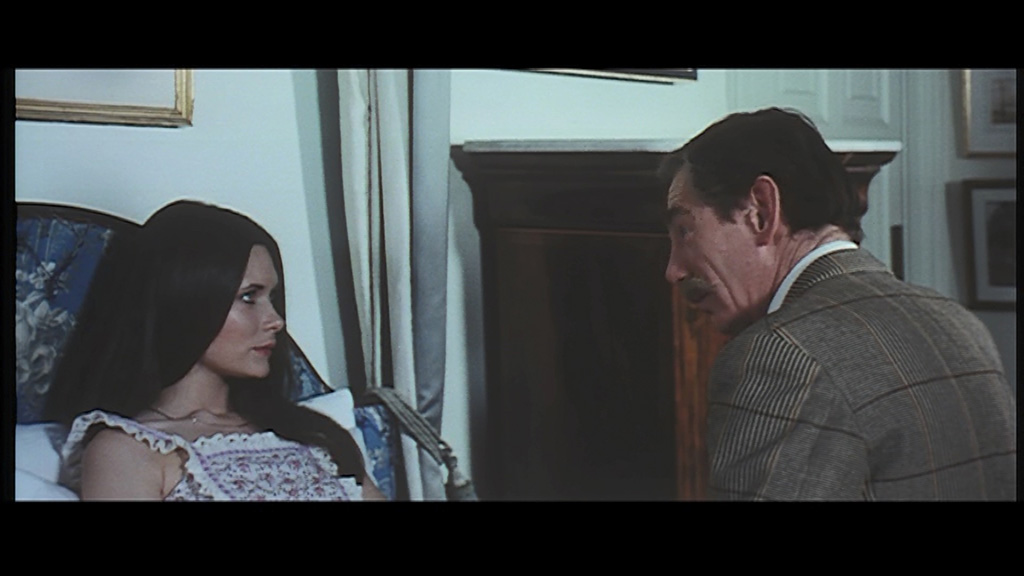
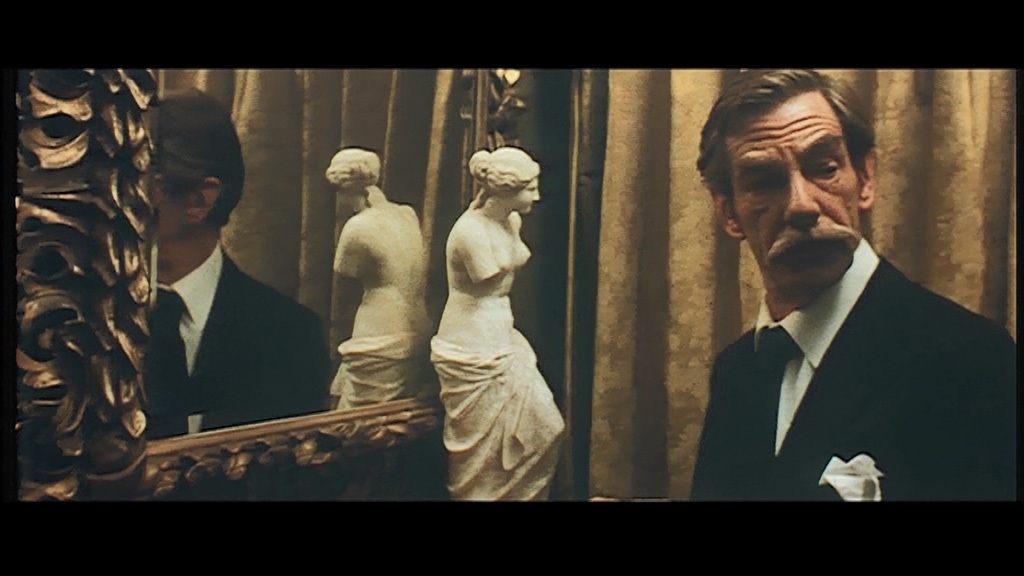
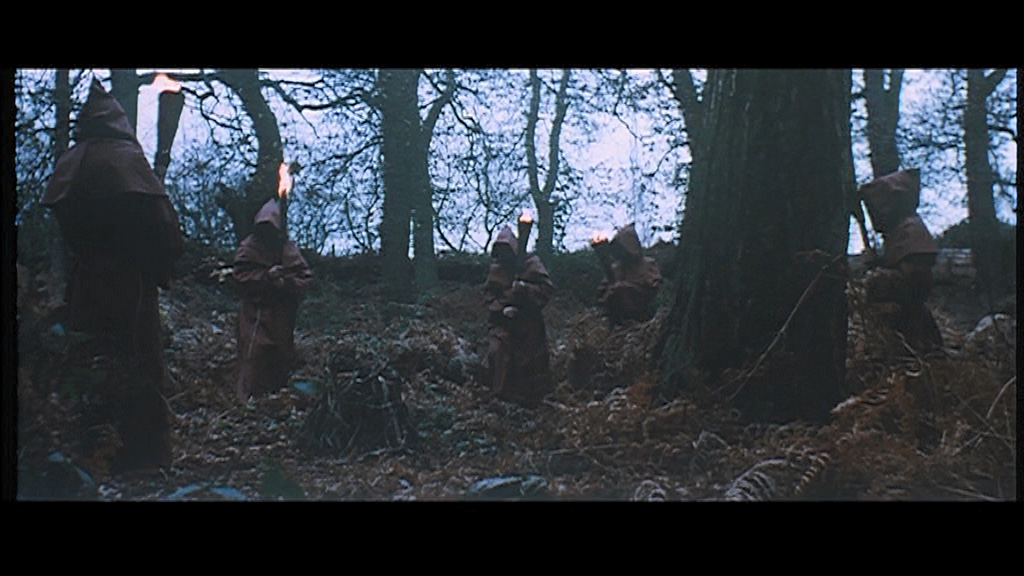
PREY: Indicator (Blu-ray)
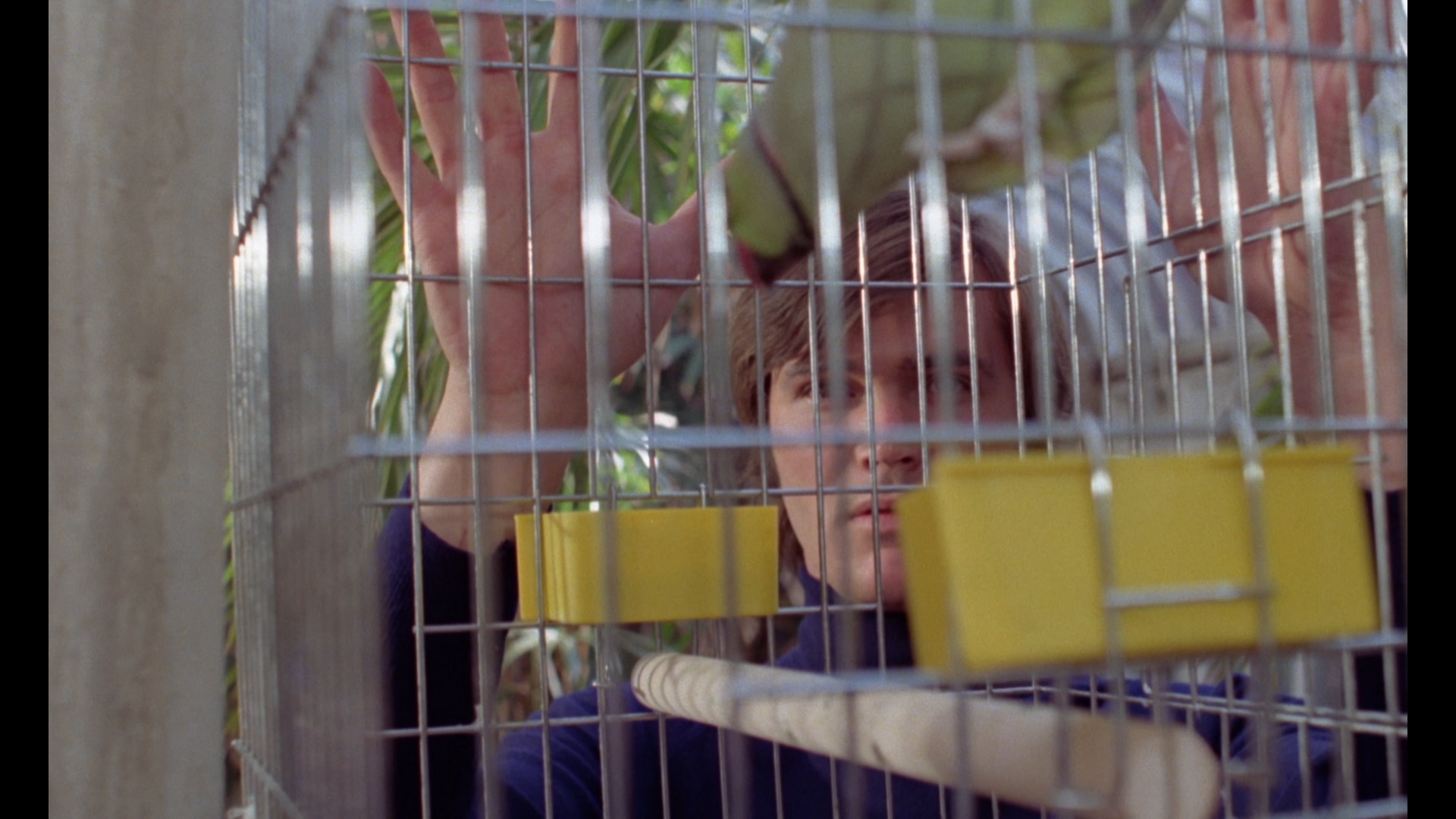
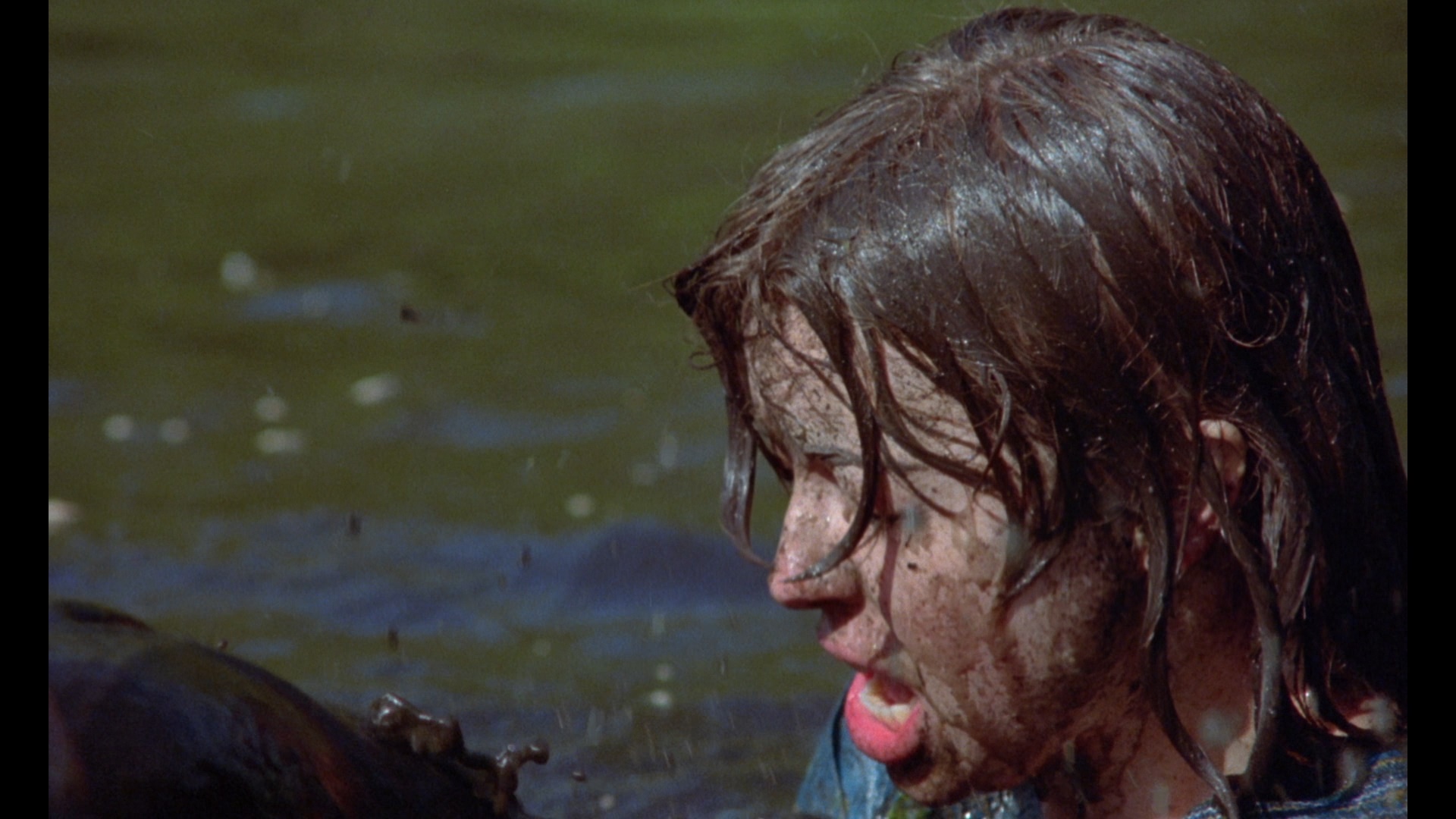
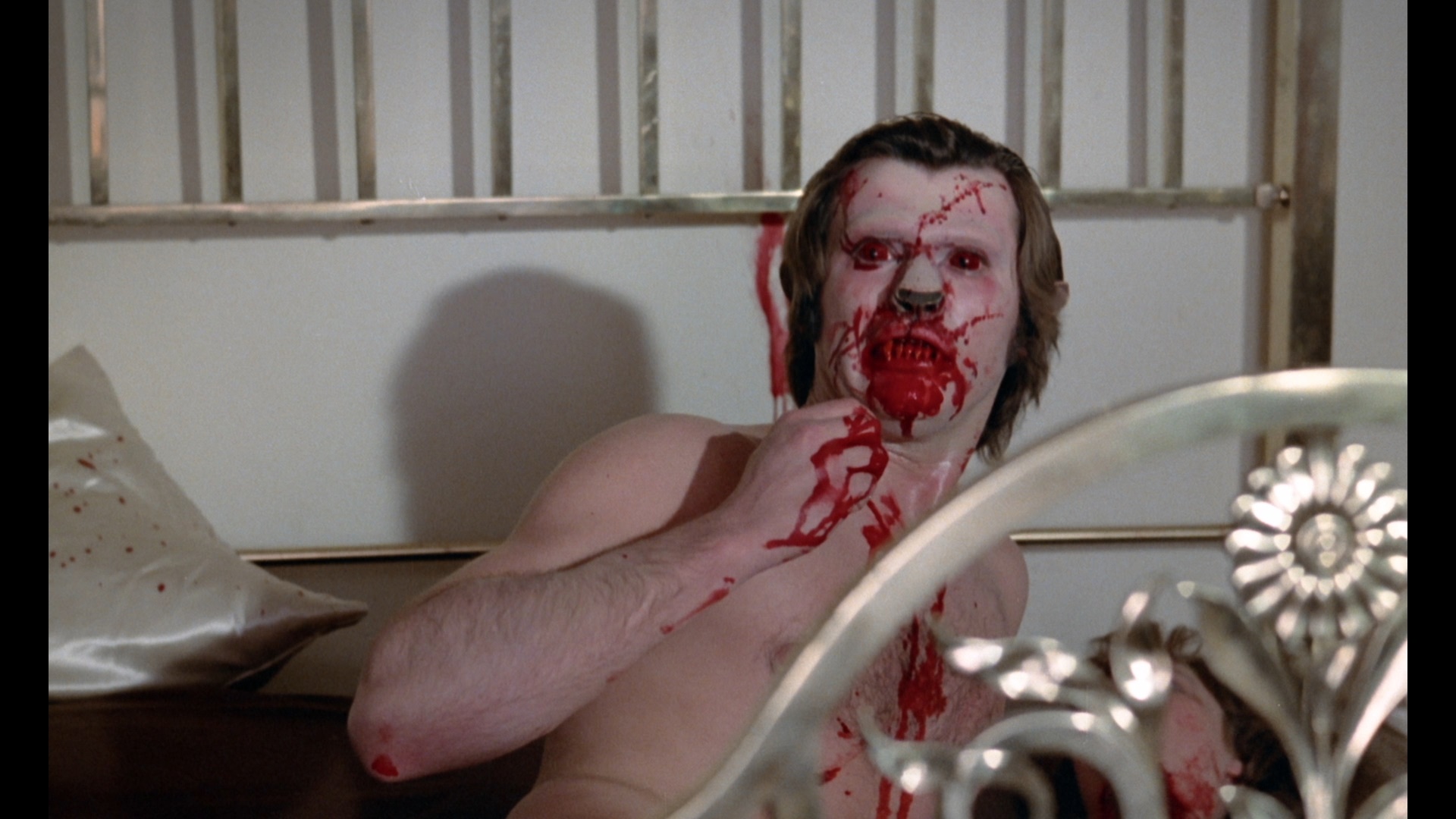
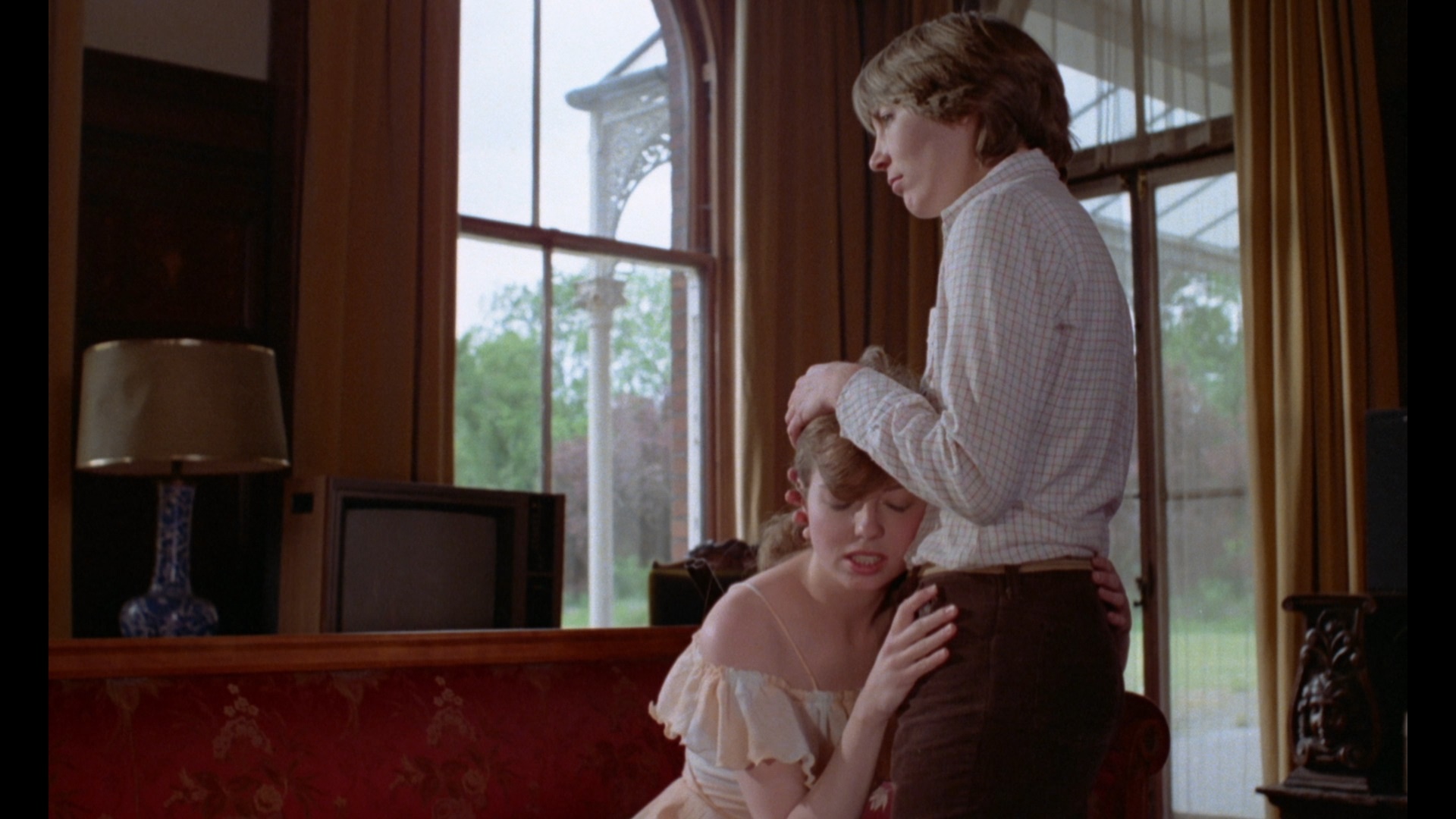
PREY: Vinegar Syndrome (Blu-ray)
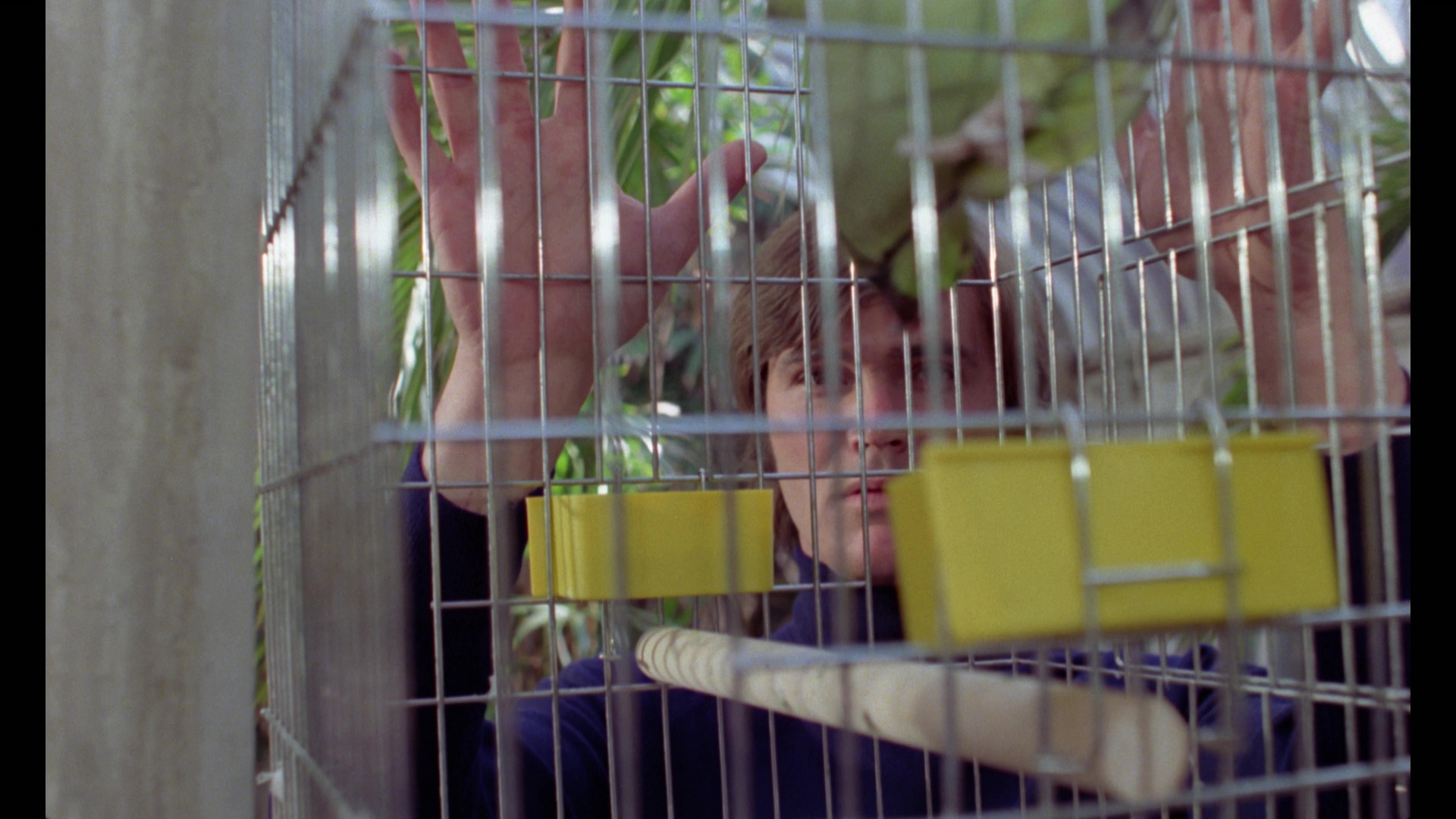

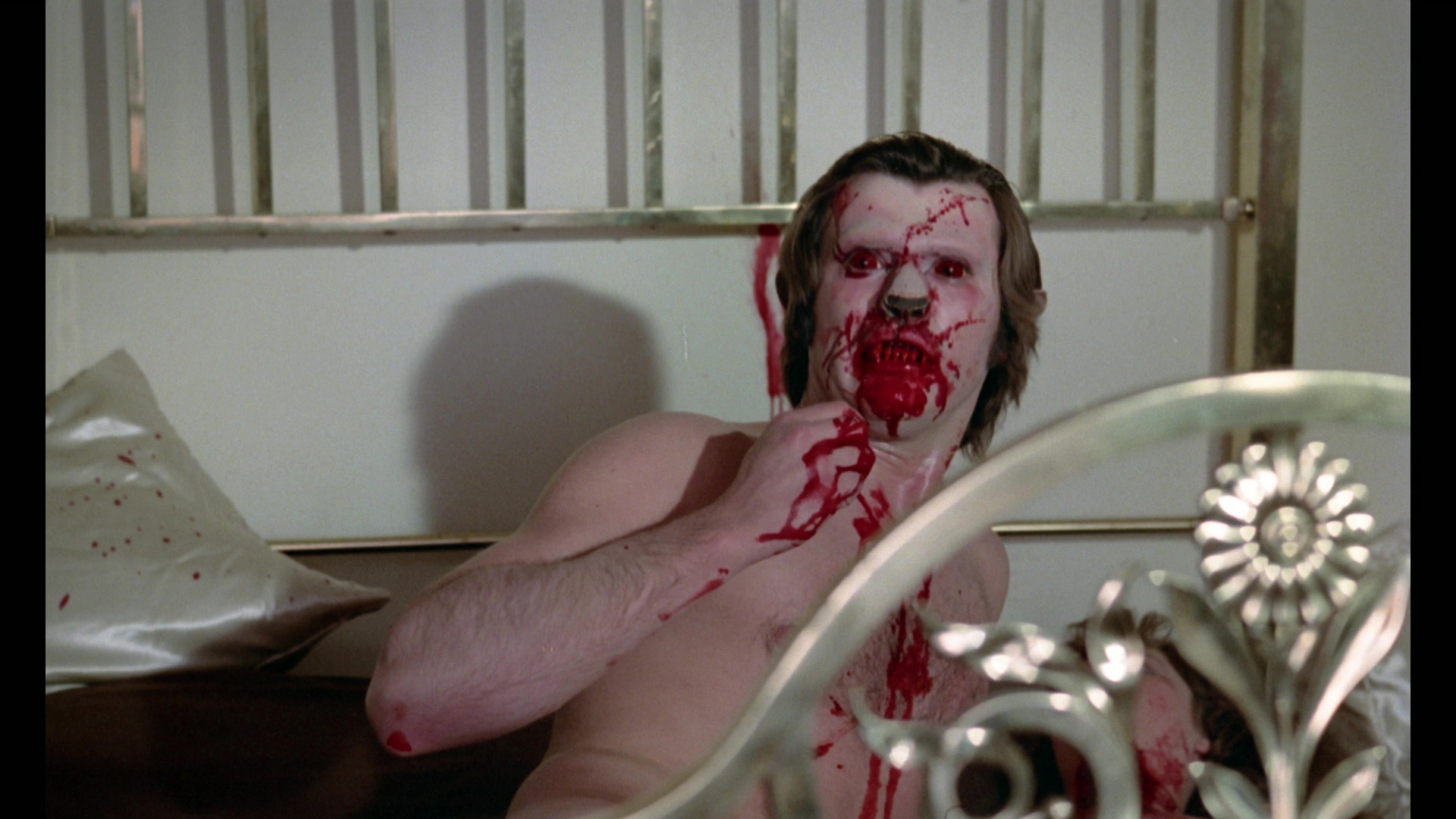
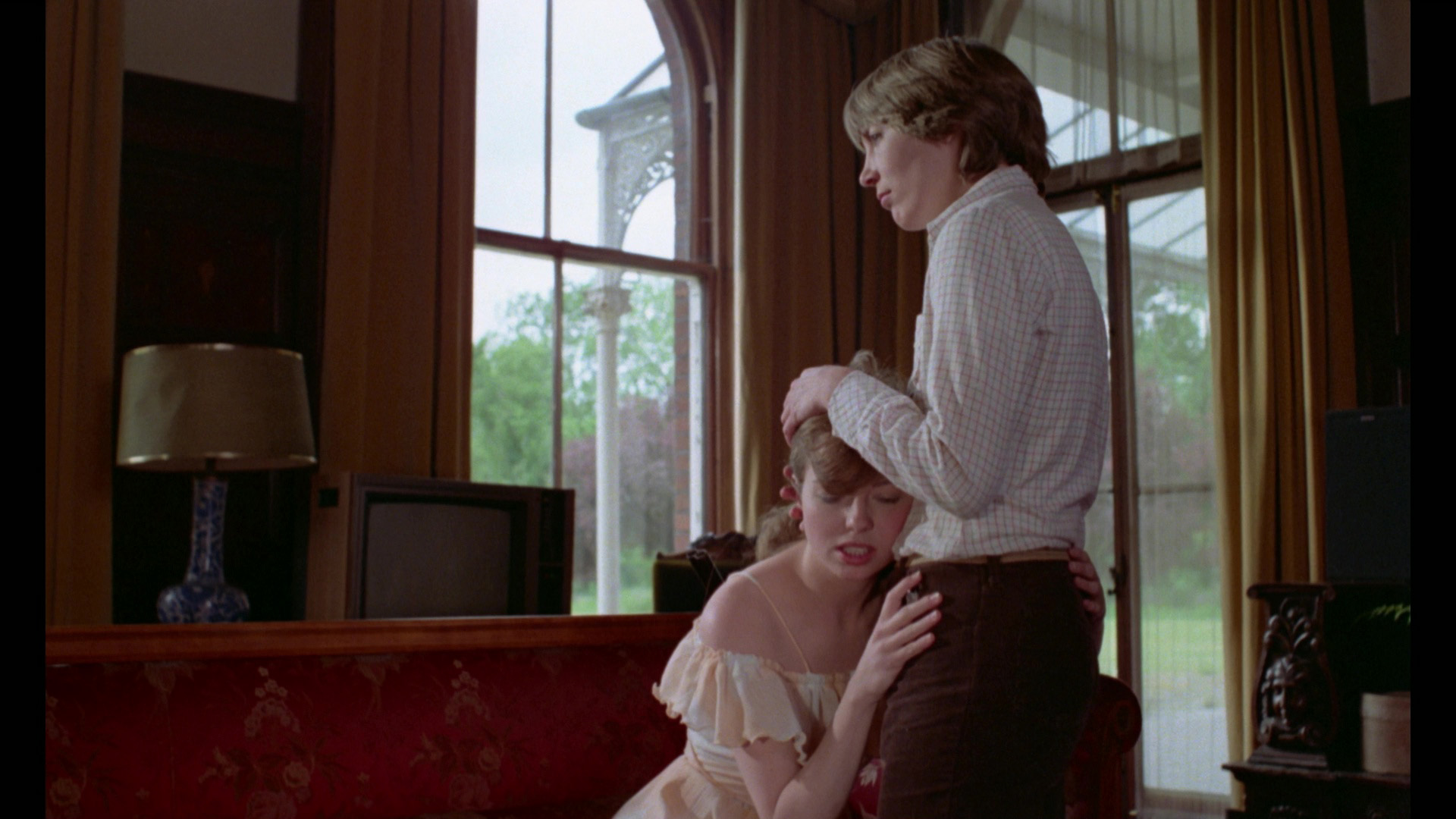
PREY: Anchor Bay (DVD)
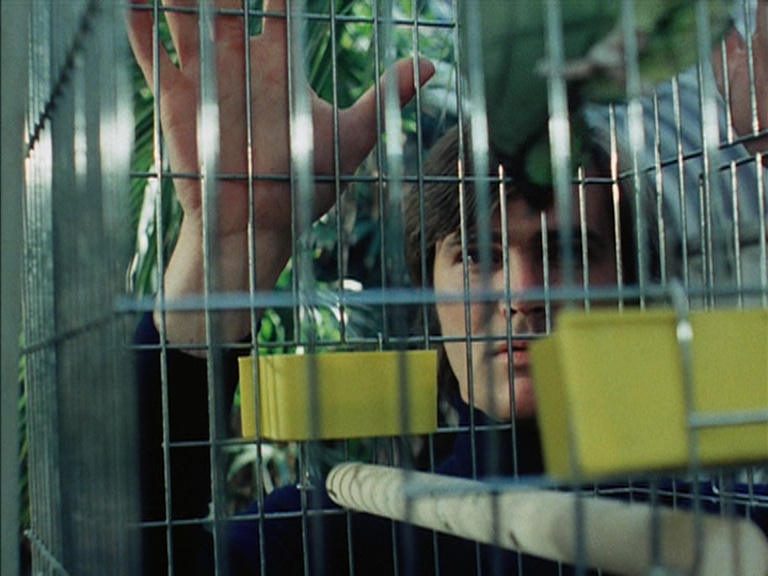
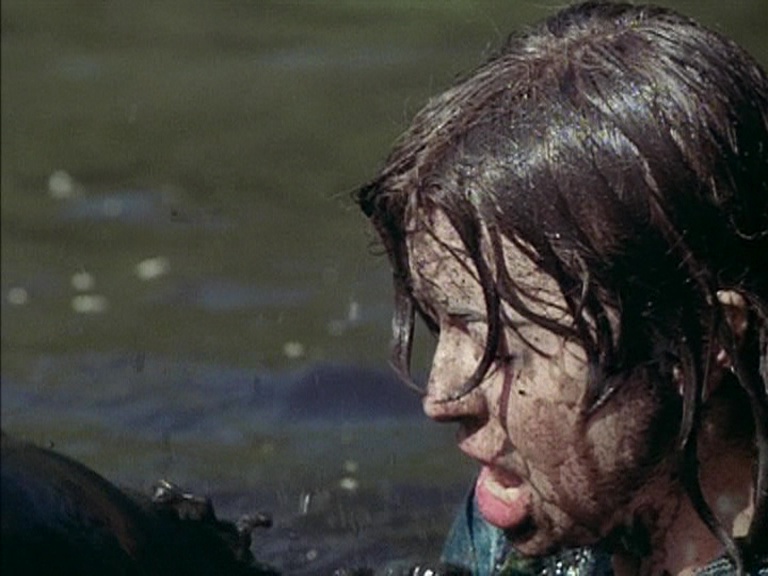
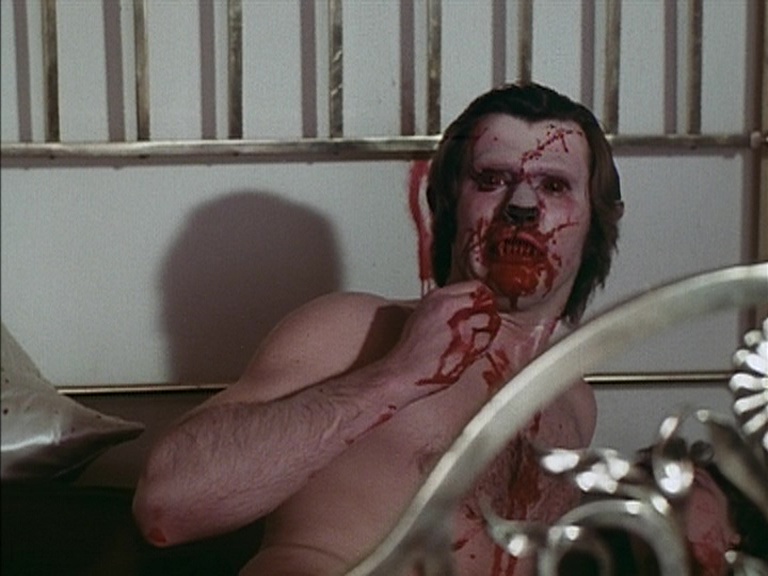
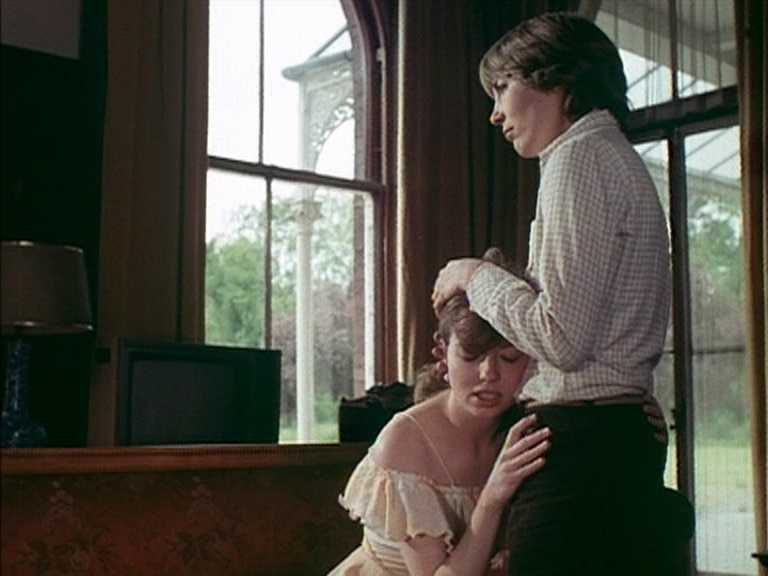
TERROR: Indicator (Blu-ray)
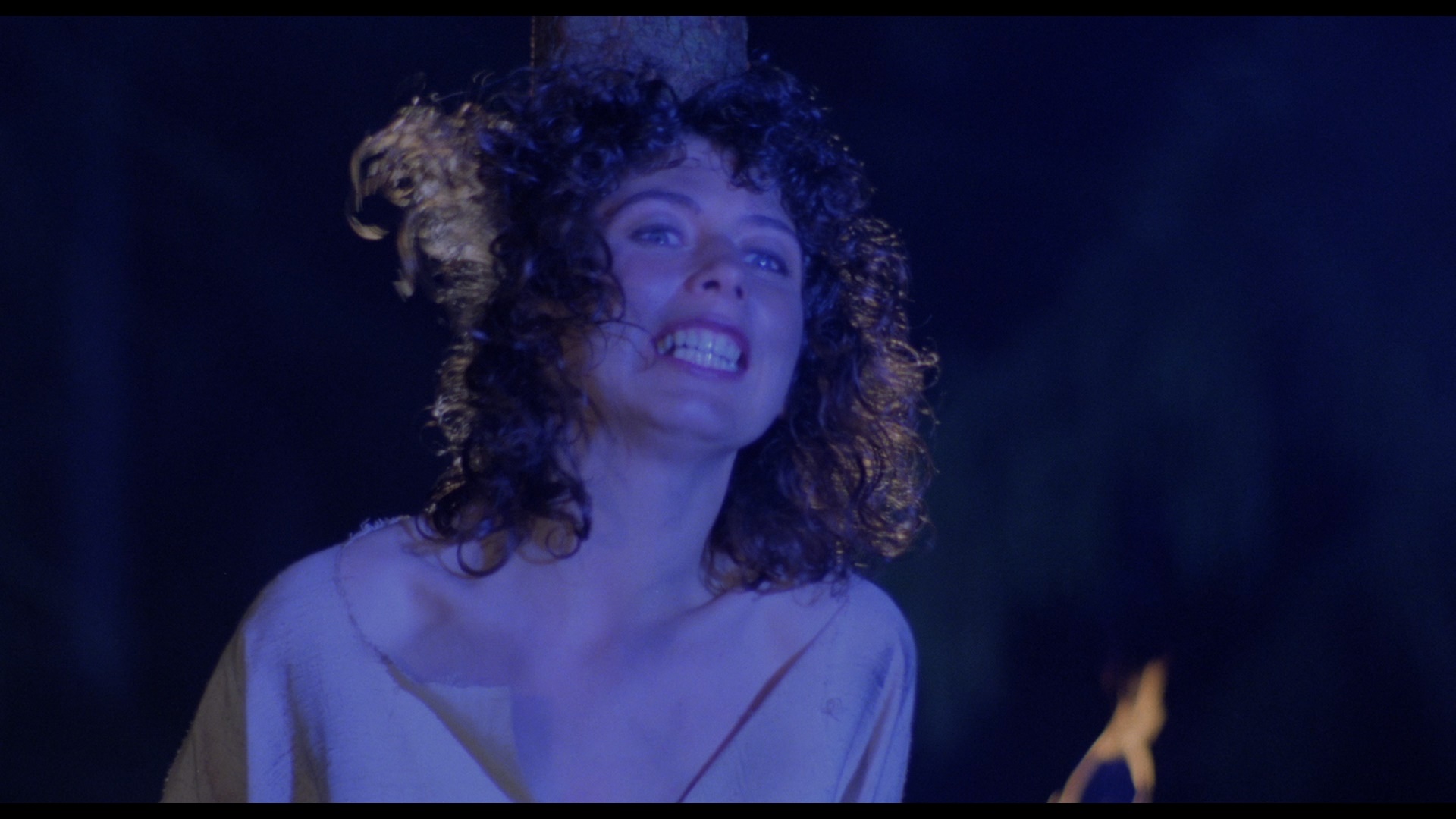
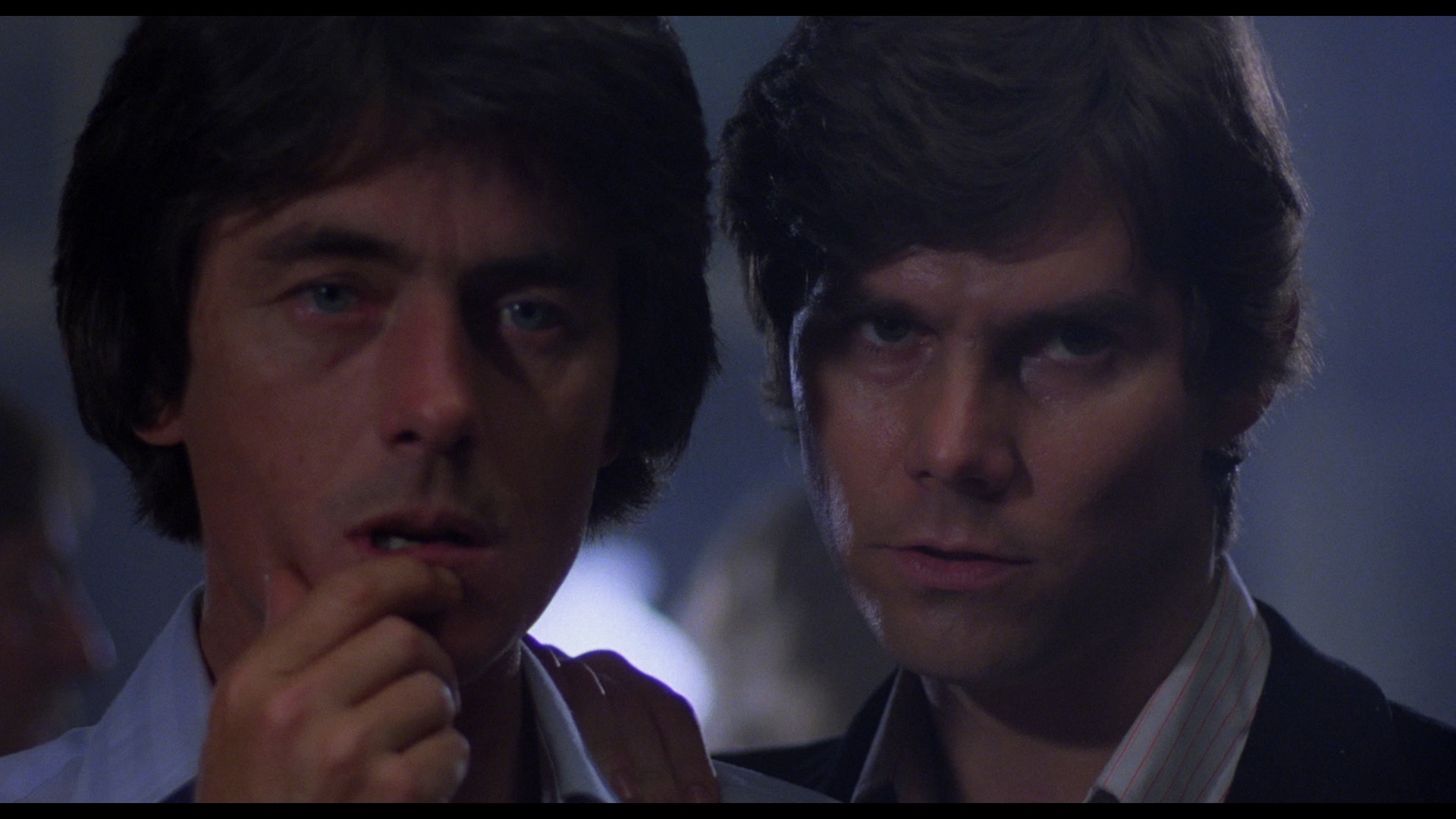
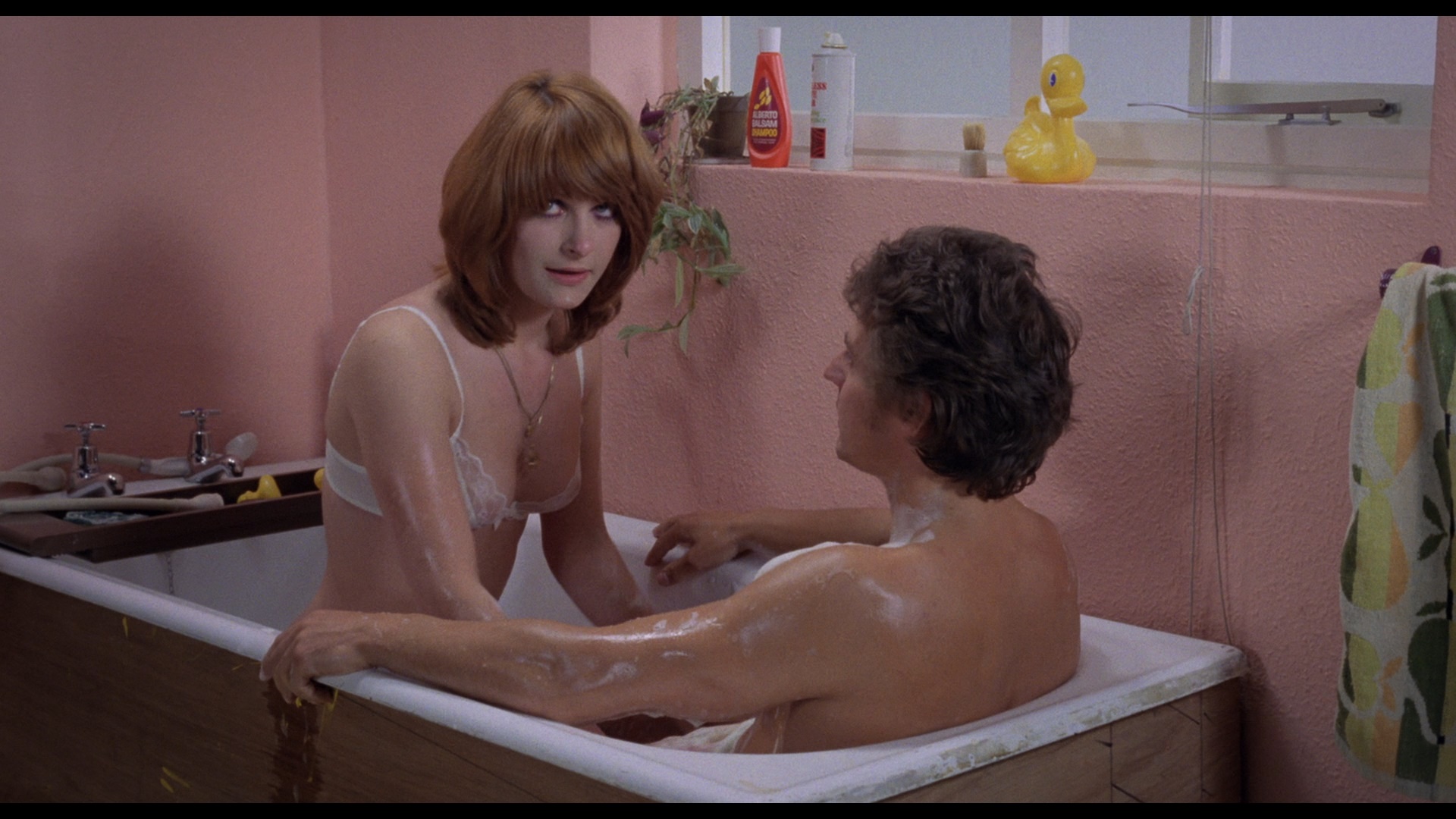
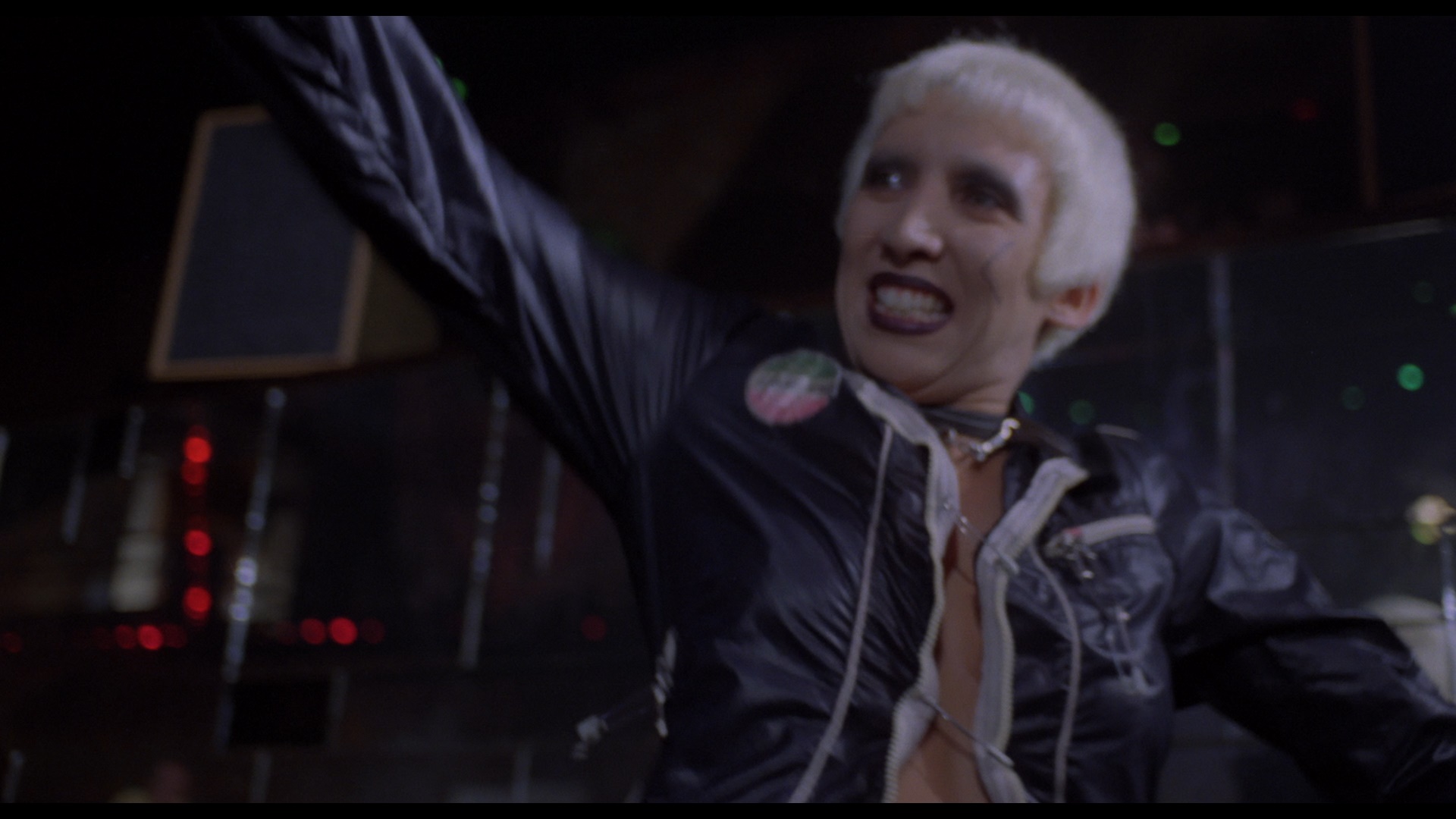

TERROR: Vinegar Syndrome (Blu-ray)

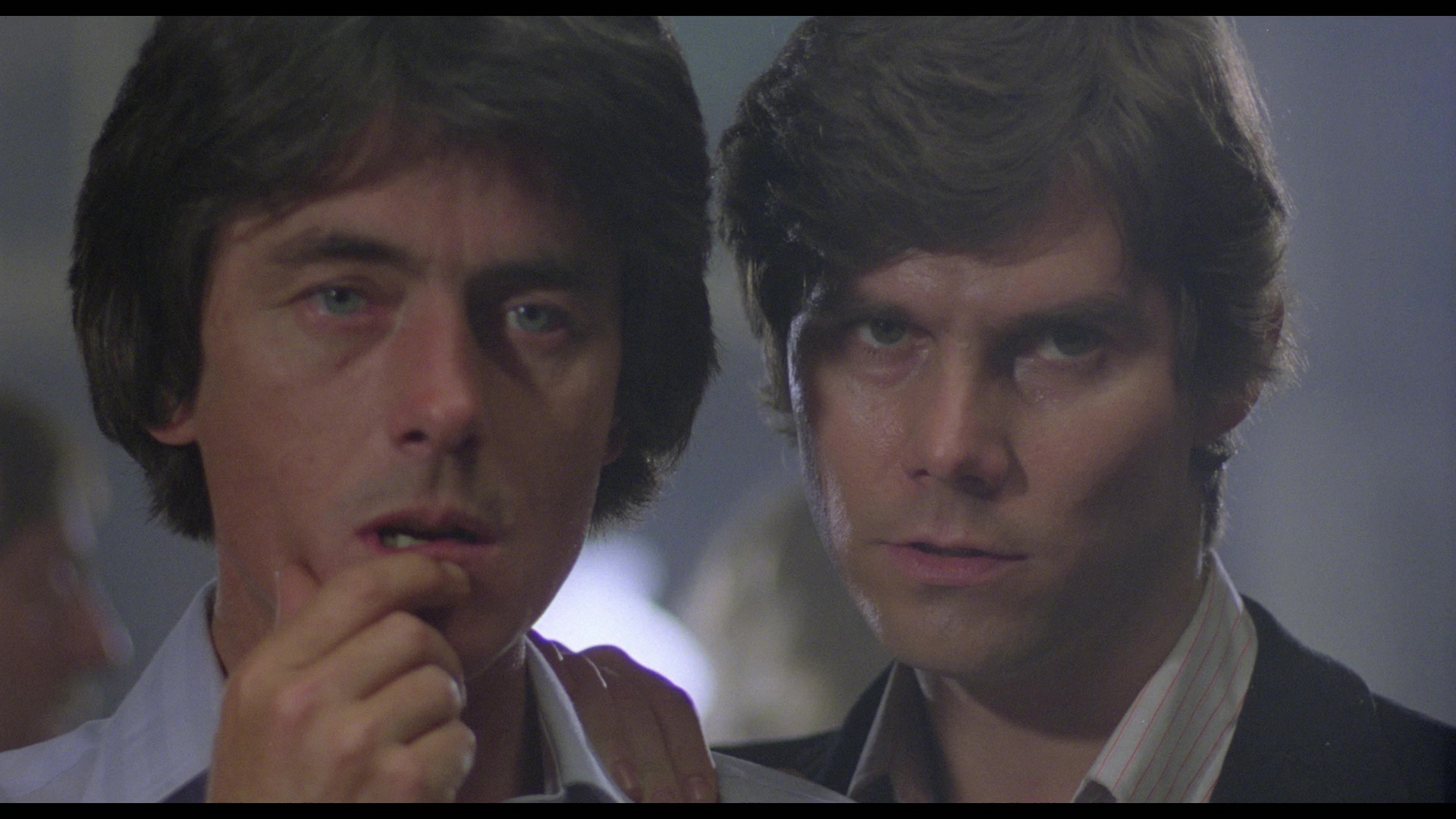
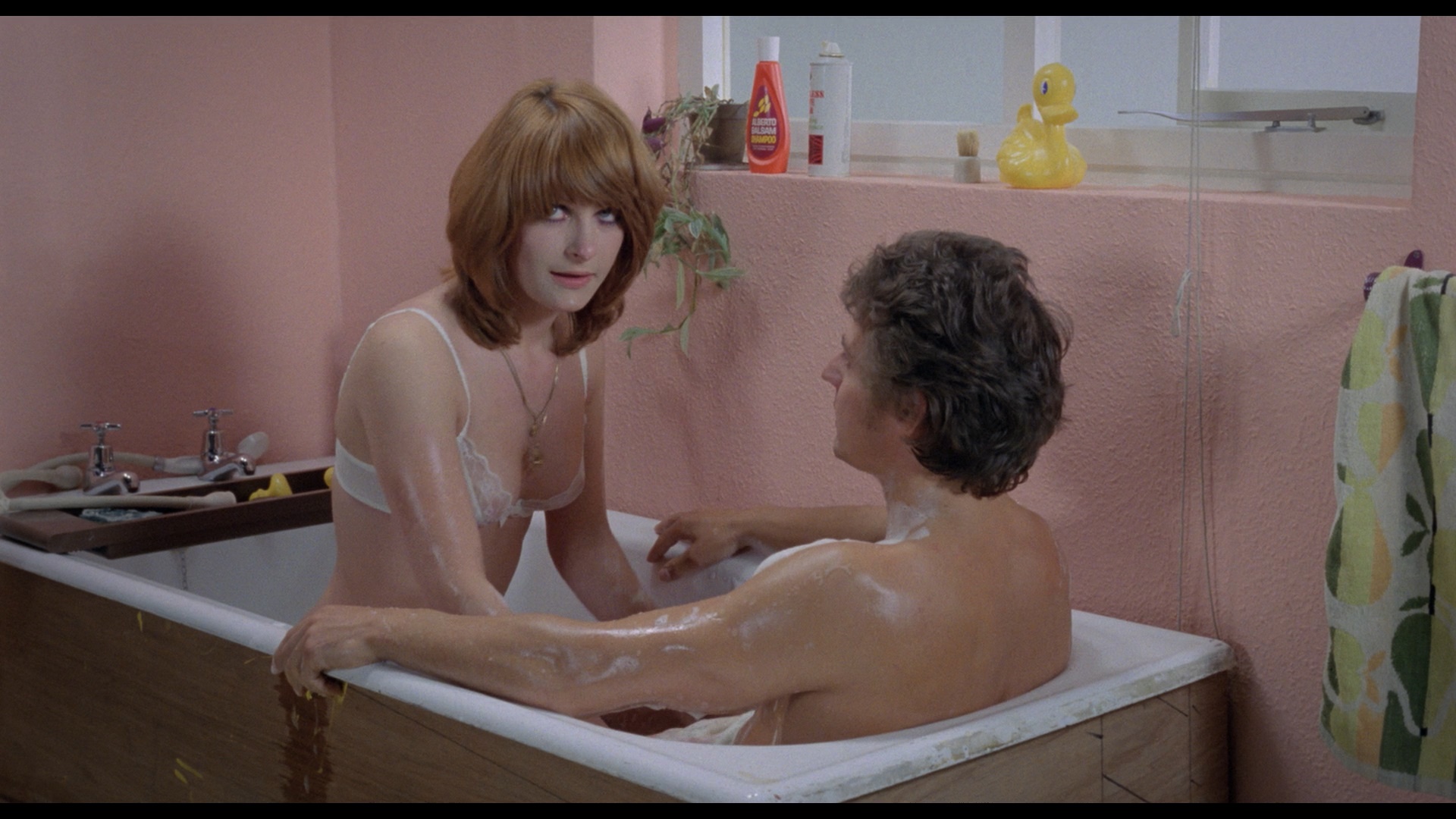
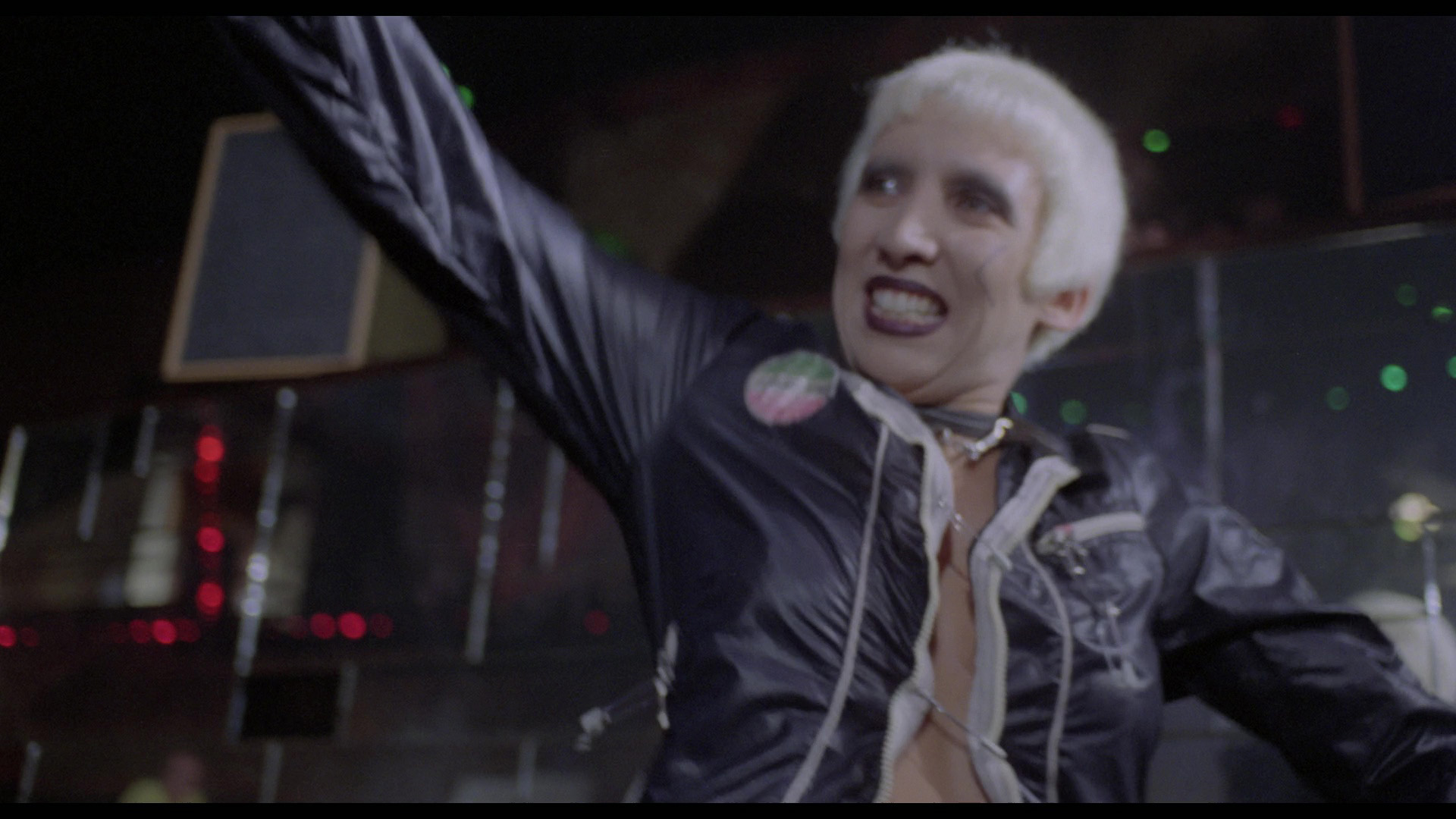
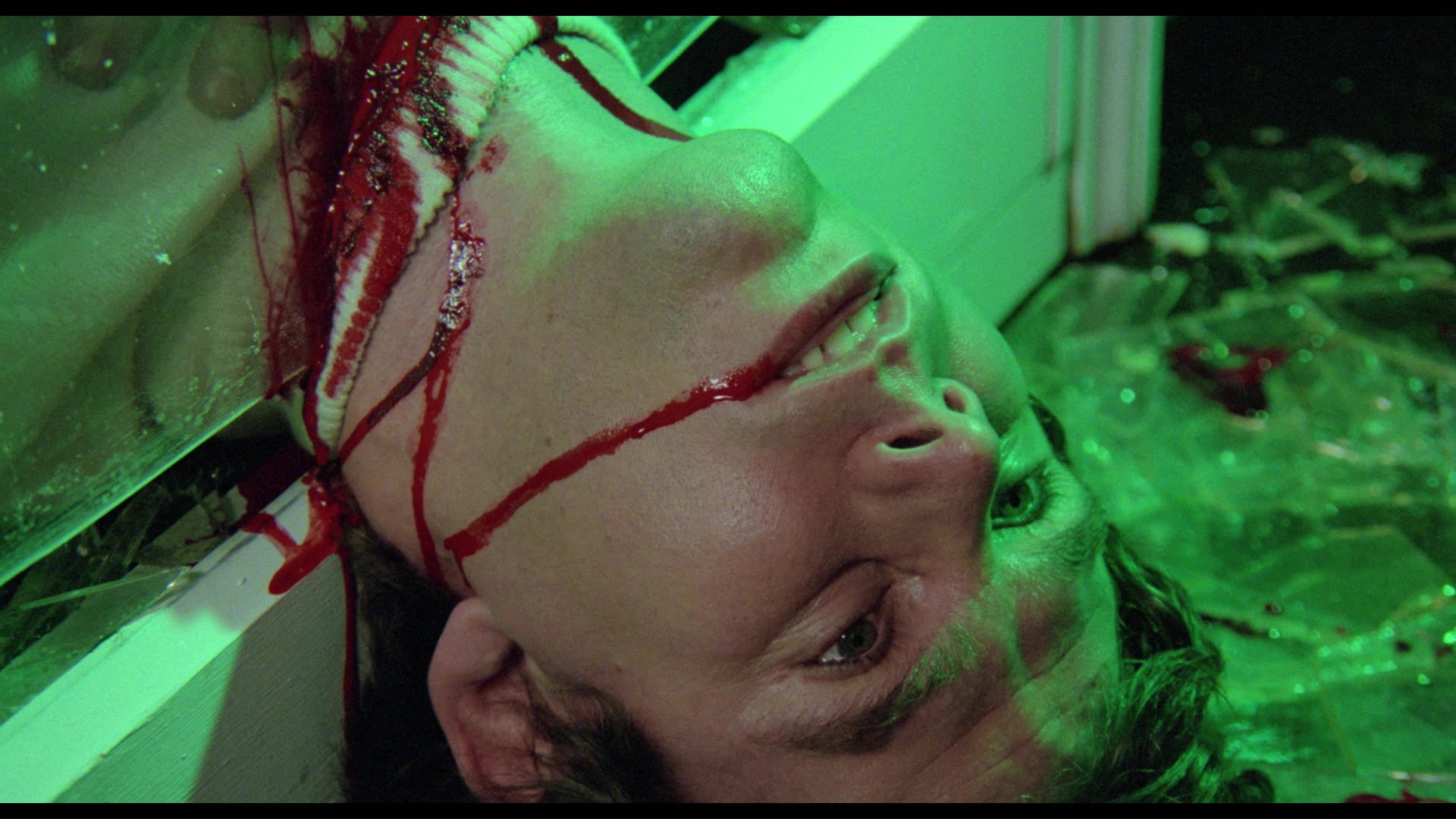
BLOODY NEW YEAR: Indicator (Blu-ray)
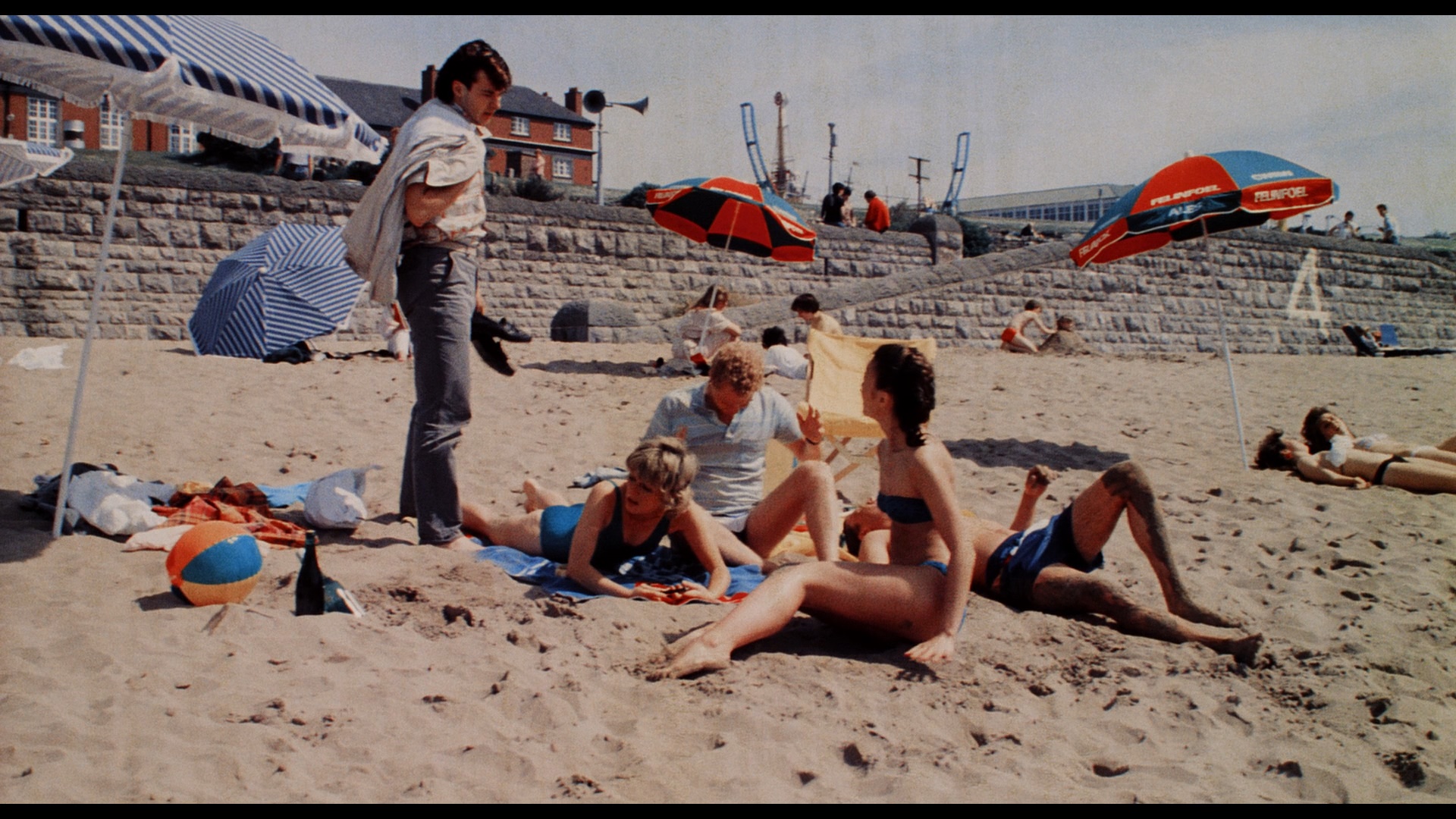
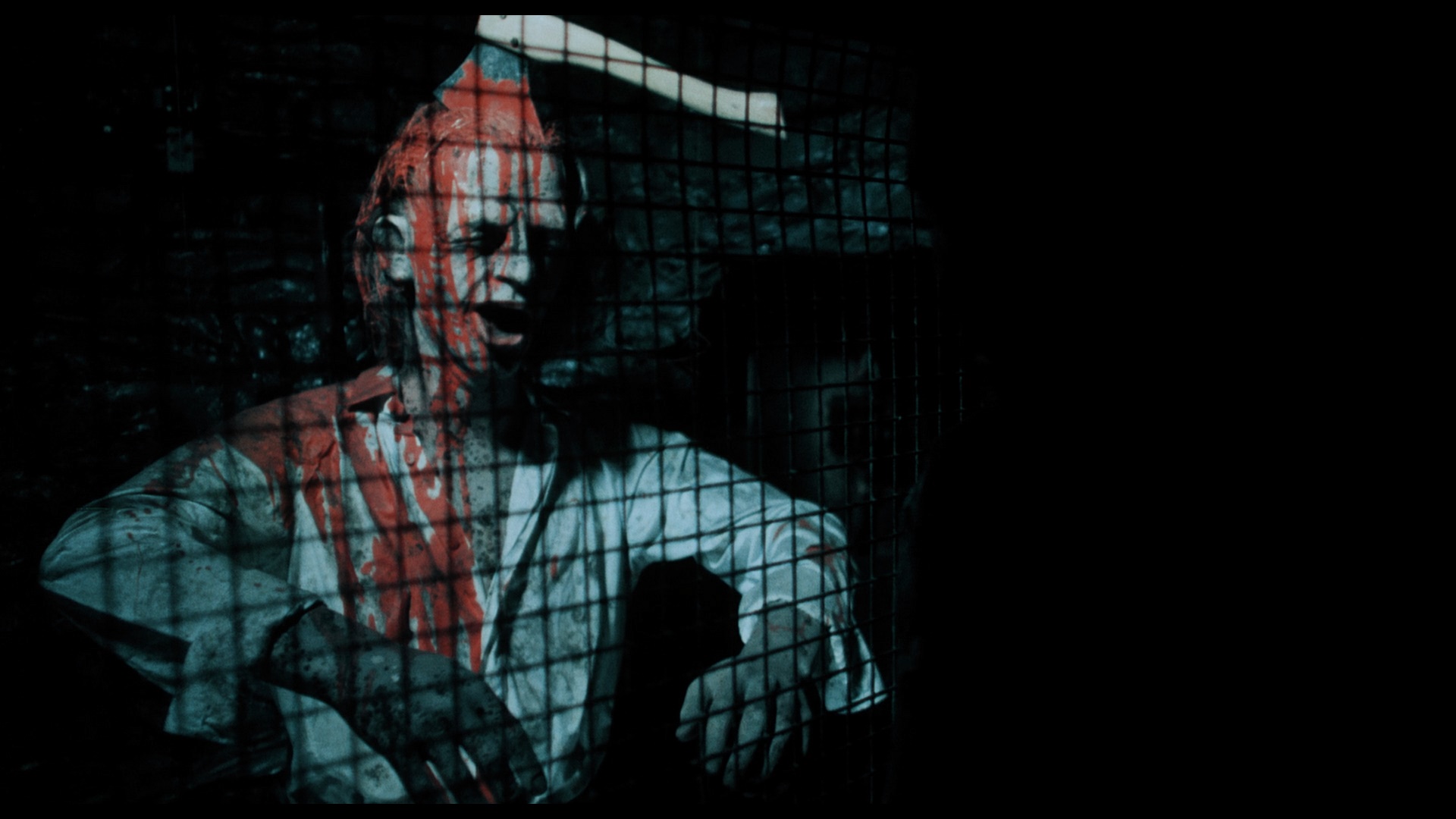
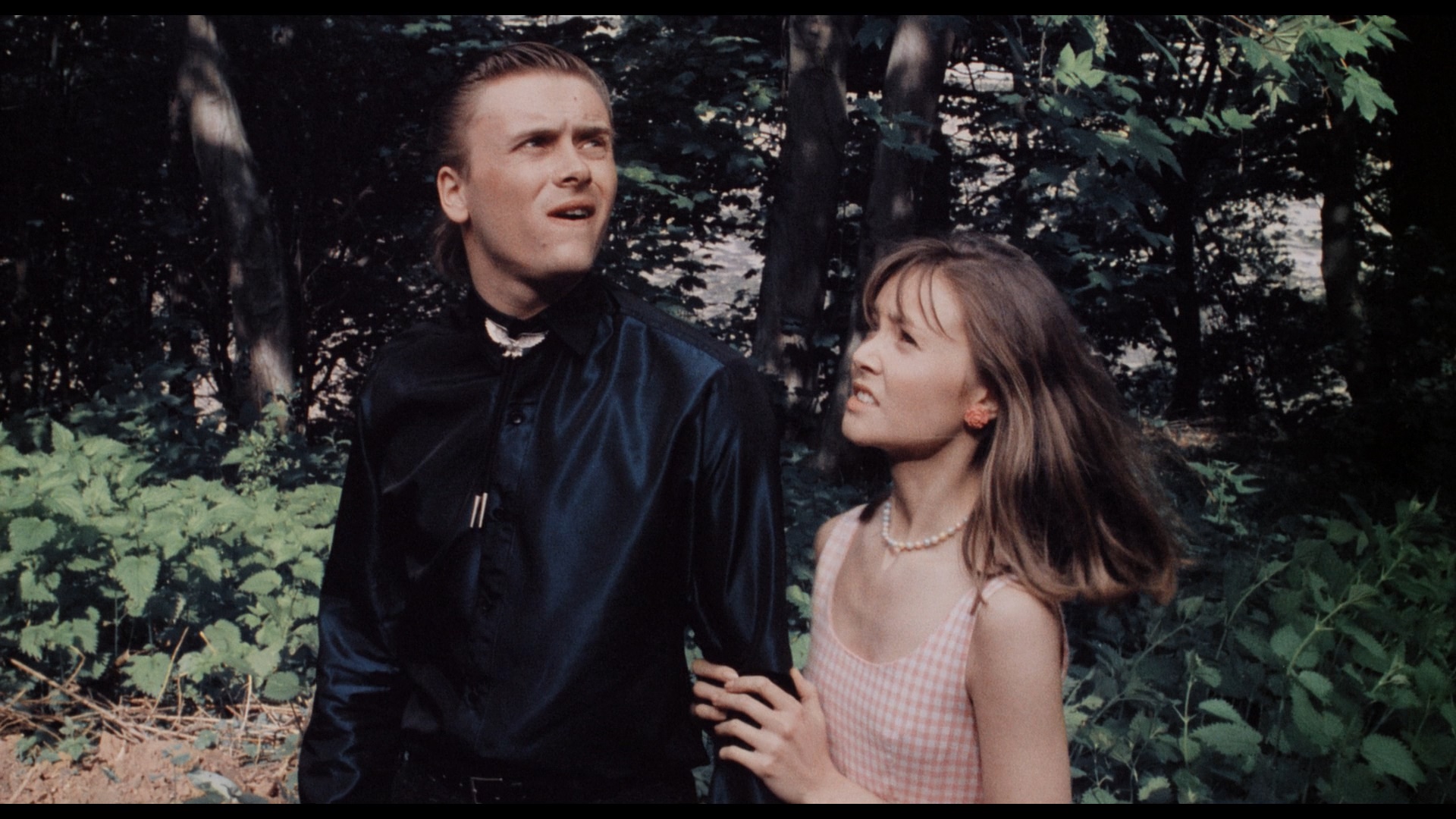
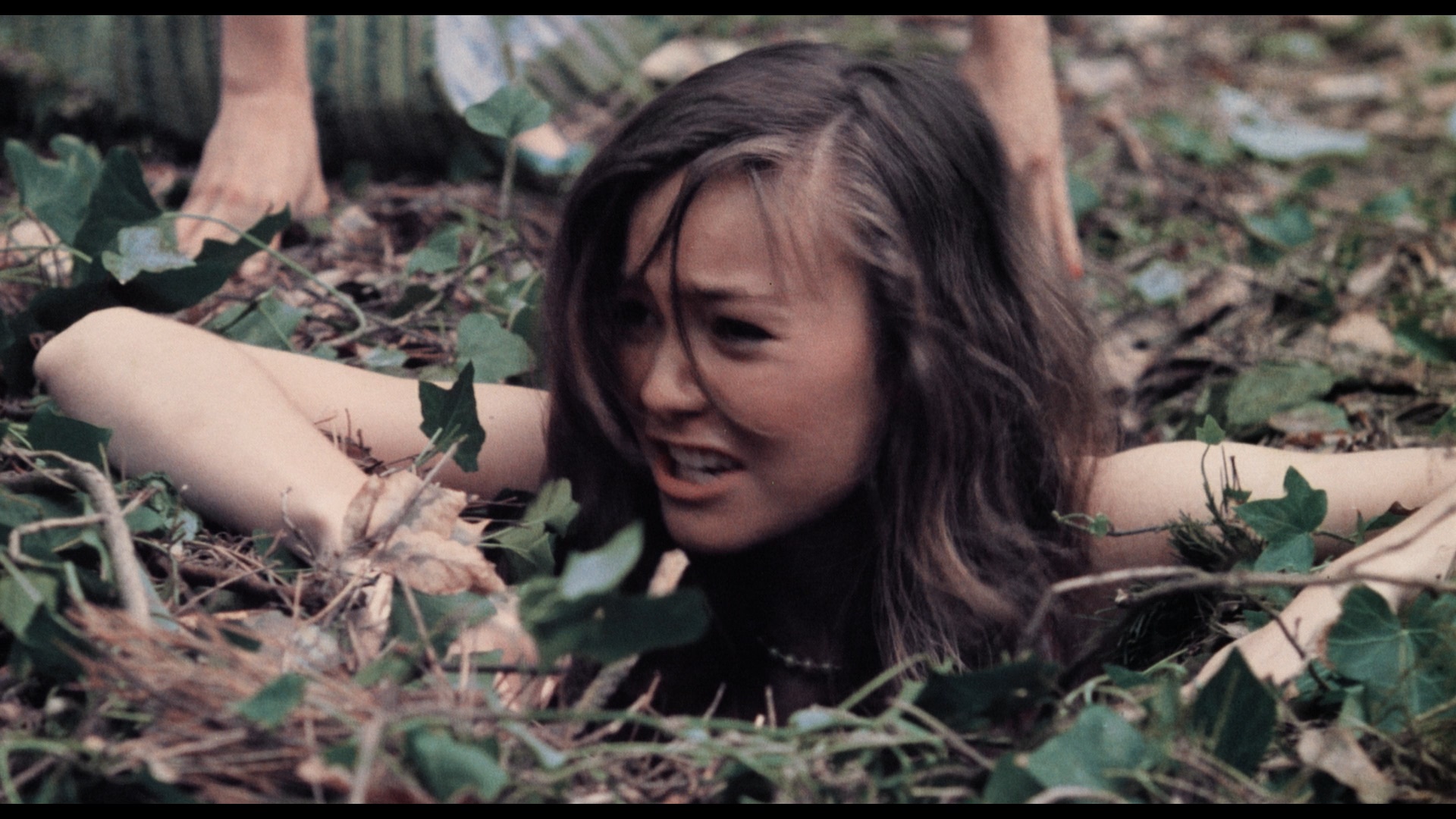
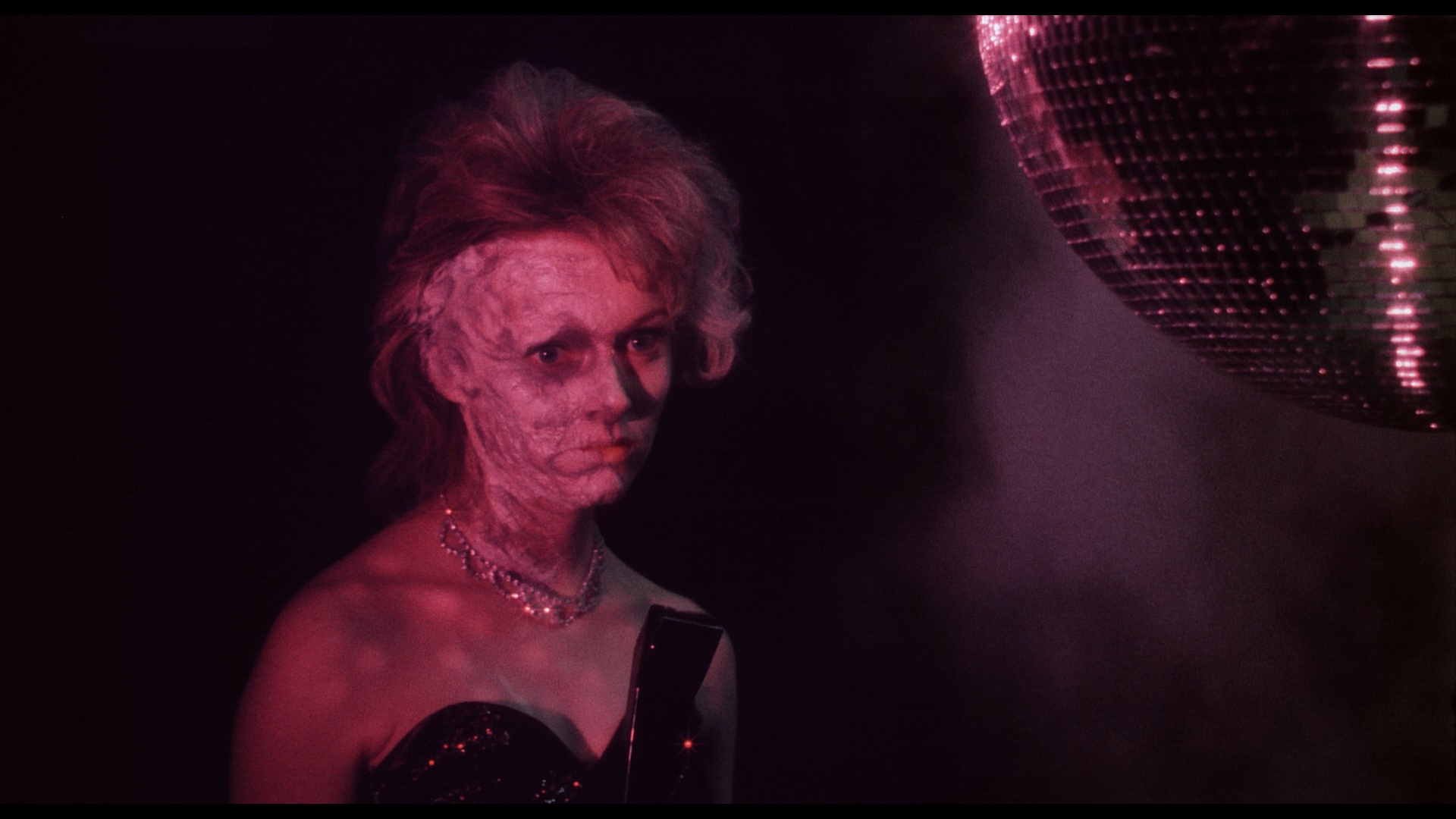
BLOODY NEW YEAR: Vinegar Syndrome (Blu-ray)
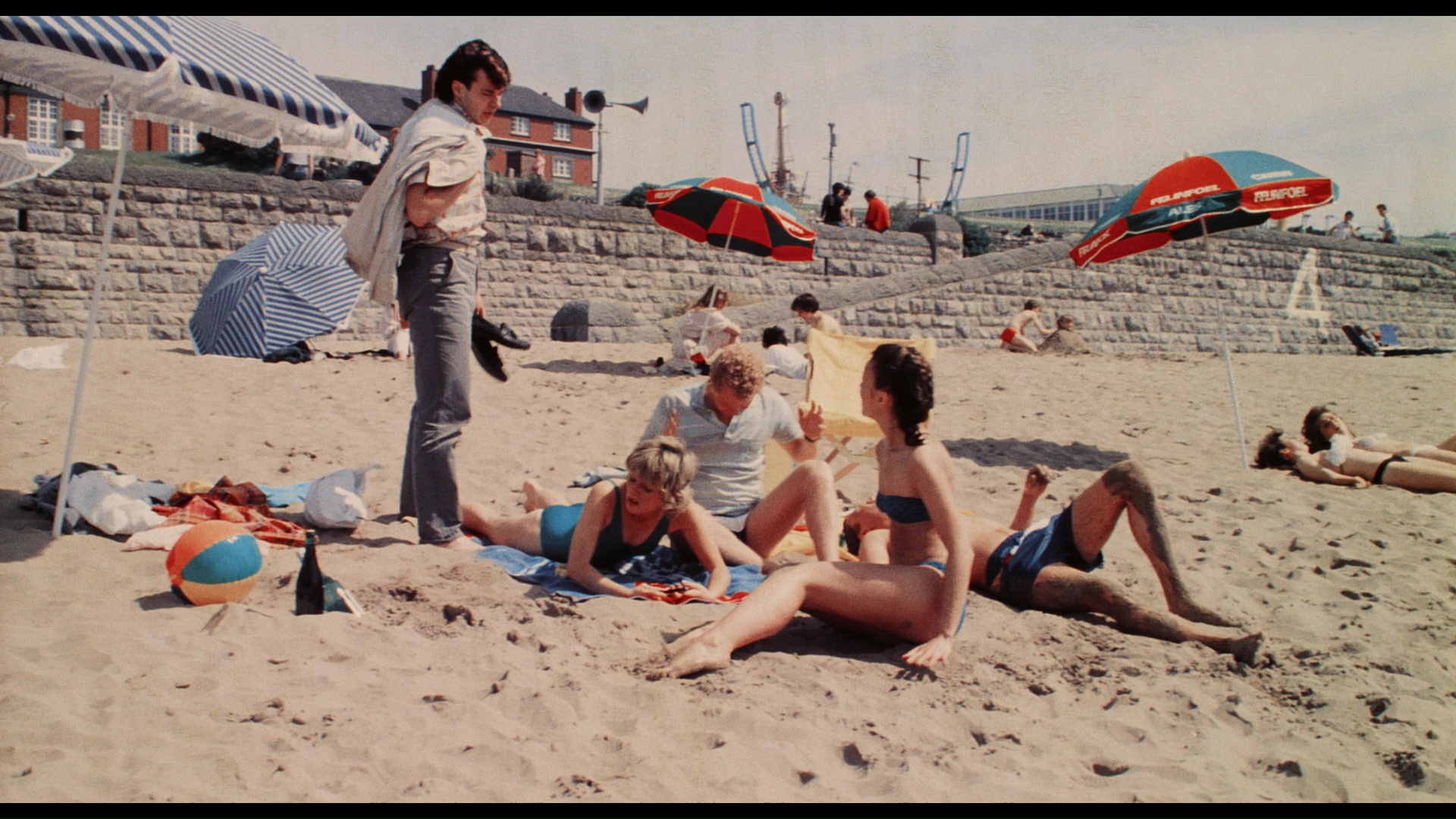

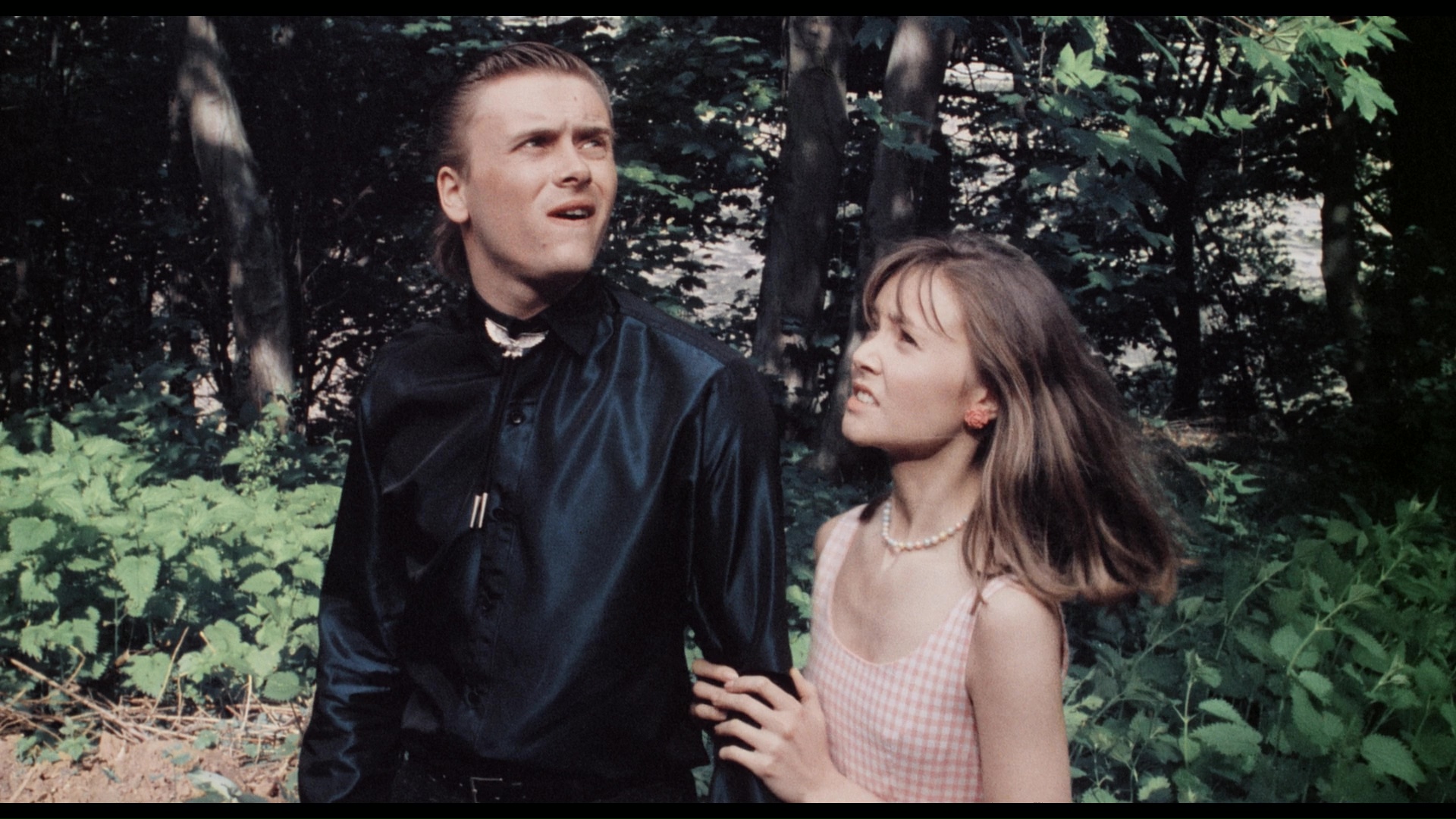
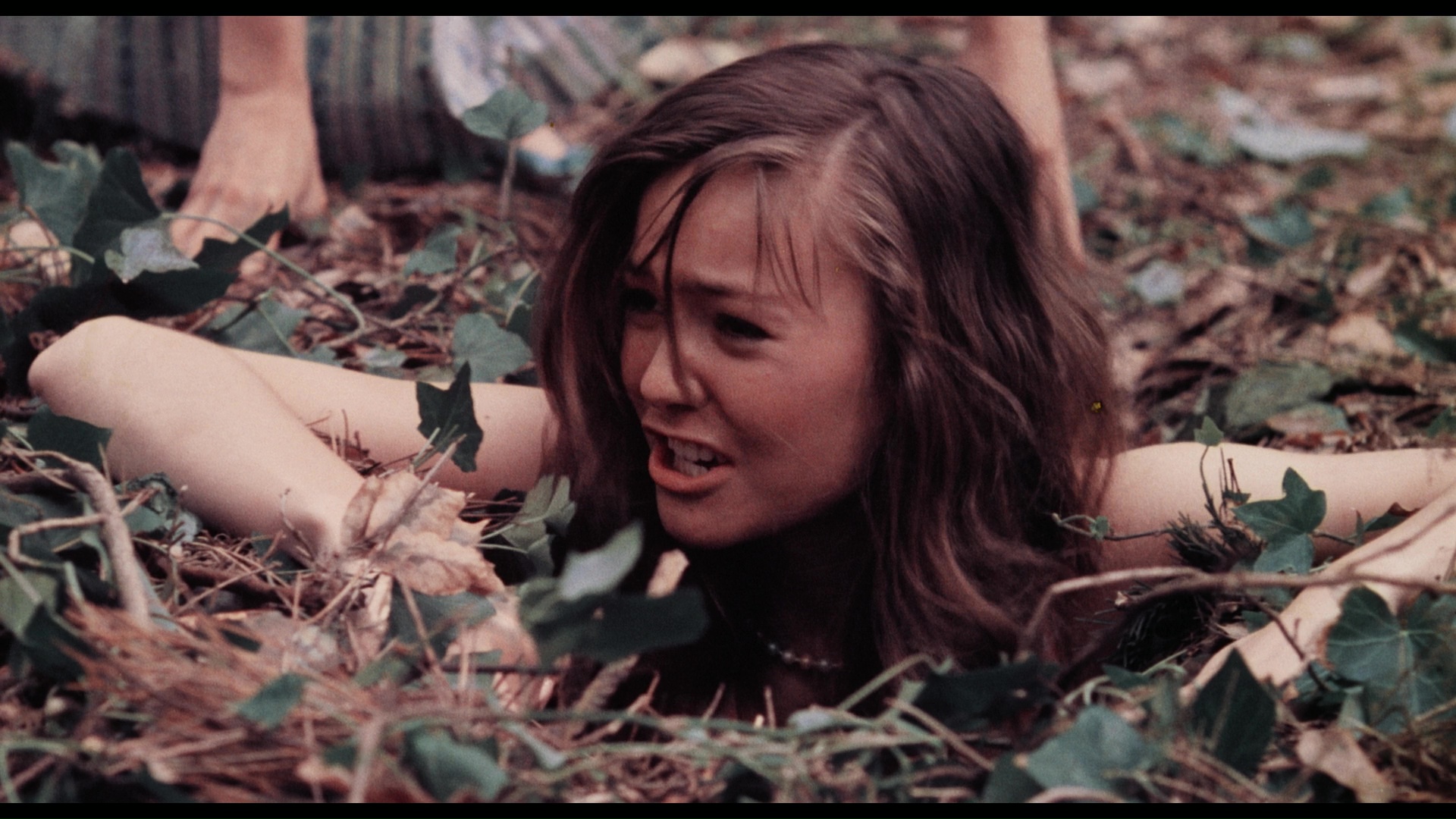
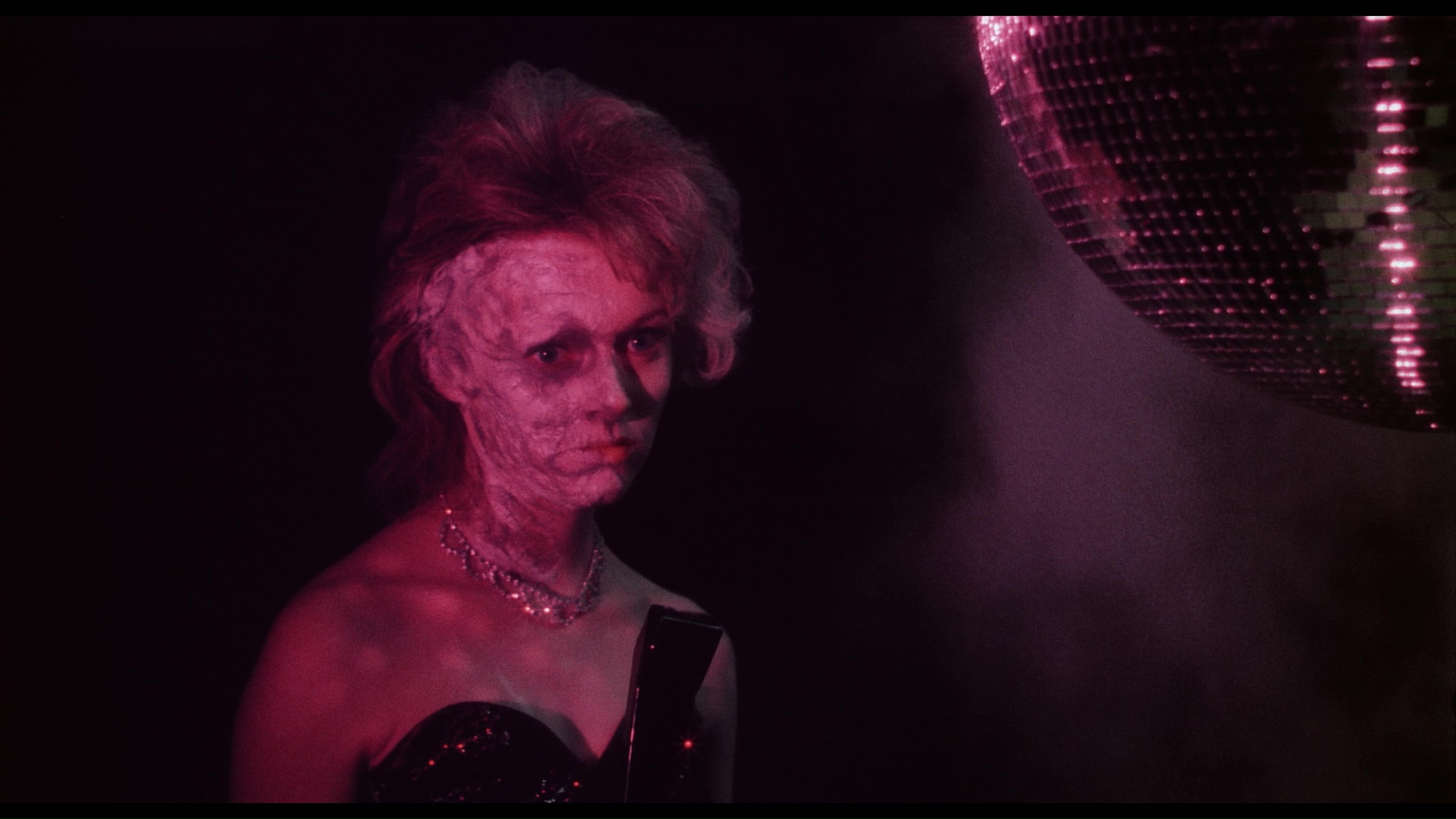
BLOODY NEW YEAR: Image Entertainment (DVD)
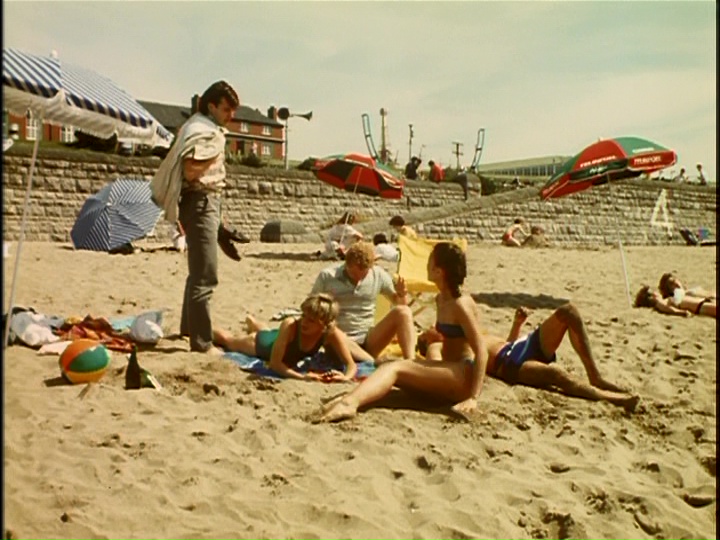
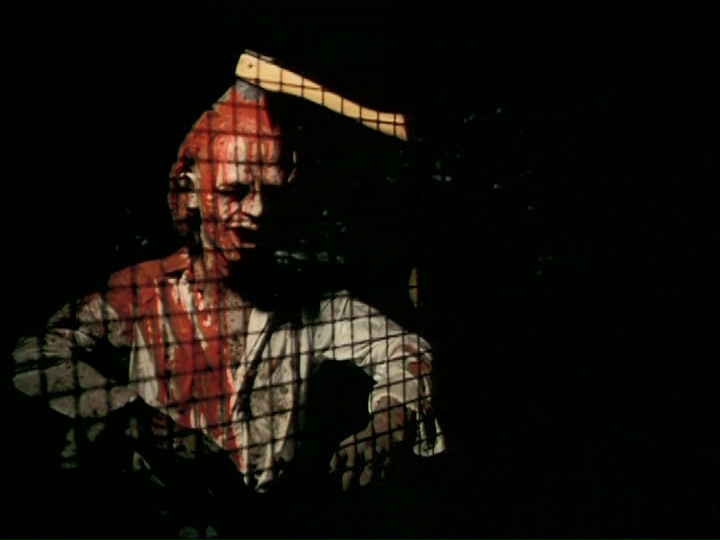

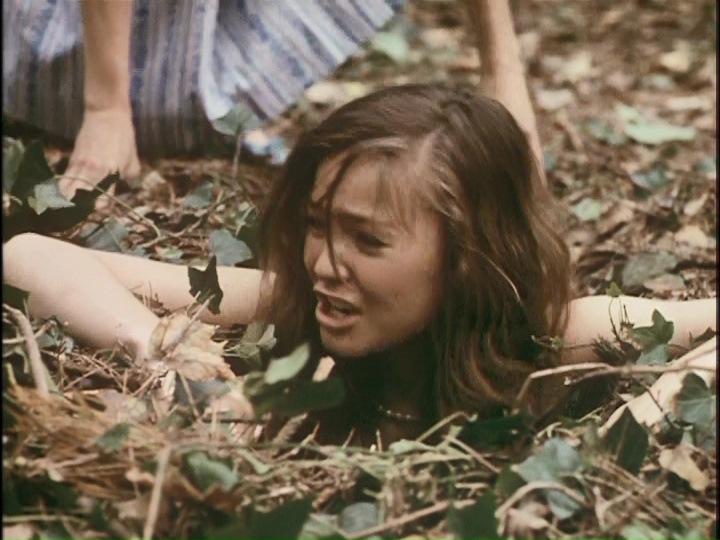
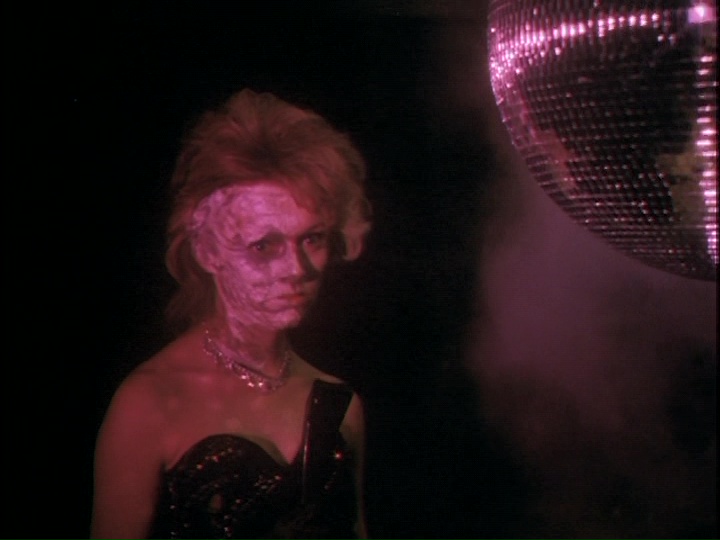
Updated review on July 10, 2019



 remembered today for his five horror films made during a 12-year period starting in the mid-'70s, British exploitation director Norman J. Warren originally cut his teeth on boundary-pushing sexy titles in the late '60s like Her Private Hell and Loving Feeling. His genre outings became reliable go-to titles on both the large and small screens, with numerous video reissues over the years escalating in scale to full-fledged mammoth editions in recent years including a quartet of stacked U.S. editions from Vinegar Syndrome throughout 2018 and 2019. Easily taking things to an even higher level is a 2019 U.K. limited edition box from Indicator, Bloody Terror: The Shocking Cinema of Norman J. Warren, 1976-1987, which compiles his five most infamous shockers with a bounty of extras both old and new.
remembered today for his five horror films made during a 12-year period starting in the mid-'70s, British exploitation director Norman J. Warren originally cut his teeth on boundary-pushing sexy titles in the late '60s like Her Private Hell and Loving Feeling. His genre outings became reliable go-to titles on both the large and small screens, with numerous video reissues over the years escalating in scale to full-fledged mammoth editions in recent years including a quartet of stacked U.S. editions from Vinegar Syndrome throughout 2018 and 2019. Easily taking things to an even higher level is a 2019 U.K. limited edition box from Indicator, Bloody Terror: The Shocking Cinema of Norman J. Warren, 1976-1987, which compiles his five most infamous shockers with a bounty of extras both old and new.  less pulling off the
less pulling off the  unlikely twist ending pretty well. Also noteworthy is the eerie score by John Scott, who worked on Warren's previous films and would go on to some mainstream recognition for Greystoke and The Final Countdown. The film is also significant in British horror history as a transitional title for screenwriter David McGillivray, who had penned an excellent quartet of films for cult director Pete Walker. His teaming with Warren is certainly a different beast, and their subsequent collaboration on Terror indicates an increasing desire to pull out all the stops at any cost -- which was starting to show with Schizo, but it really goes out of control here. Incidentally, he also appears in the flashbacks as a priest.
unlikely twist ending pretty well. Also noteworthy is the eerie score by John Scott, who worked on Warren's previous films and would go on to some mainstream recognition for Greystoke and The Final Countdown. The film is also significant in British horror history as a transitional title for screenwriter David McGillivray, who had penned an excellent quartet of films for cult director Pete Walker. His teaming with Warren is certainly a different beast, and their subsequent collaboration on Terror indicates an increasing desire to pull out all the stops at any cost -- which was starting to show with Schizo, but it really goes out of control here. Incidentally, he also appears in the flashbacks as a priest.  terrible, fake 5.1 mixes the company seemed so fond of at the time, basically shoving random dialogue and sound effects around to all the speakers with a lot of reverb thrown in.
terrible, fake 5.1 mixes the company seemed so fond of at the time, basically shoving random dialogue and sound effects around to all the speakers with a lot of reverb thrown in.
 Young, and distributor salesman Ken Dowling talking about getting Gough for the film, finding girls able to do the demanding ritual scenes, following this film hot on the heels from the same distributor as Thriller: A Cruel Picture, and
Young, and distributor salesman Ken Dowling talking about getting Gough for the film, finding girls able to do the demanding ritual scenes, following this film hot on the heels from the same distributor as Thriller: A Cruel Picture, and  how it was paired up in theaters with Curtis Harrington's Ruby. You also get three minutes of B&W deleted scenes from the workprint (two scenes, both inessential - a tea party and an alternate dream sequence), with no audio but filled in with some commentary and music tracks. The disc is rounded out with the earlier B&W Warren short film "Fragment" (10m4s), a loose and jazzy little piece previously available on the BFI release of Her Private Hell, along with the theatrical trailer and bonus trailers for Terror and Death Ship. The film is packaged as part of Katarina's Nightmare Theater, with hostess Katarina Leigh Waters proferring plenty of facts about the film against grisly backdrops of scene highlights. As usual these wraparounds are optional when you choose to play the film, but given the trivia value and amusing nature of the sexy satanic setting, there's no rational reason to pass them up.
how it was paired up in theaters with Curtis Harrington's Ruby. You also get three minutes of B&W deleted scenes from the workprint (two scenes, both inessential - a tea party and an alternate dream sequence), with no audio but filled in with some commentary and music tracks. The disc is rounded out with the earlier B&W Warren short film "Fragment" (10m4s), a loose and jazzy little piece previously available on the BFI release of Her Private Hell, along with the theatrical trailer and bonus trailers for Terror and Death Ship. The film is packaged as part of Katarina's Nightmare Theater, with hostess Katarina Leigh Waters proferring plenty of facts about the film against grisly backdrops of scene highlights. As usual these wraparounds are optional when you choose to play the film, but given the trivia value and amusing nature of the sexy satanic setting, there's no rational reason to pass them up. elements and ultimately turns into a bloodbath.
elements and ultimately turns into a bloodbath.  Outside a remote English village, an alien arrives at night and quickly dispatches a young couple in the vicinity. It takes on the form of the dead man and calls itself Anders (The Corruption of Chris Miller's Stokes) to infiltrate the home of Jessica (Felicity's Annen), a bisexual Canadian who's inherited the house, and her domineering lesbian lover, Josephine (Vampyres' Faulkner). Tension soon builds over Anders' refusal to eat normal food, his tendency to hunt animals on the property (which are blamed at first on a fox), and the disappearances of locals including Jessica's ex-boyfriend. Josephine becomes increasingly tense over the new arrival's influence over Jessica, which might threaten far more than the relationship between the two women.
Outside a remote English village, an alien arrives at night and quickly dispatches a young couple in the vicinity. It takes on the form of the dead man and calls itself Anders (The Corruption of Chris Miller's Stokes) to infiltrate the home of Jessica (Felicity's Annen), a bisexual Canadian who's inherited the house, and her domineering lesbian lover, Josephine (Vampyres' Faulkner). Tension soon builds over Anders' refusal to eat normal food, his tendency to hunt animals on the property (which are blamed at first on a fox), and the disappearances of locals including Jessica's ex-boyfriend. Josephine becomes increasingly tense over the new arrival's influence over Jessica, which might threaten far more than the relationship between the two women.  also be seen in one of the better UK '70s sex comedies, The Ups and Downs of a Handyman, and Jacques Demy's Lady Oscar.) It's not a film for all tastes, but the radical break from standard genre approaches here still makes it
also be seen in one of the better UK '70s sex comedies, The Ups and Downs of a Handyman, and Jacques Demy's Lady Oscar.) It's not a film for all tastes, but the radical break from standard genre approaches here still makes it  a fascinating film as well as an unexpected variation on D.H. Lawrence's controversial novella The Fox, which had been filmed a few years earlier with Sandy Dennis and Anne Heywood in roles that will seem oddly familiar after watching this film.
a fascinating film as well as an unexpected variation on D.H. Lawrence's controversial novella The Fox, which had been filmed a few years earlier with Sandy Dennis and Anne Heywood in roles that will seem oddly familiar after watching this film.  All home video versions to this point were full frame and visibly cropped, losing a substantial amount of image info on the
All home video versions to this point were full frame and visibly cropped, losing a substantial amount of image info on the  sides.
sides.  rewritten as it went along but turned out as a memorably perverse and atmospheric piece of work in the end.
rewritten as it went along but turned out as a memorably perverse and atmospheric piece of work in the end.
 out of control witch romp Terror may
out of control witch romp Terror may  hold the record for the highest number of video reissues for a British horror film, automatically making it one of the most widely seen films directed by Norman J. Warren (Satan's Slave). Essentially a string of barely connected horror scenes, it's also notable for being written by frequent Pete Walker scribe David McGillivray, who went through a more difficult process than usual bringing life to a project that also went through such titles as Blood Bath and Damnation on the way to completion.
hold the record for the highest number of video reissues for a British horror film, automatically making it one of the most widely seen films directed by Norman J. Warren (Satan's Slave). Essentially a string of barely connected horror scenes, it's also notable for being written by frequent Pete Walker scribe David McGillivray, who went through a more difficult process than usual bringing life to a project that also went through such titles as Blood Bath and Damnation on the way to completion. 

 enthusiasm makes for infectious viewing. The real extra sauce lies with Terror, which has the Anchor Bay UK extras ported over, dropping only a very
enthusiasm makes for infectious viewing. The real extra sauce lies with Terror, which has the Anchor Bay UK extras ported over, dropping only a very  lively Warren/McGillivray commentary track which will make completists hang onto that British cardboard coffin edition. The biggest bonus is easily "Bloody Good Fun" (41m8s) (or at least that's what it was called on the U.K. box, though the title card and U.S. packaging say otherwise), which features Warren, McGillivray, producer Les Young, exec producer Moira Young, and several of the cast members (including The House that Screamed's Maude, Courage, Aubrey, and Elaine-Ives Cameron) talking about the making of the film, from its undisguised Argento borrowings to the zero-budget effects work. You also get a couple of snippets of deleted footage (one of them another bit from the recurring sex comedy), the very similar American and French theatrical trailers, and bonus previews for more titles like Double Exposure, The Devil within Her, and Nothing but the Night.
lively Warren/McGillivray commentary track which will make completists hang onto that British cardboard coffin edition. The biggest bonus is easily "Bloody Good Fun" (41m8s) (or at least that's what it was called on the U.K. box, though the title card and U.S. packaging say otherwise), which features Warren, McGillivray, producer Les Young, exec producer Moira Young, and several of the cast members (including The House that Screamed's Maude, Courage, Aubrey, and Elaine-Ives Cameron) talking about the making of the film, from its undisguised Argento borrowings to the zero-budget effects work. You also get a couple of snippets of deleted footage (one of them another bit from the recurring sex comedy), the very similar American and French theatrical trailers, and bonus previews for more titles like Double Exposure, The Devil within Her, and Nothing but the Night.  involvement (courtesy of his diary from the era) and reveals why he gave up writing horror films
involvement (courtesy of his diary from the era) and reveals why he gave up writing horror films  after this one. The actors are represented this time with separate interviews with Courage (5m3s), Walsh (8m49s), Maude (8m33s), and Peter Craze (10m6s), all of whom remark on the unusually happy and harmonious shoot and the fact that crew members seemed to be having fun throughout the process. Walsh is definitely the funniest as she giddily talks about her knack for playing Cockney characters at the time and letting down some voyeurs on the set when she announced she'd be doing her bathtub scene in her underwear. The film's deleted footage (4m46s) is presented here in HD for a better appraisal of those lost Brenda minutes, and the packaging features the usual reversible design options. A limited slipcase edition was also announced but sold out almost immediately.
after this one. The actors are represented this time with separate interviews with Courage (5m3s), Walsh (8m49s), Maude (8m33s), and Peter Craze (10m6s), all of whom remark on the unusually happy and harmonious shoot and the fact that crew members seemed to be having fun throughout the process. Walsh is definitely the funniest as she giddily talks about her knack for playing Cockney characters at the time and letting down some voyeurs on the set when she announced she'd be doing her bathtub scene in her underwear. The film's deleted footage (4m46s) is presented here in HD for a better appraisal of those lost Brenda minutes, and the packaging features the usual reversible design options. A limited slipcase edition was also announced but sold out almost immediately.  all the Alien imitations churned out in the early '80s, Warren's contribution, Inseminoid, gained some of the most notoriety thanks to its squishy
all the Alien imitations churned out in the early '80s, Warren's contribution, Inseminoid, gained some of the most notoriety thanks to its squishy  gore that had to be drastically trimmed for its U.S. release (primarily to drive-ins, under the title Horror Planet). Whatever shock value the film may have possessed has dissipated considerably over the years, though anyone who chuckled through this back in their formative adolescence will find plenty of low-rent enjoyment here thanks to a dash of queasy Rosemary's Baby-inspired pregnancy trauma for good measure.
gore that had to be drastically trimmed for its U.S. release (primarily to drive-ins, under the title Horror Planet). Whatever shock value the film may have possessed has dissipated considerably over the years, though anyone who chuckled through this back in their formative adolescence will find plenty of low-rent enjoyment here thanks to a dash of queasy Rosemary's Baby-inspired pregnancy trauma for good measure. dialogue scenes make this the least distinctive of his five horror efforts. The notorious gore scenes are little more than splattery paint jobs, while the
dialogue scenes make this the least distinctive of his five horror efforts. The notorious gore scenes are little more than splattery paint jobs, while the  actual alien impregnation sequence, surreal and wildly tasteless though it may be, pales in comparison to the slimy beastie breeding in the similar and far more ambitious Galaxy of Terror. The bland underground sets (foreshadowing George Romero's Day of the Dead) fail to ever convince the eyes that any of this is actually happening in space; in fact, the space angle has so little to do with the story that it could have been removed without much damage being done at all. (An alien infestation within a group of miners would run about the same course.) On the other hand, John Scott's aggressive synthesizer score has its charms, and that slumming cast is really something to behold.
actual alien impregnation sequence, surreal and wildly tasteless though it may be, pales in comparison to the slimy beastie breeding in the similar and far more ambitious Galaxy of Terror. The bland underground sets (foreshadowing George Romero's Day of the Dead) fail to ever convince the eyes that any of this is actually happening in space; in fact, the space angle has so little to do with the story that it could have been removed without much damage being done at all. (An alien infestation within a group of miners would run about the same course.) On the other hand, John Scott's aggressive synthesizer score has its charms, and that slumming cast is really something to behold.  Baxt and Barry Houghton recalling how the film evolved from an early effects-driven project called Doom Seed and turned into a lengthy process
Baxt and Barry Houghton recalling how the film evolved from an early effects-driven project called Doom Seed and turned into a lengthy process  involving makeup effects and lots of shooting in chilly caves.
involving makeup effects and lots of shooting in chilly caves.  Read on and find out...
Read on and find out... 
 grim Warren ending.
grim Warren ending.  However, the best thing about the film might be the soundtrack featuring a slew of songs by Cry No More (also seen in the film itself) including the wildly infectious "Recipe for Romance" over the opening sequence (in a retro-style version far superior to the one on their self-titled album). What's not to love?
However, the best thing about the film might be the soundtrack featuring a slew of songs by Cry No More (also seen in the film itself) including the wildly infectious "Recipe for Romance" over the opening sequence (in a retro-style version far superior to the one on their self-titled album). What's not to love? dust head), the arduous physical demands on the actors, and the various crazy ideas he and his co-writers felt free to incorporate into this crazy, very entertaining party movie. He's expressed
dust head), the arduous physical demands on the actors, and the various crazy ideas he and his co-writers felt free to incorporate into this crazy, very entertaining party movie. He's expressed  disappointment with the end result of this film elsewhere (including the interviews elsewhere on the Indicator box), but it's nice to hear him in pretty good spirits about it here.
disappointment with the end result of this film elsewhere (including the interviews elsewhere on the Indicator box), but it's nice to hear him in pretty good spirits about it here. 























































